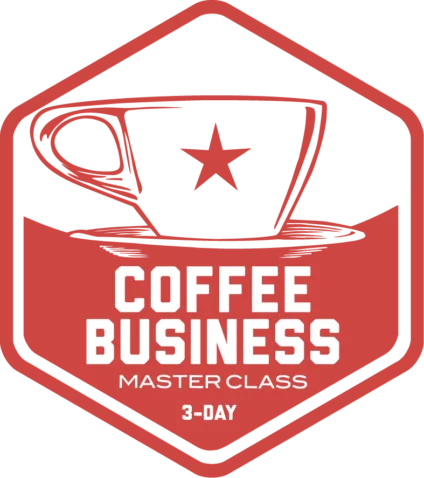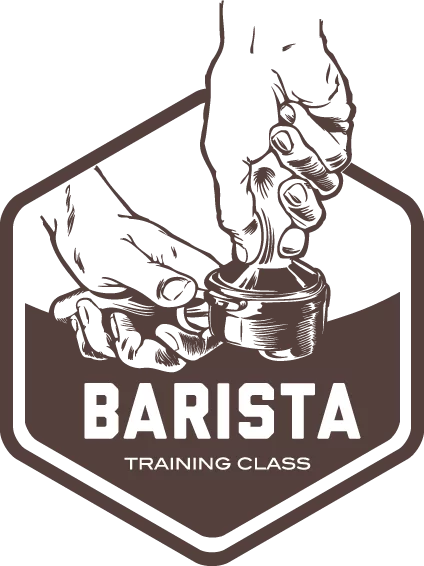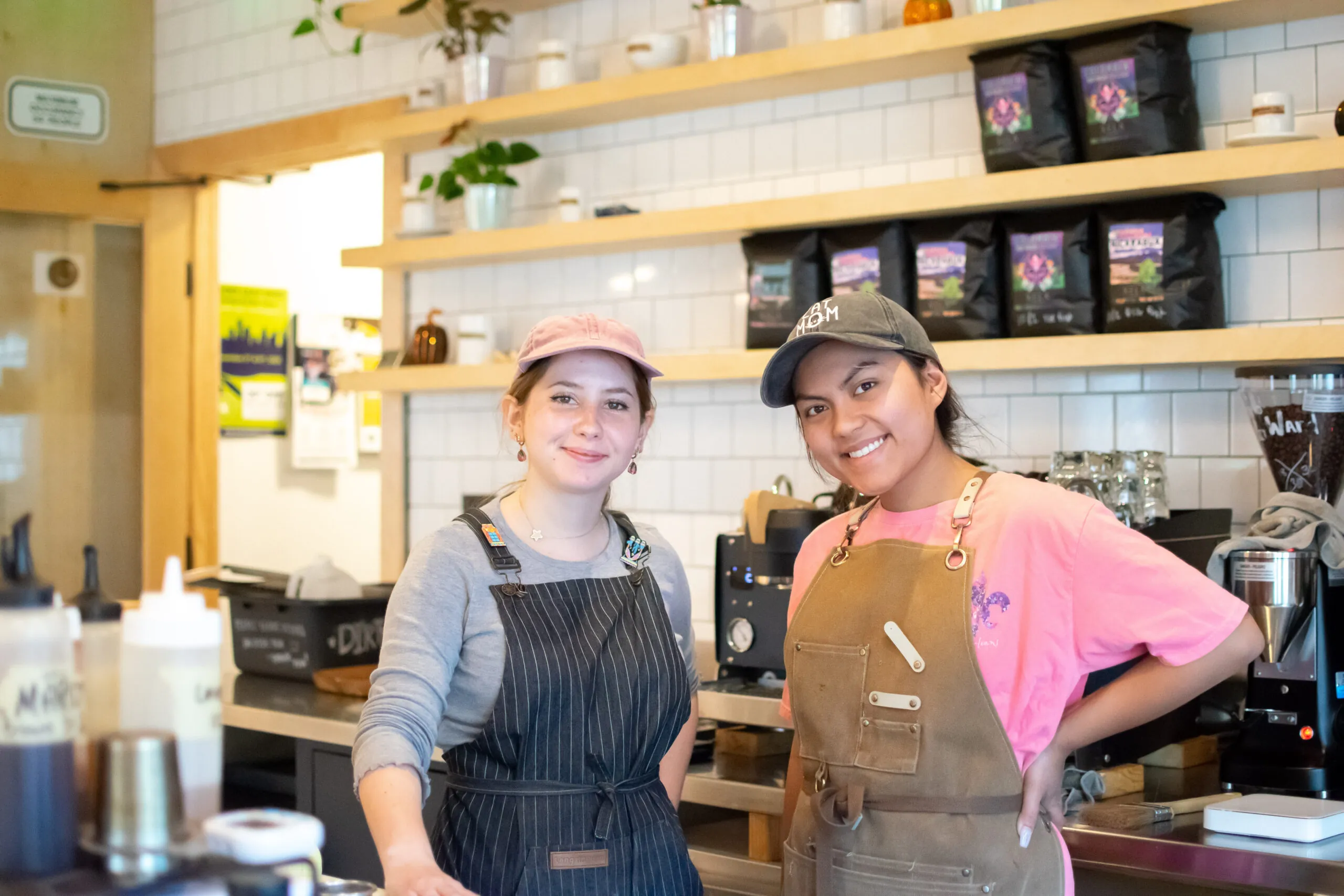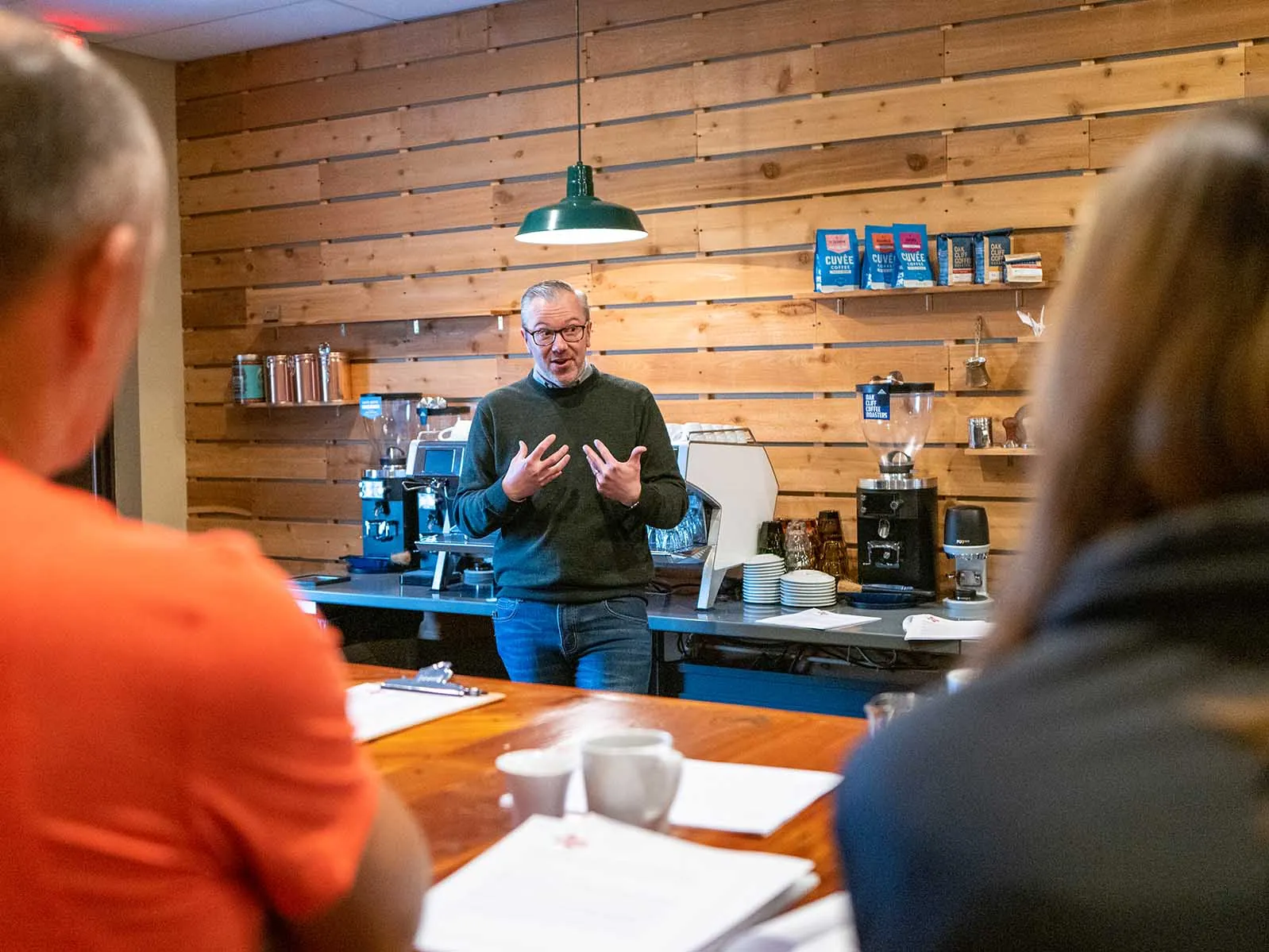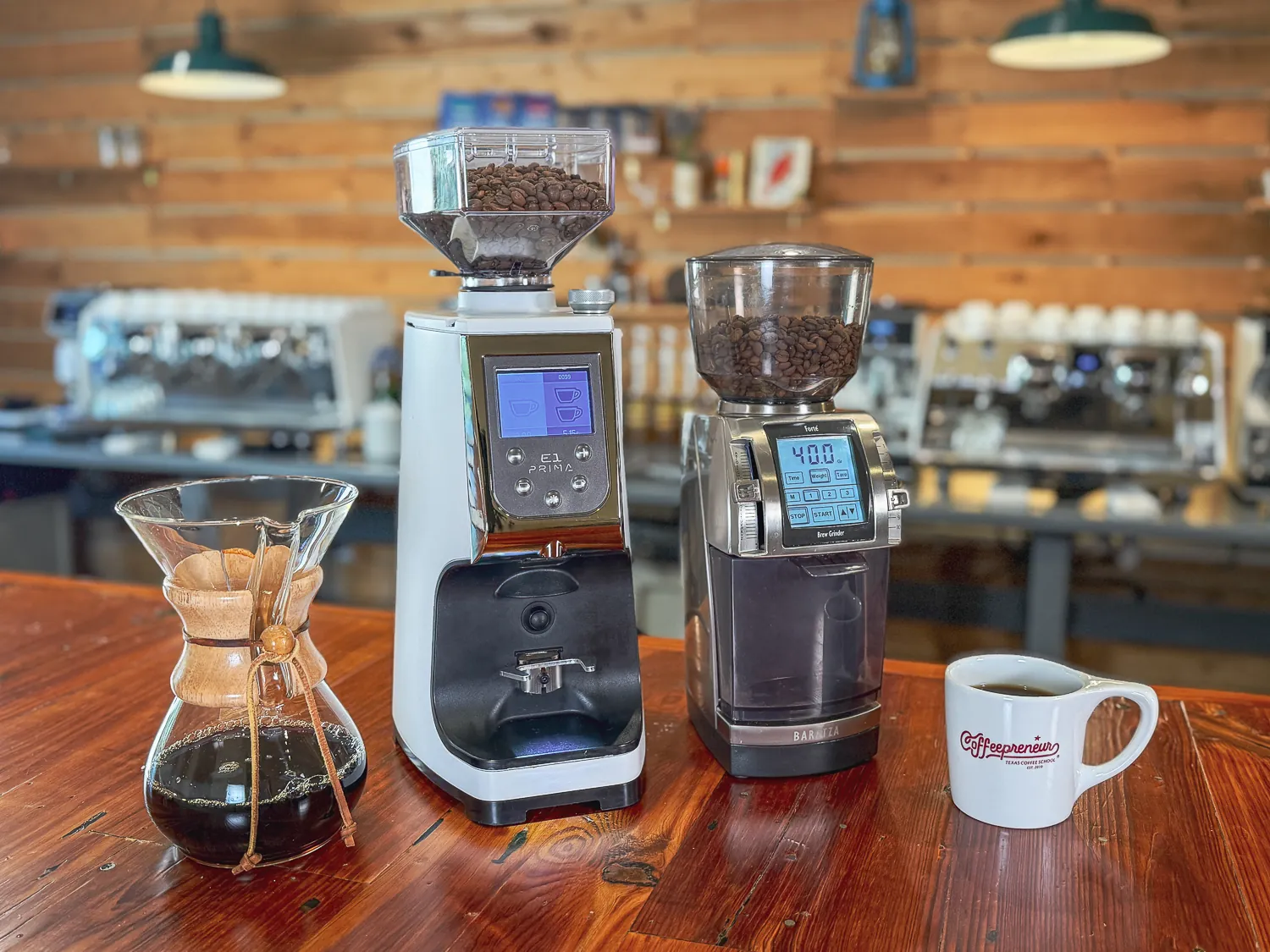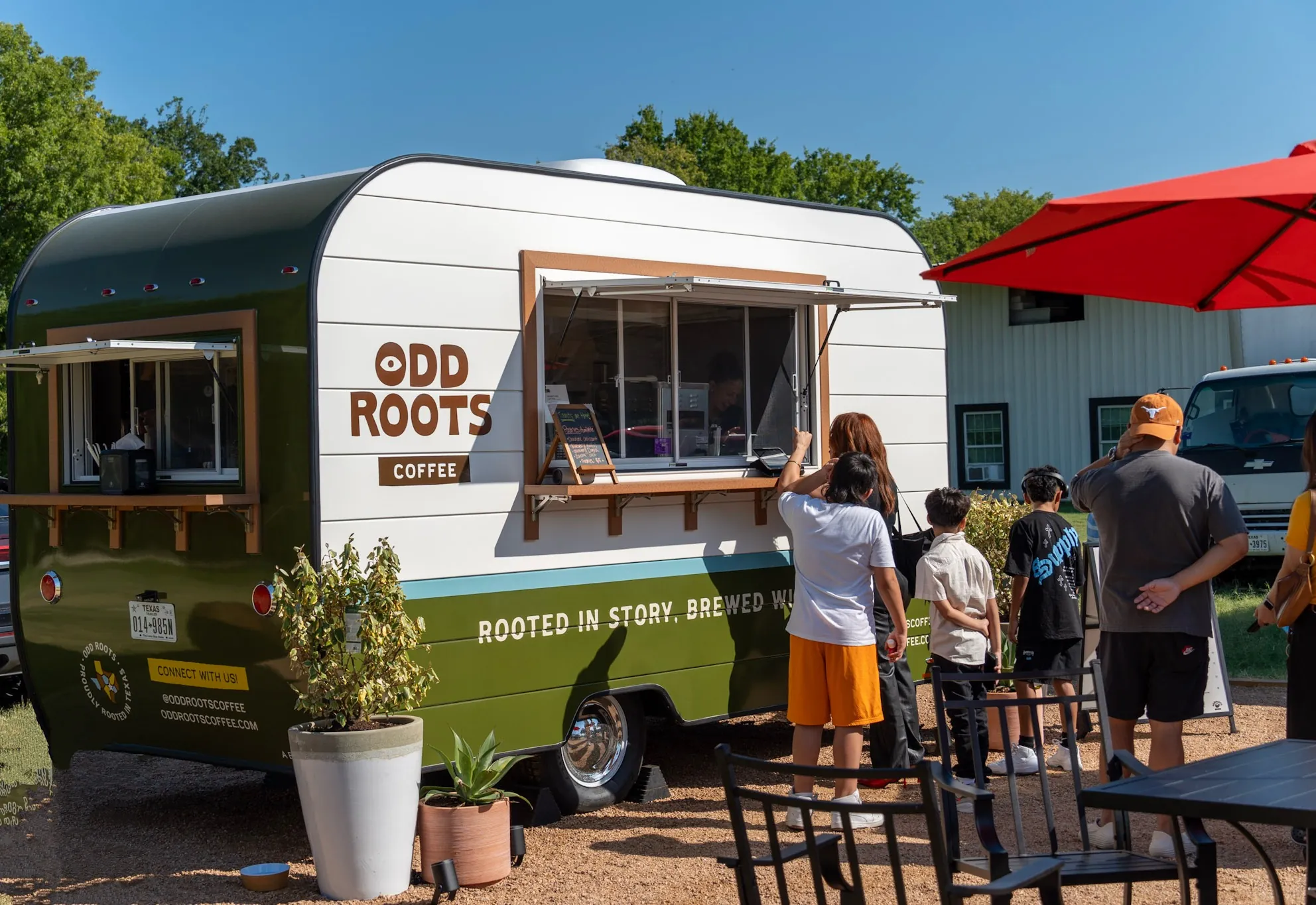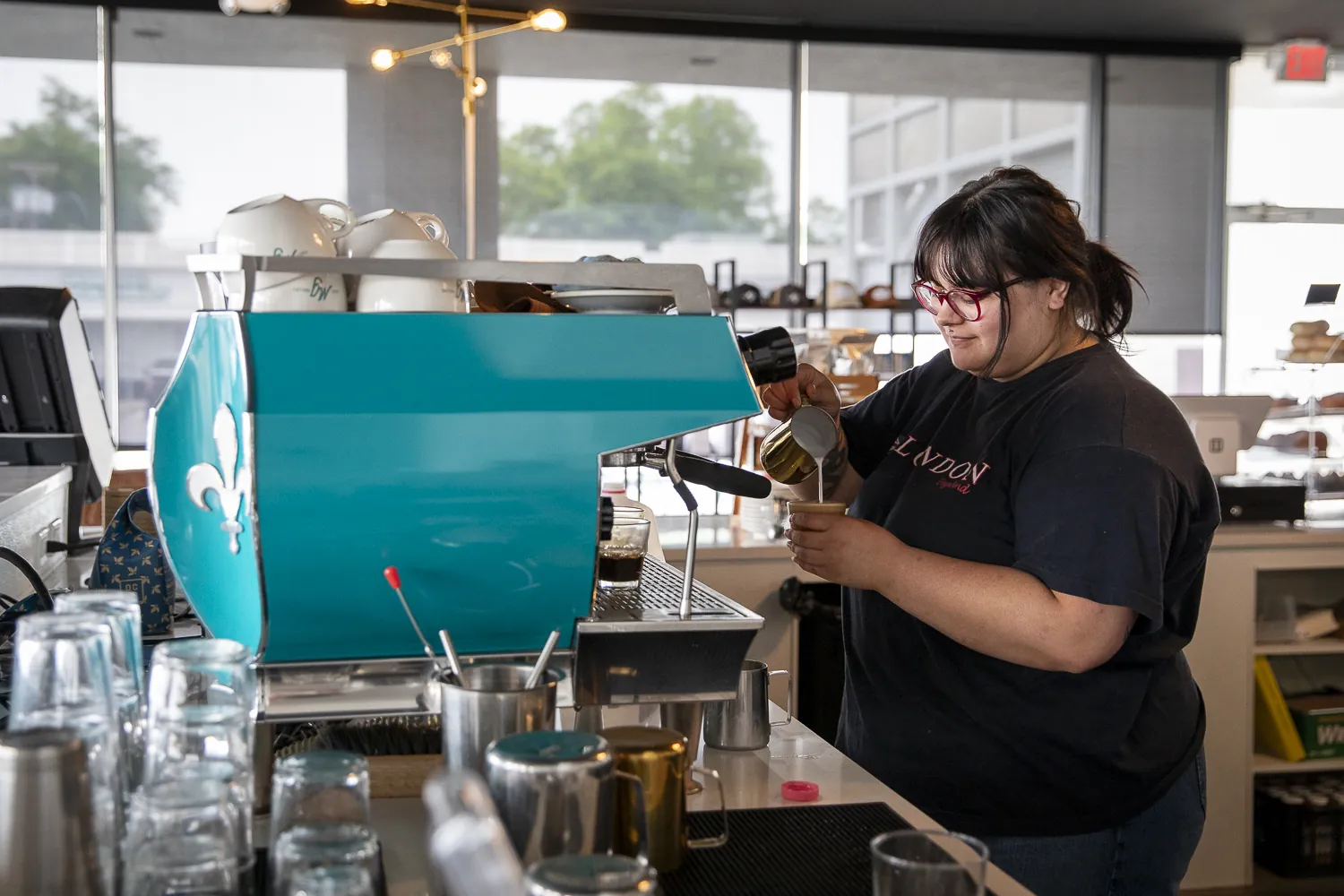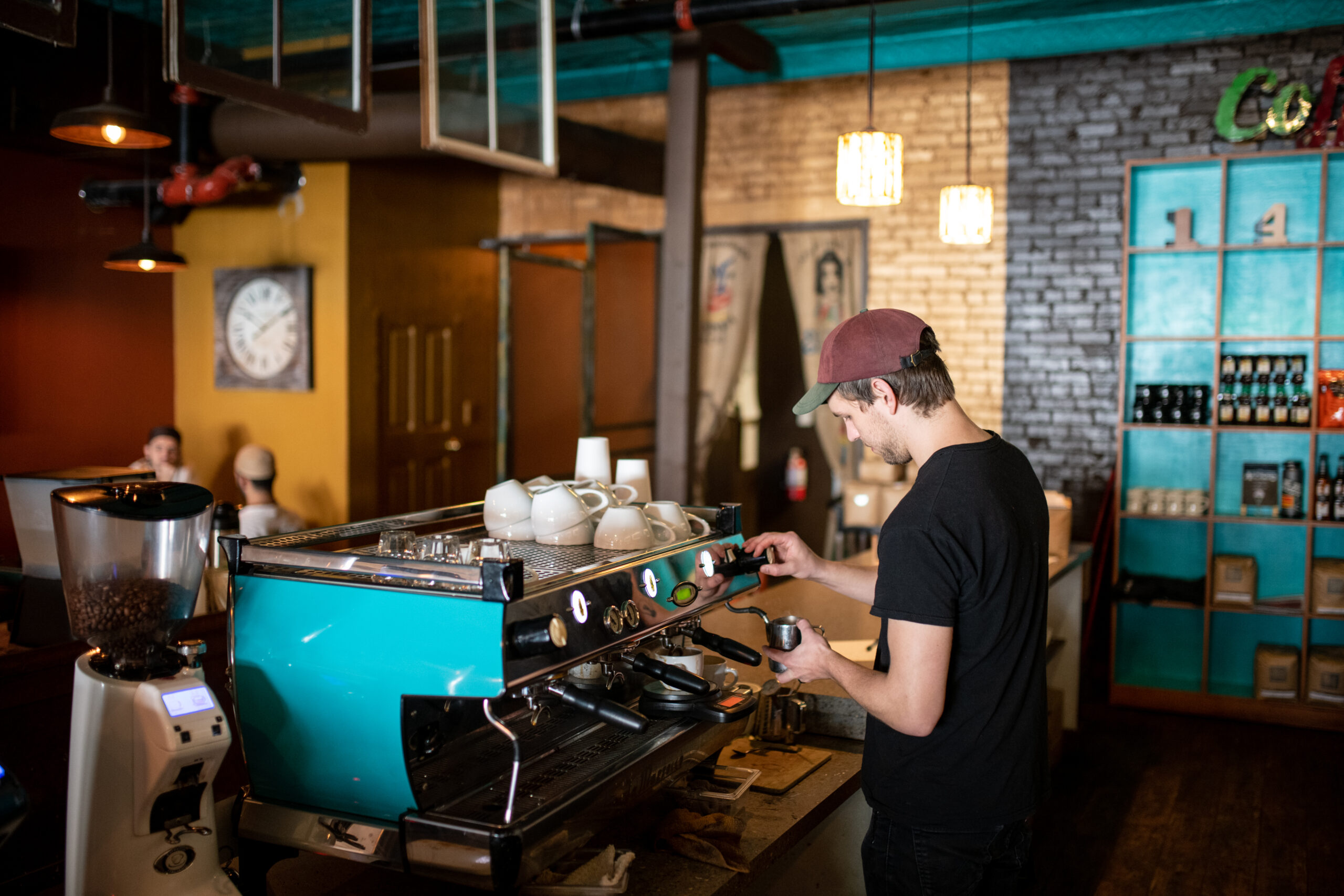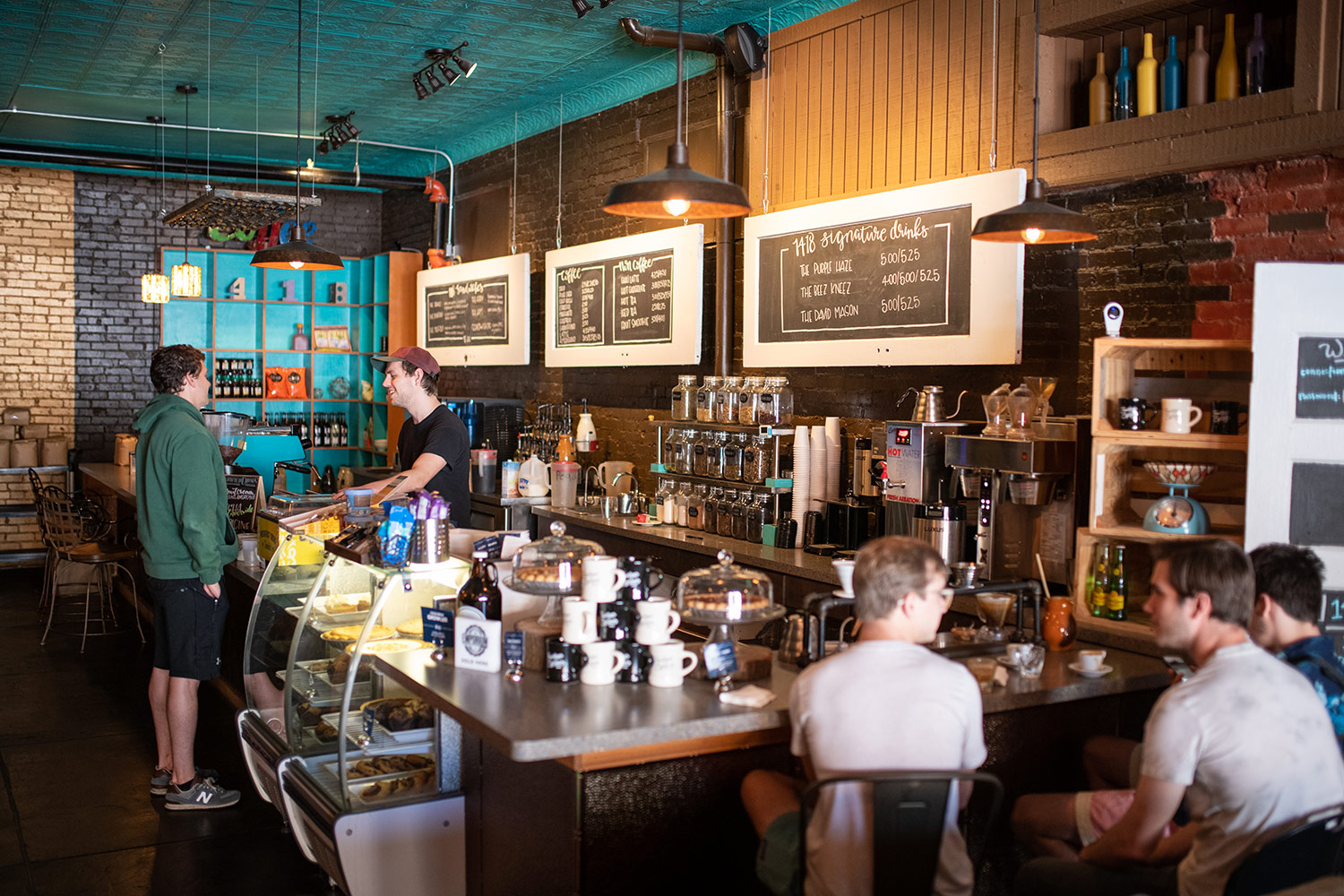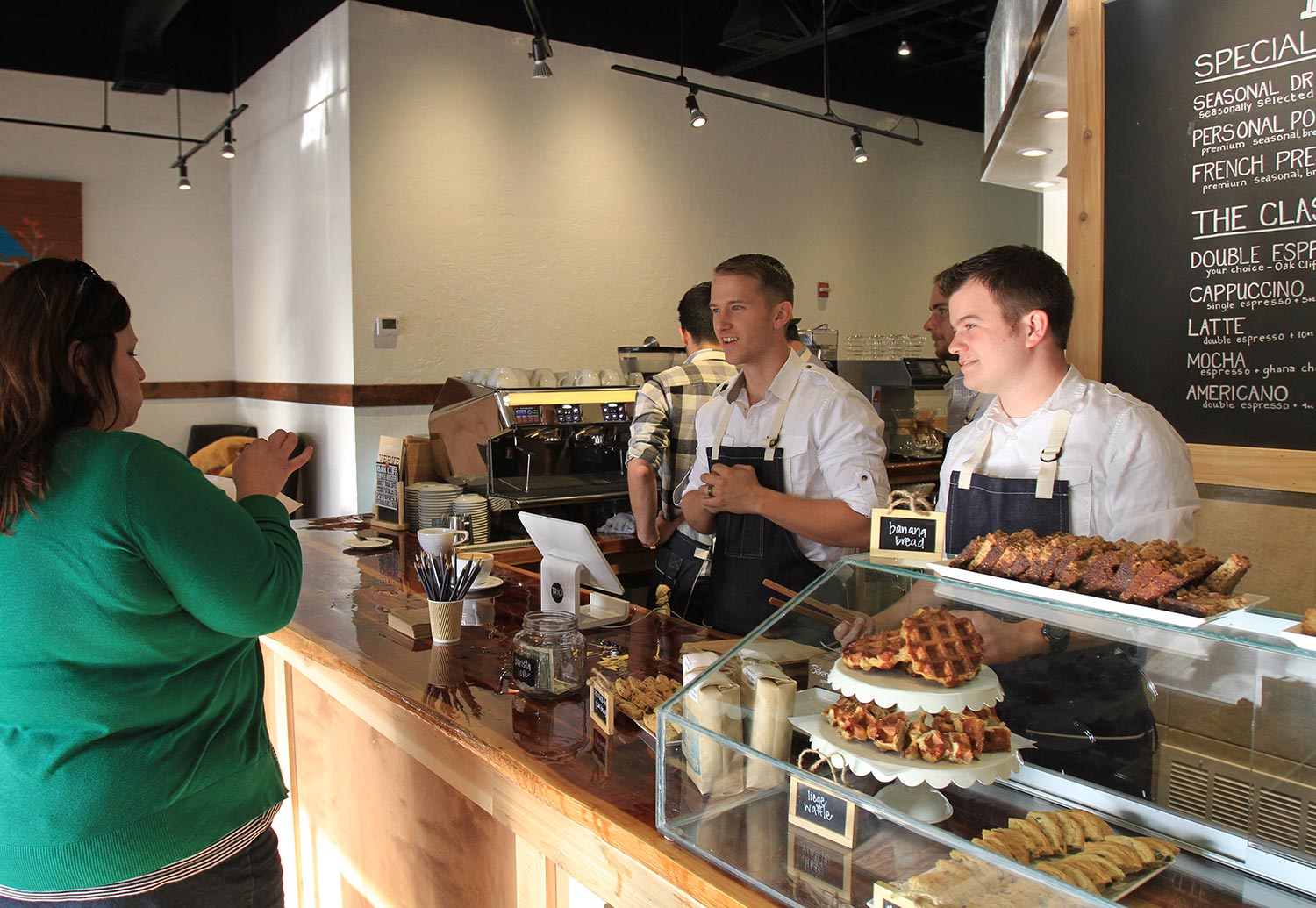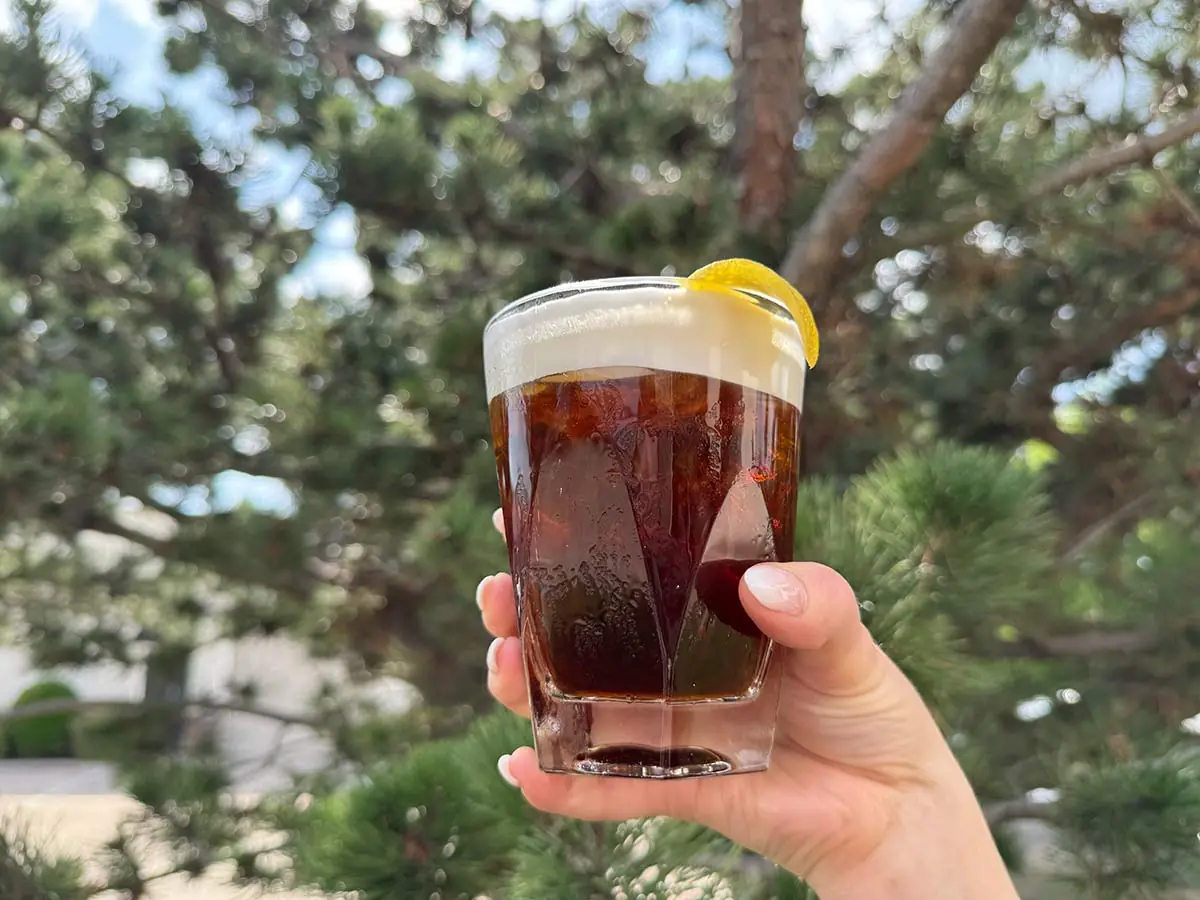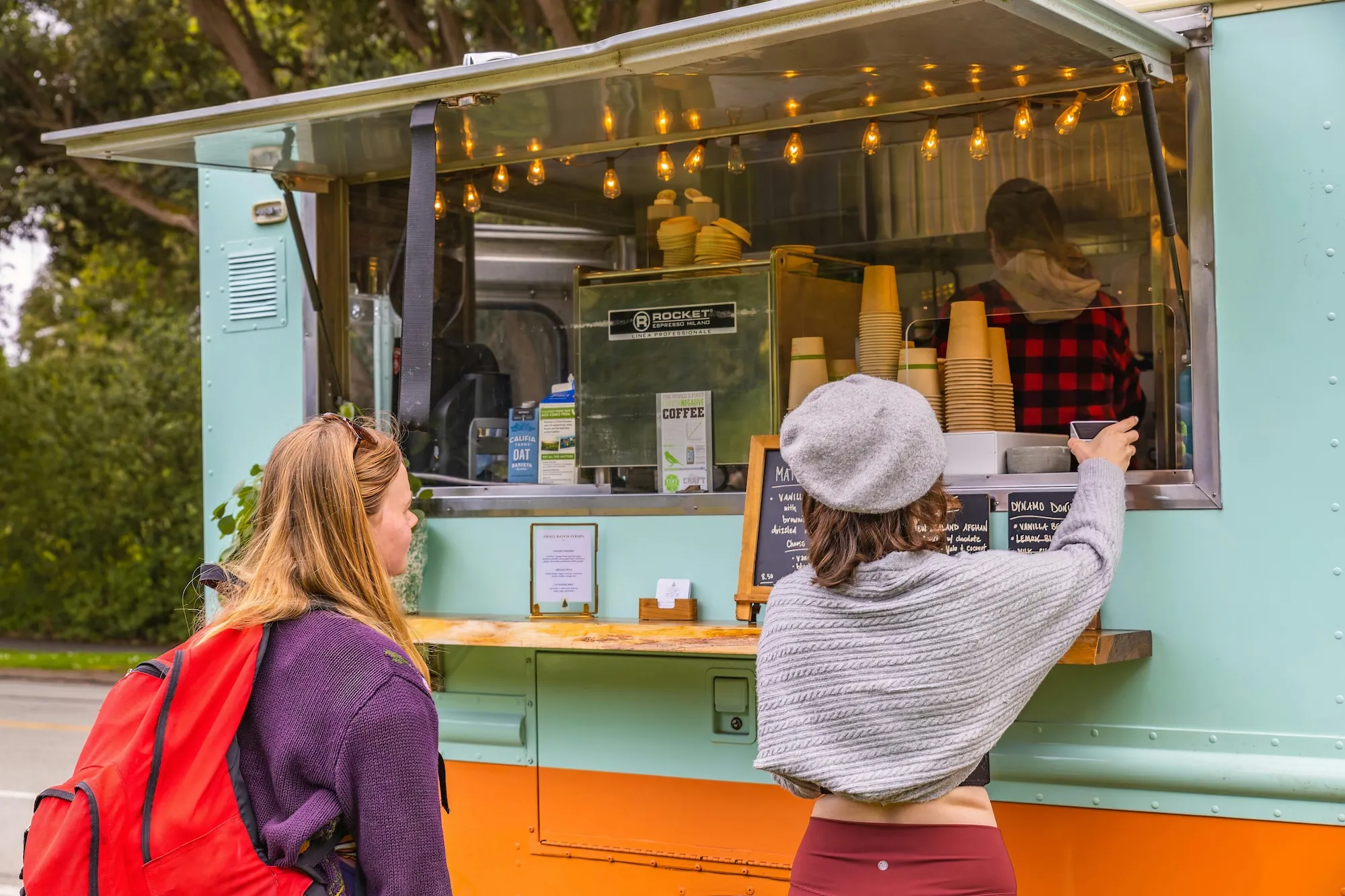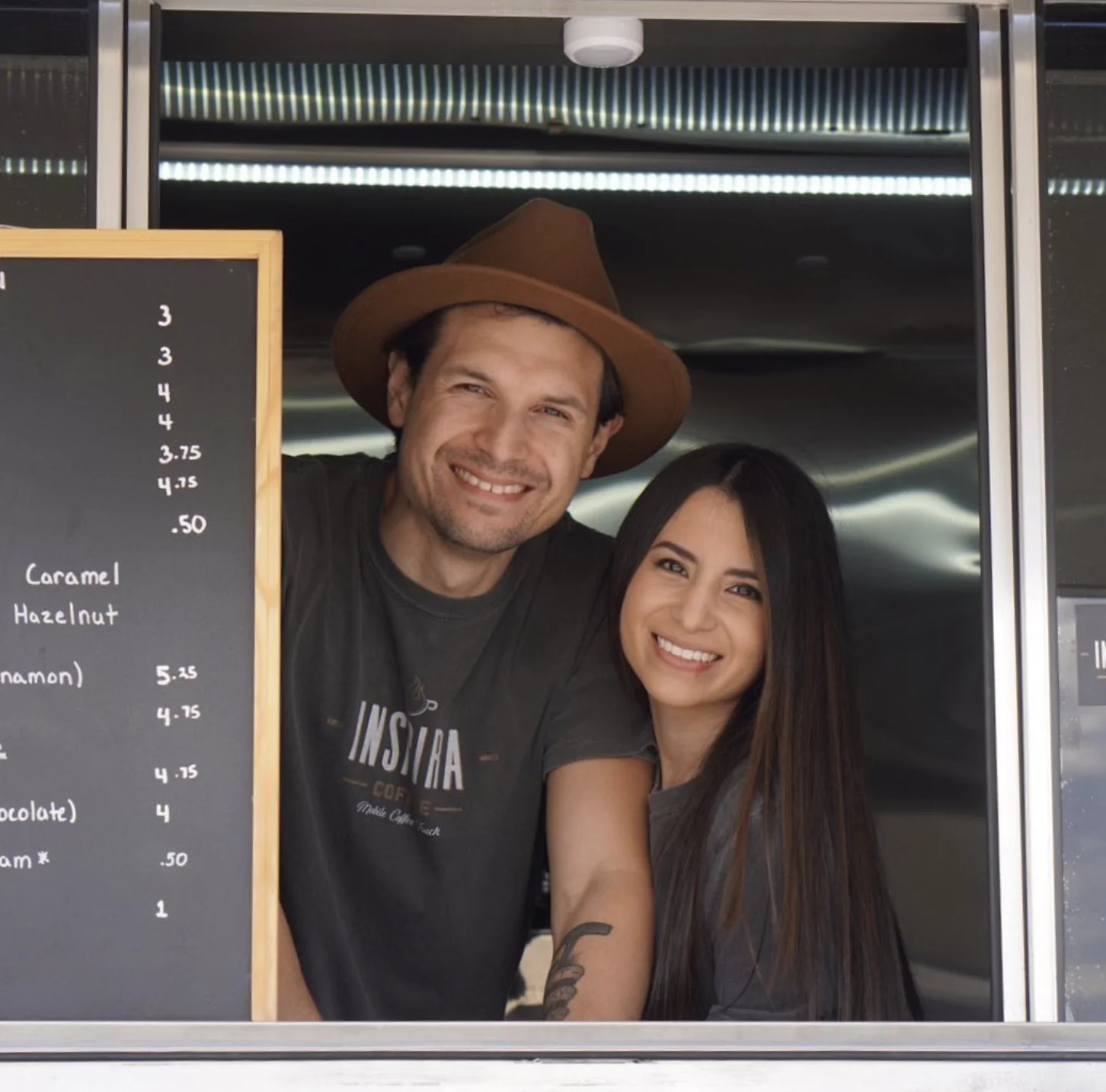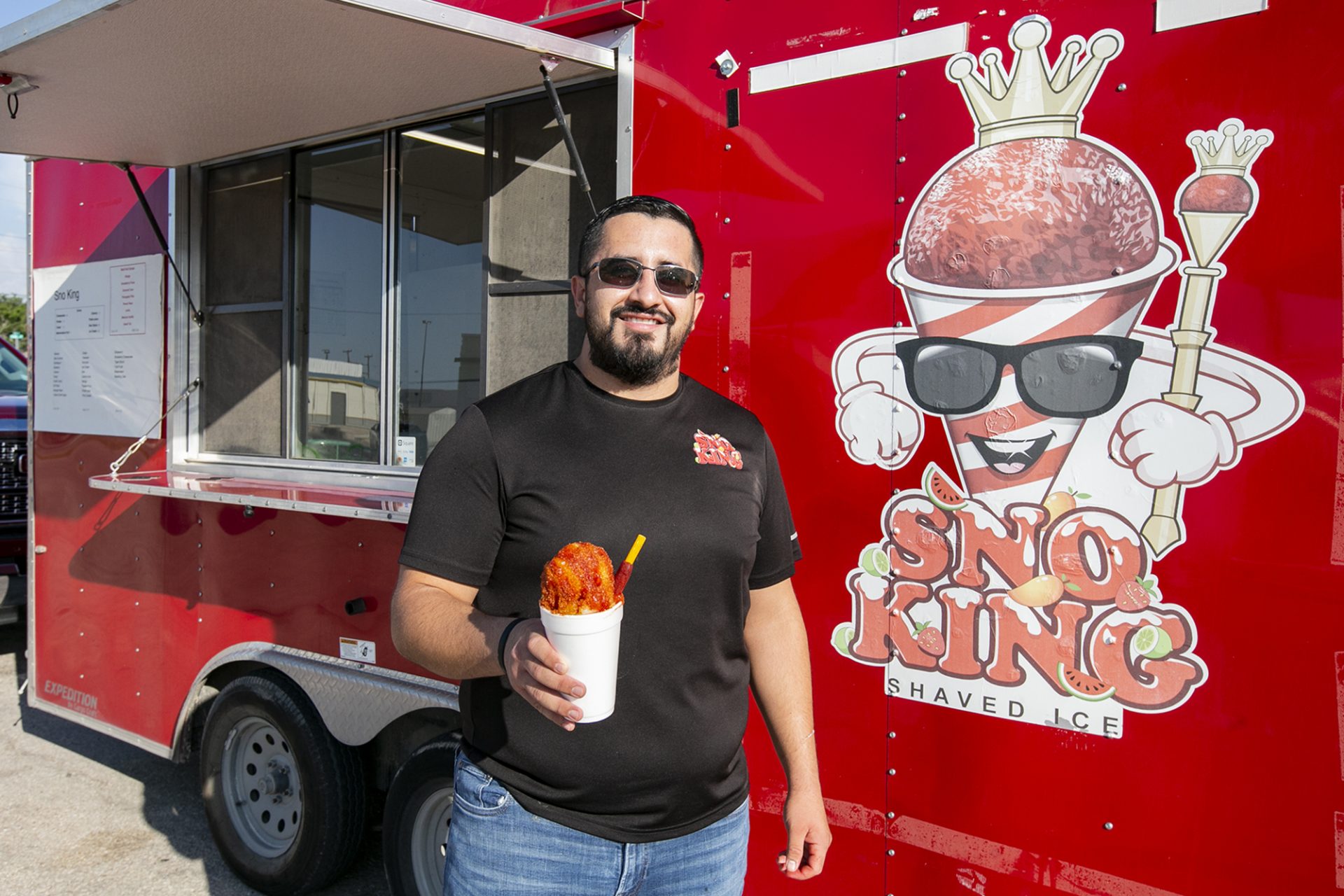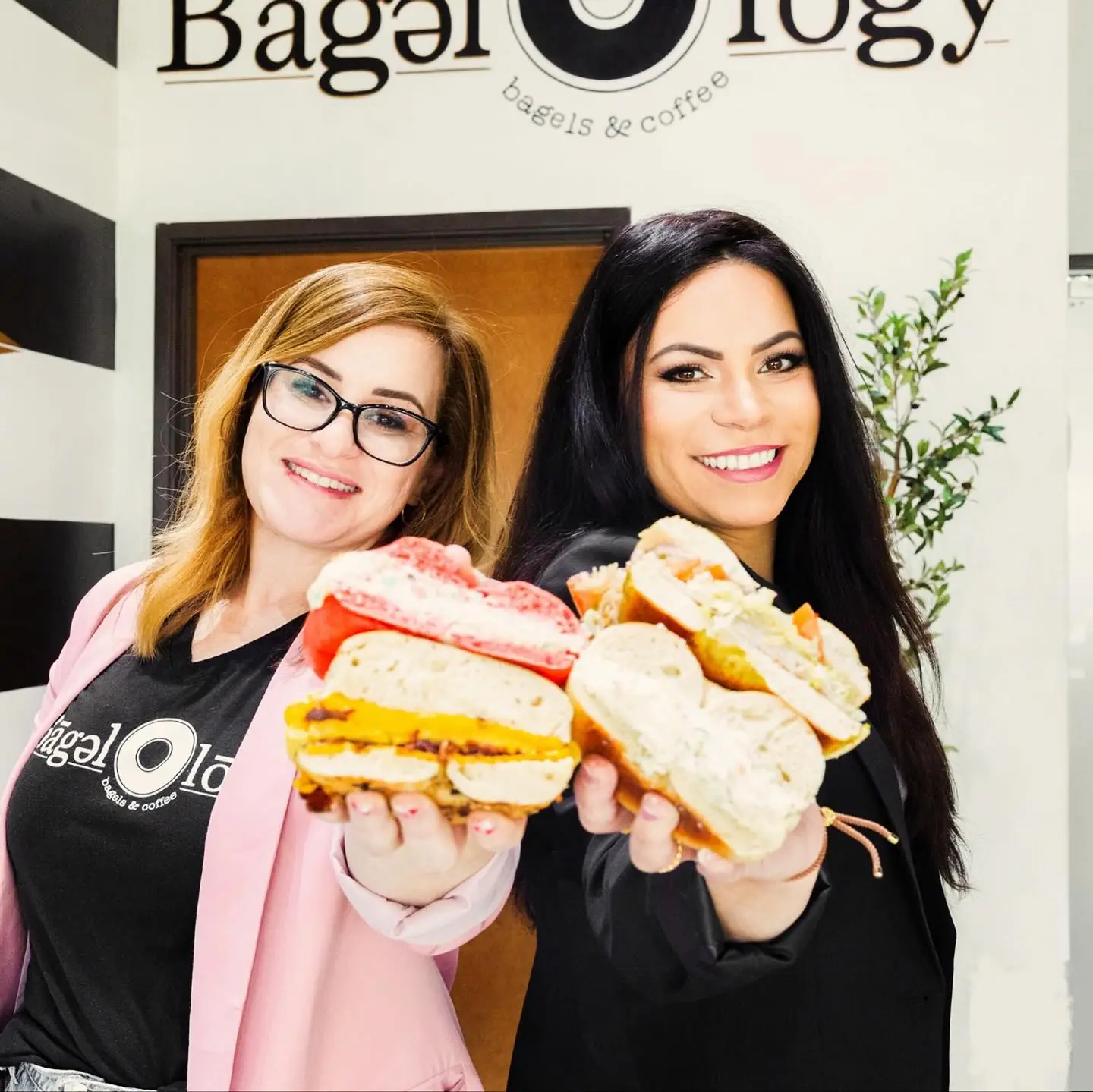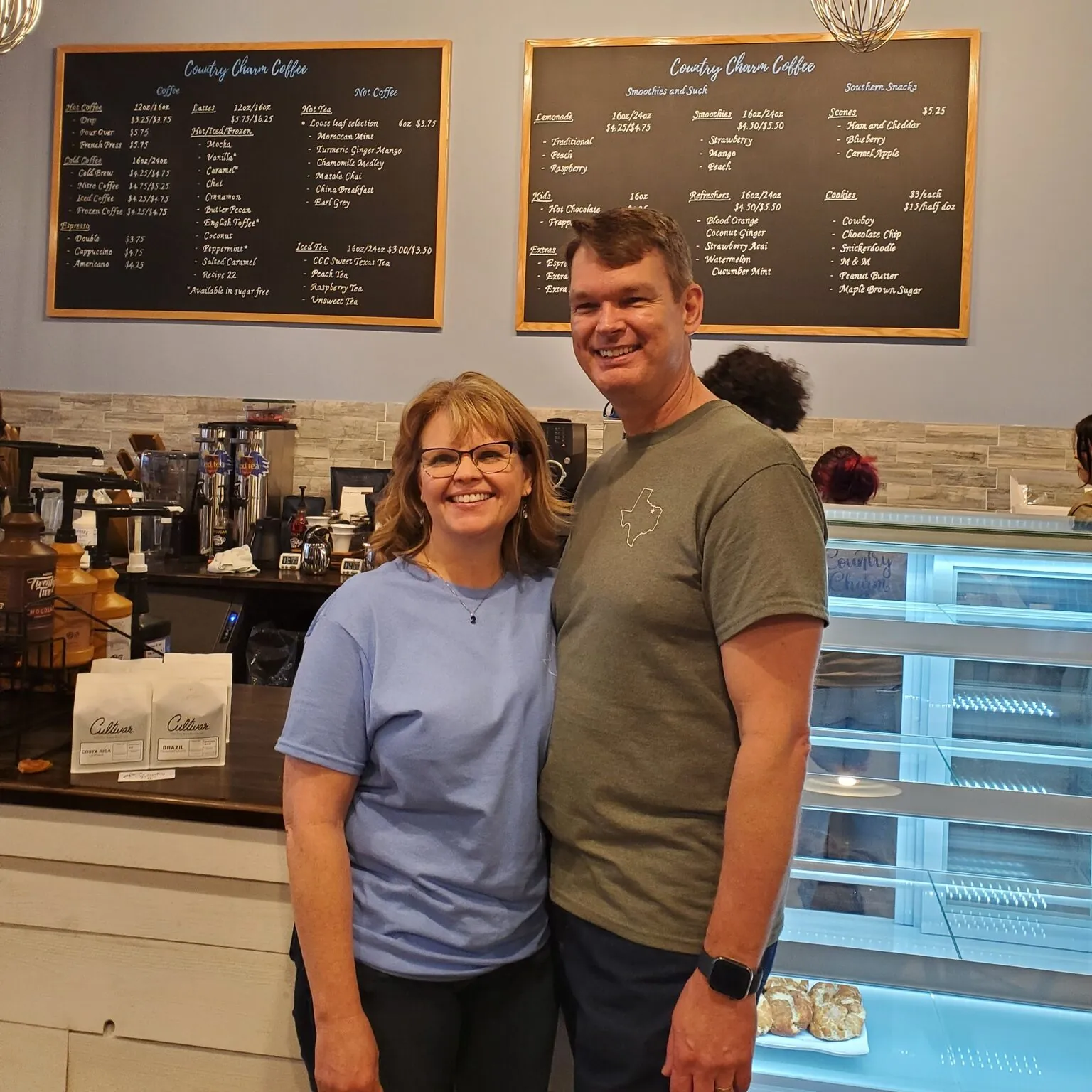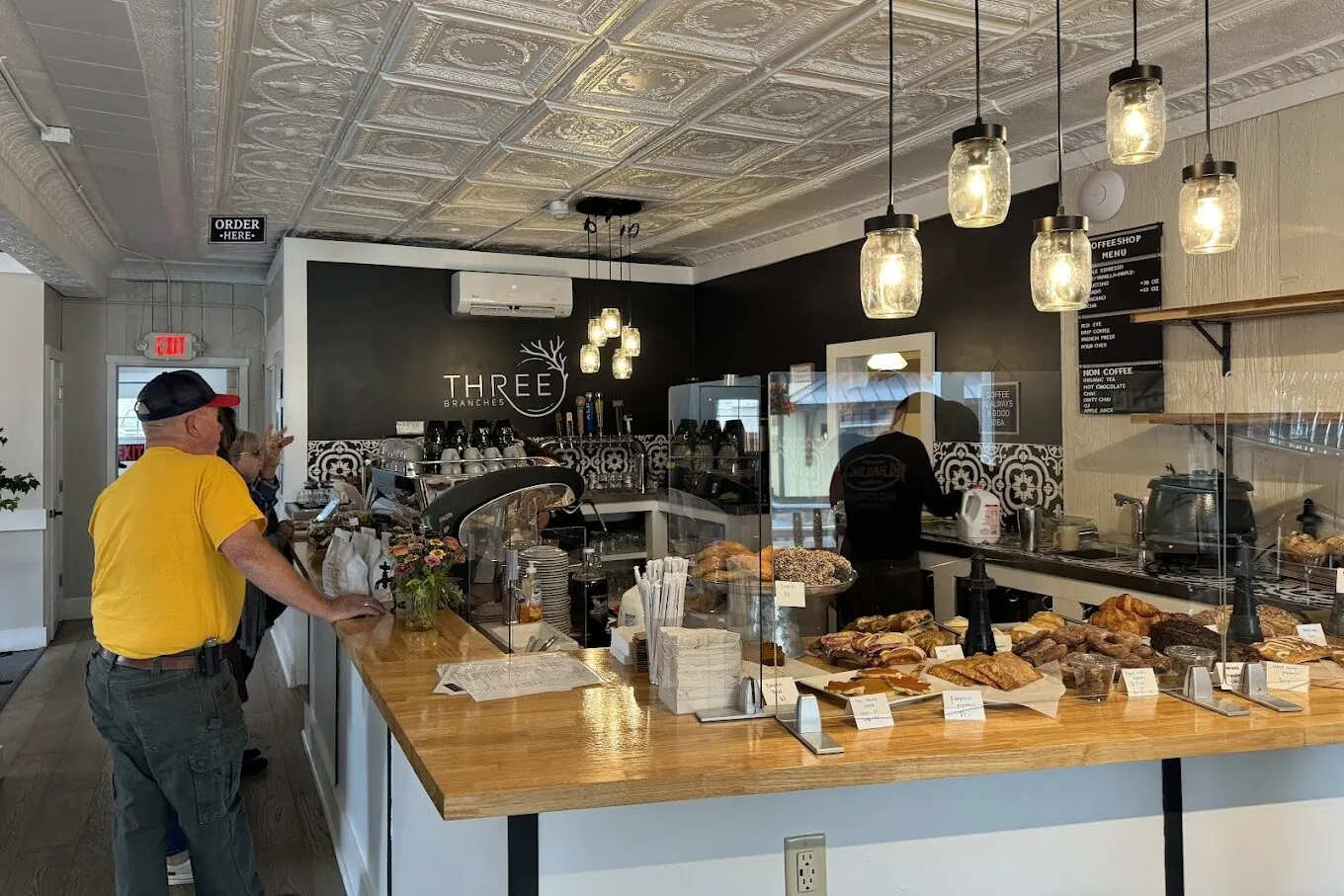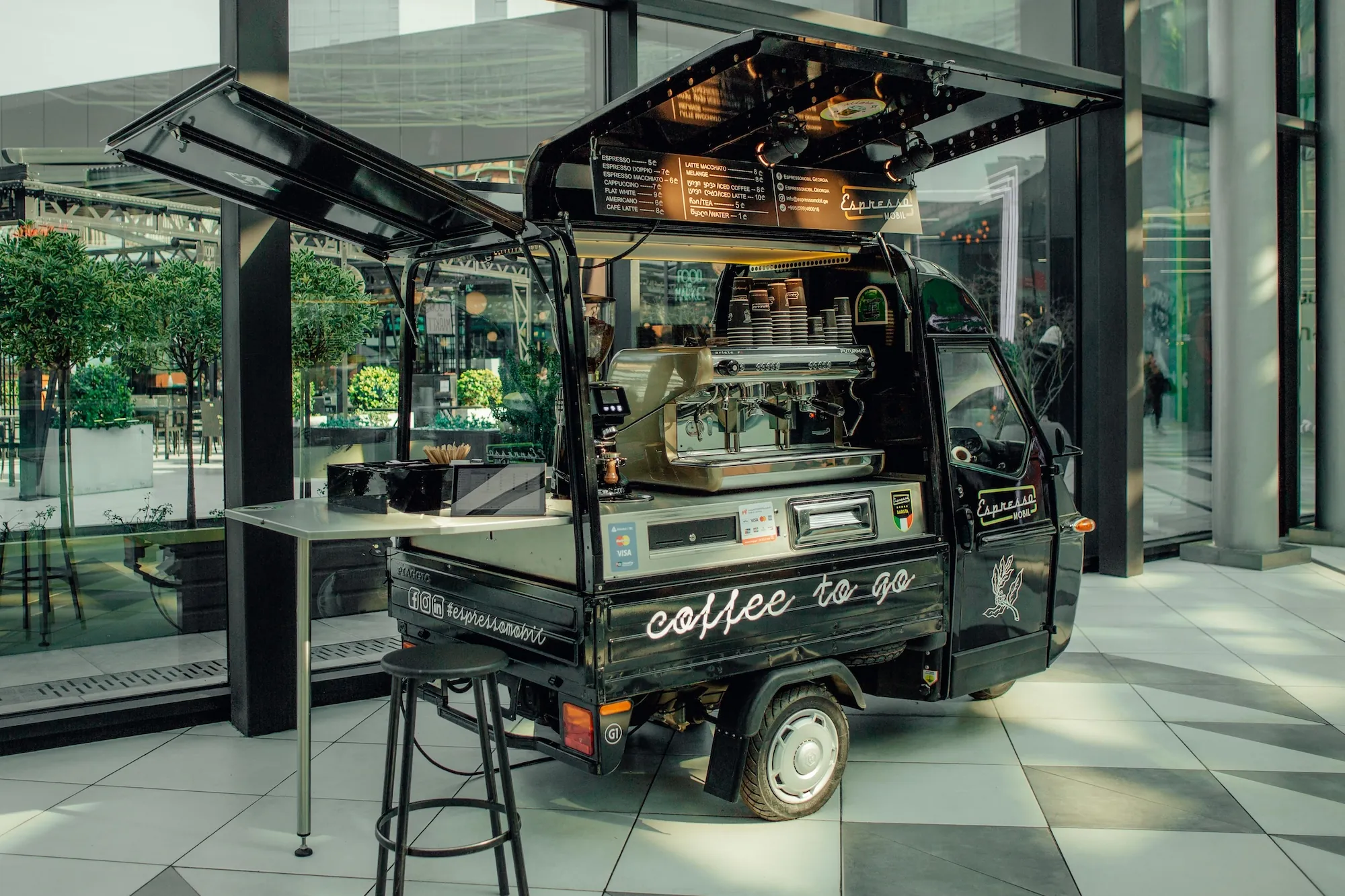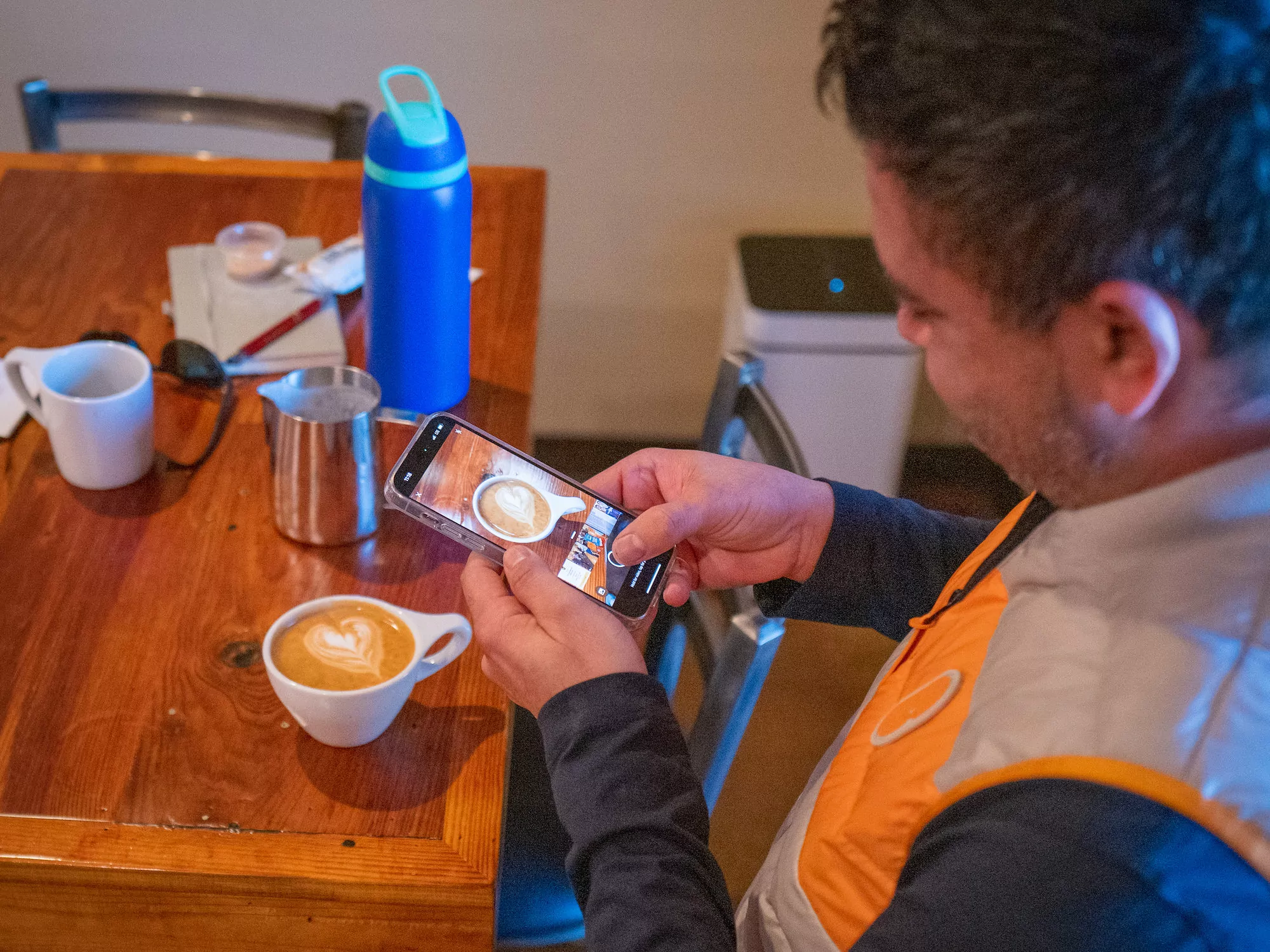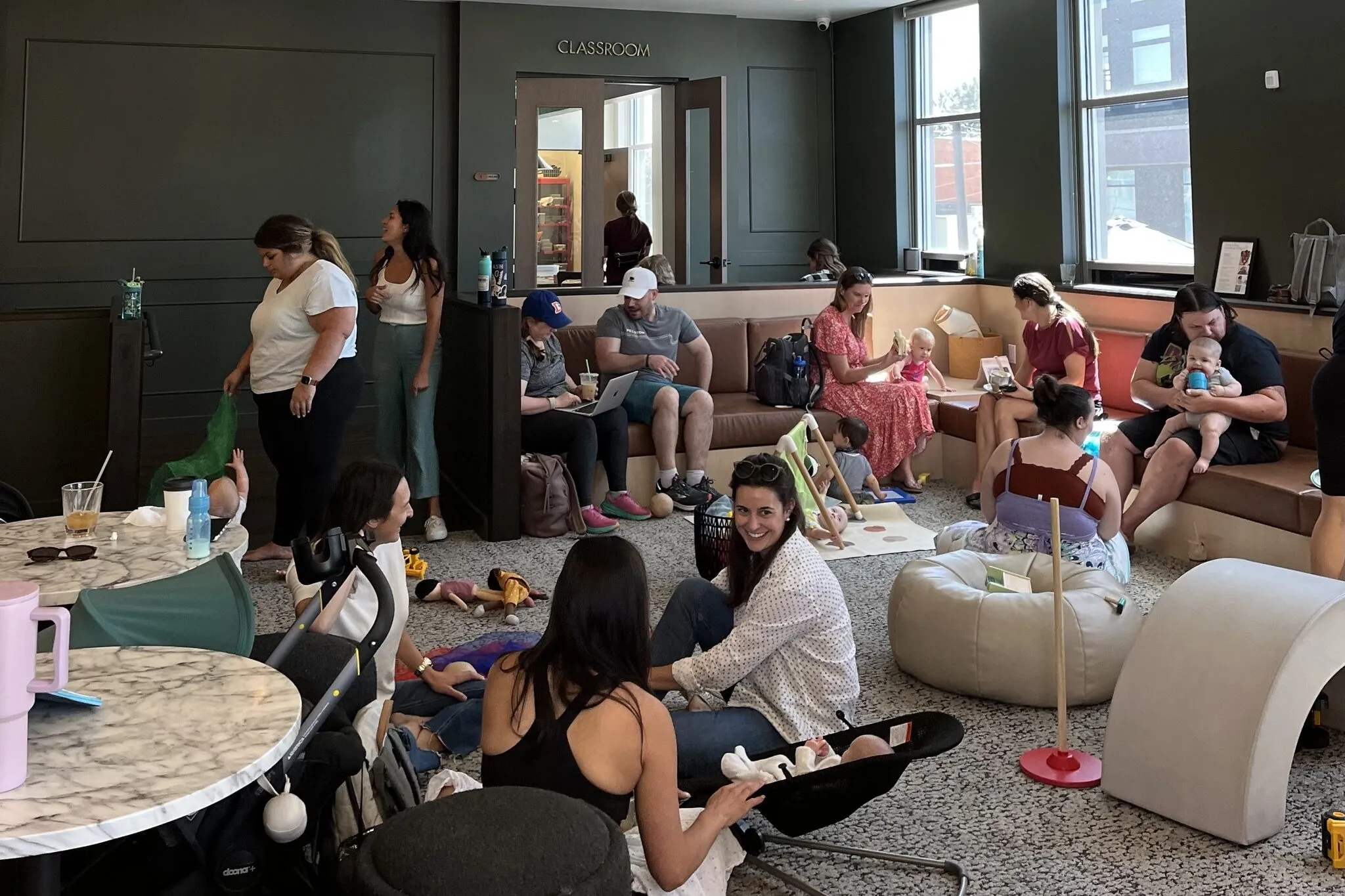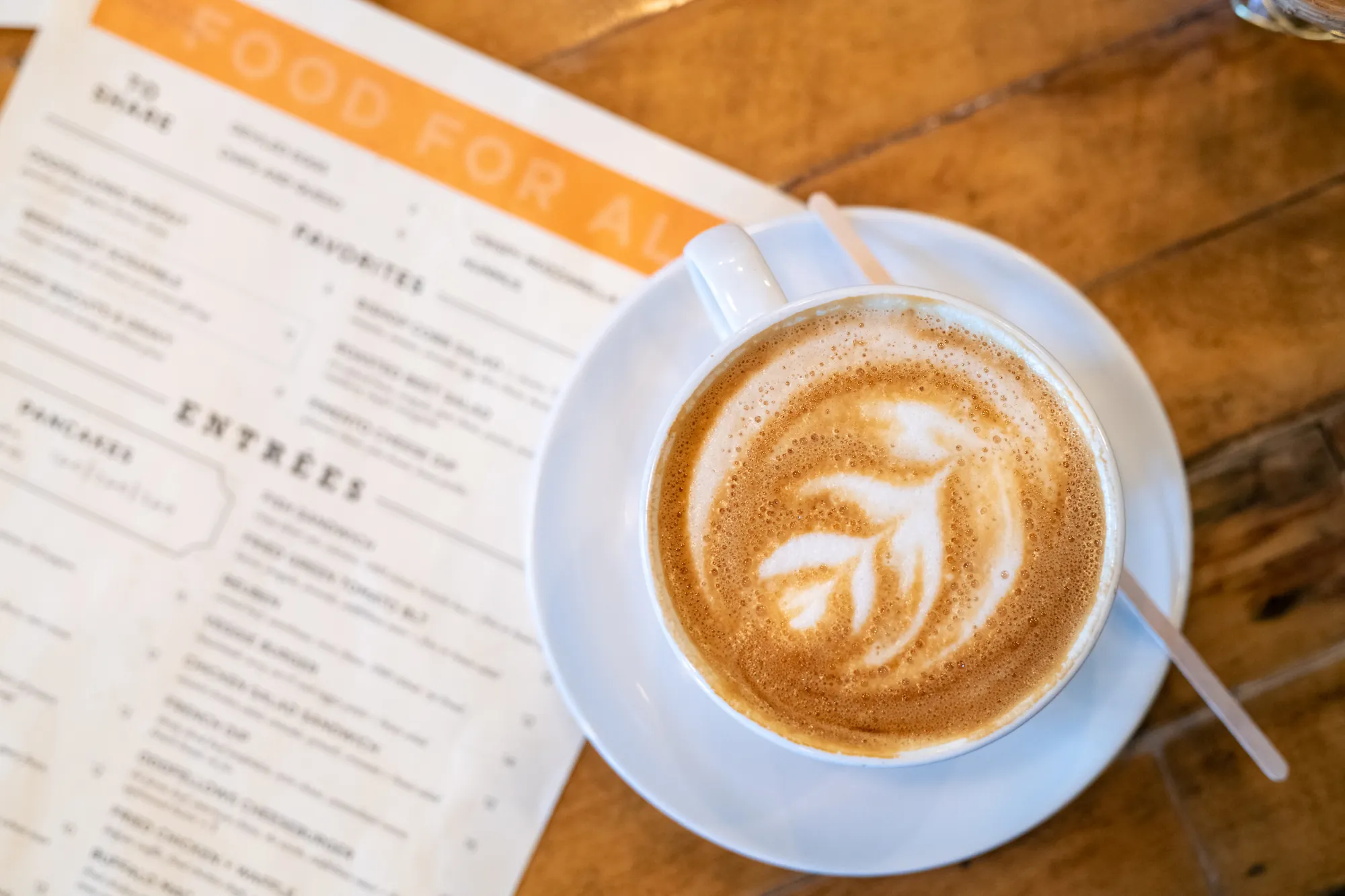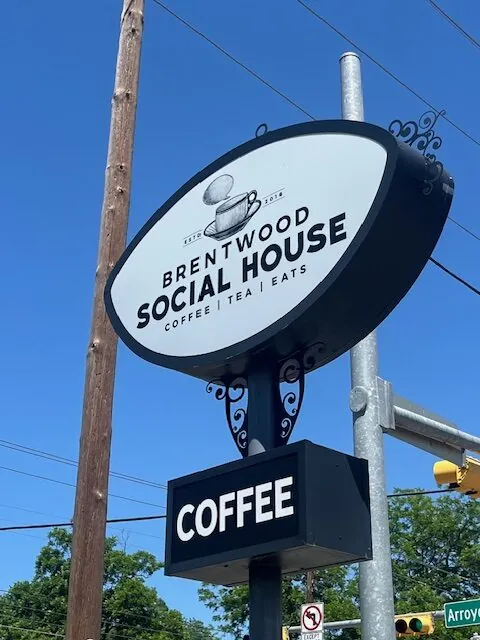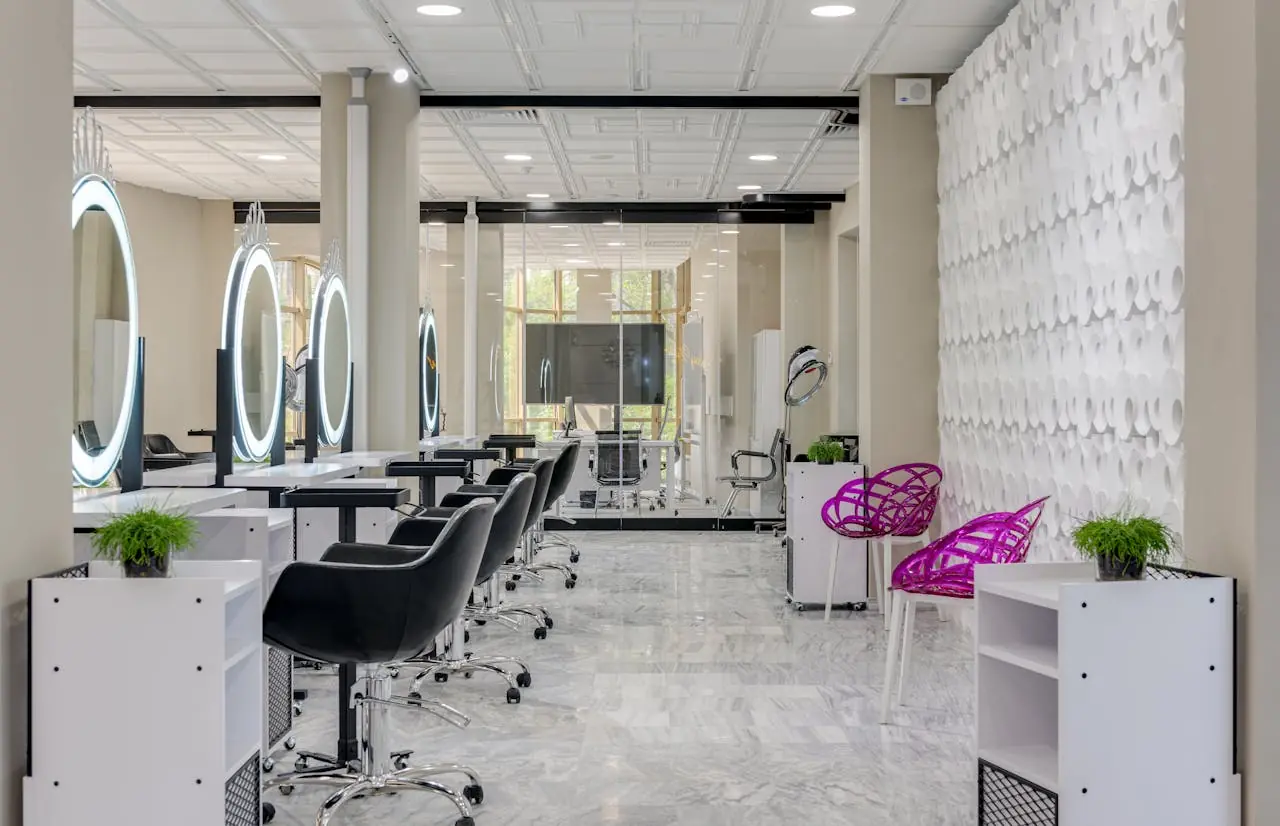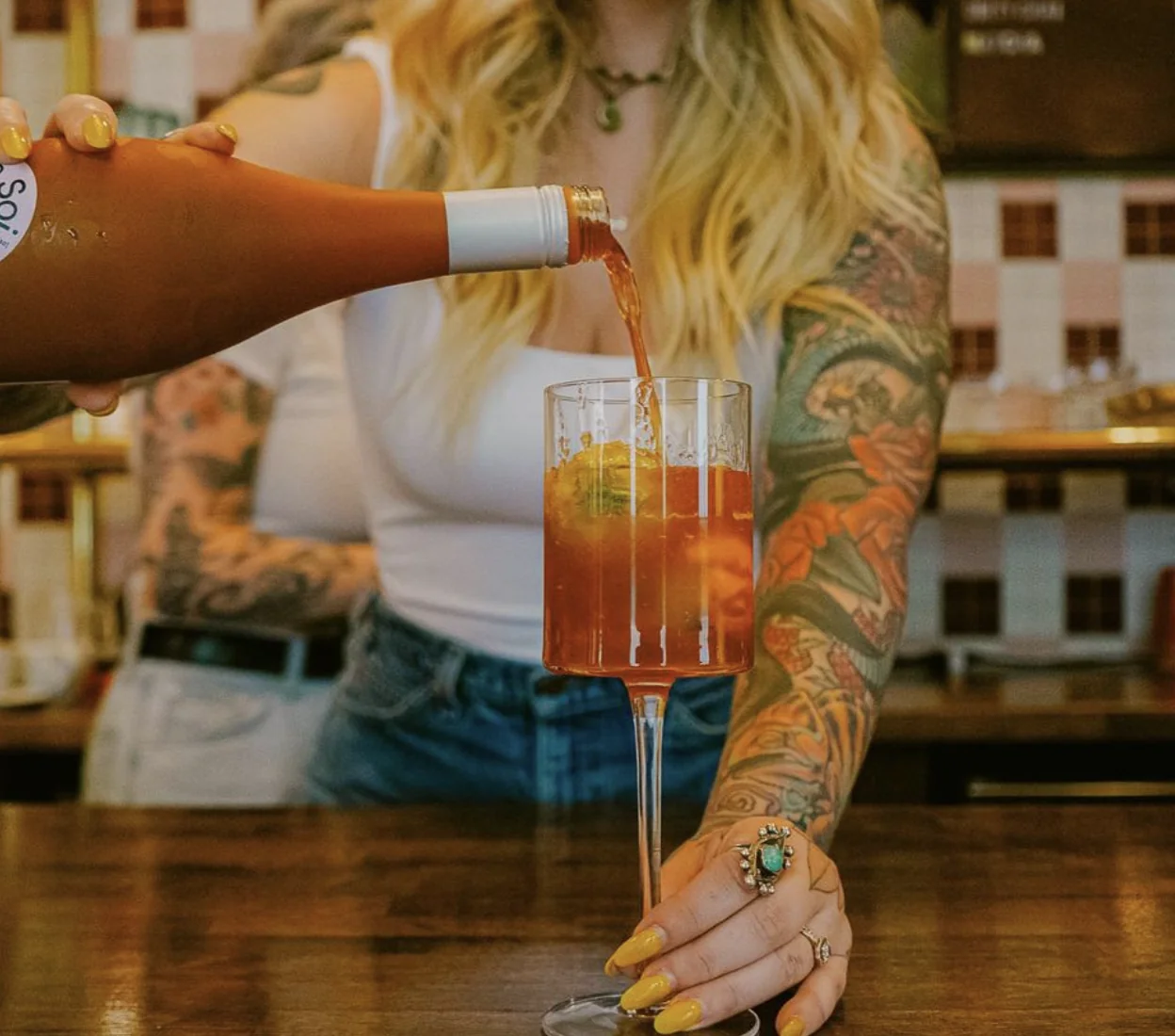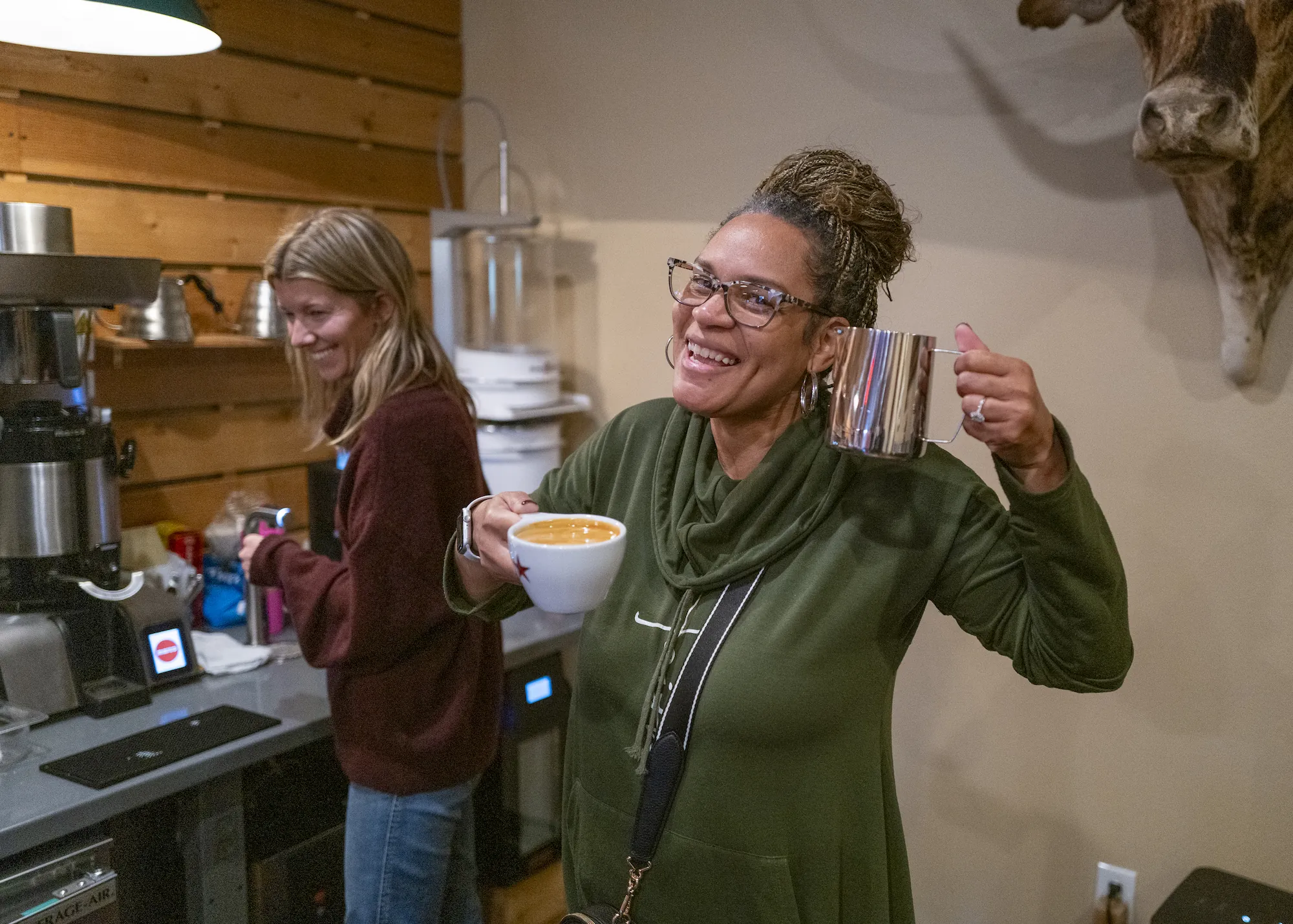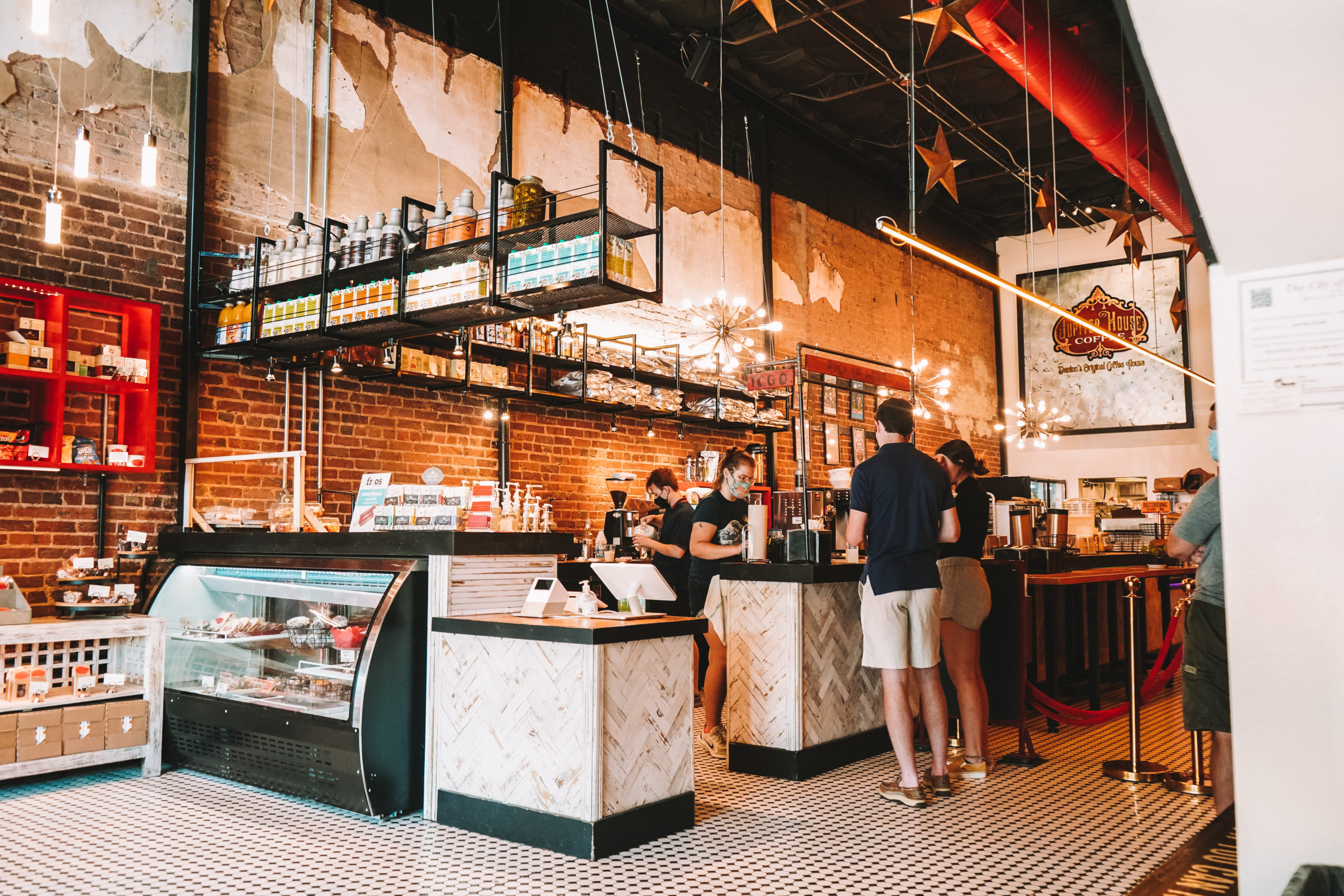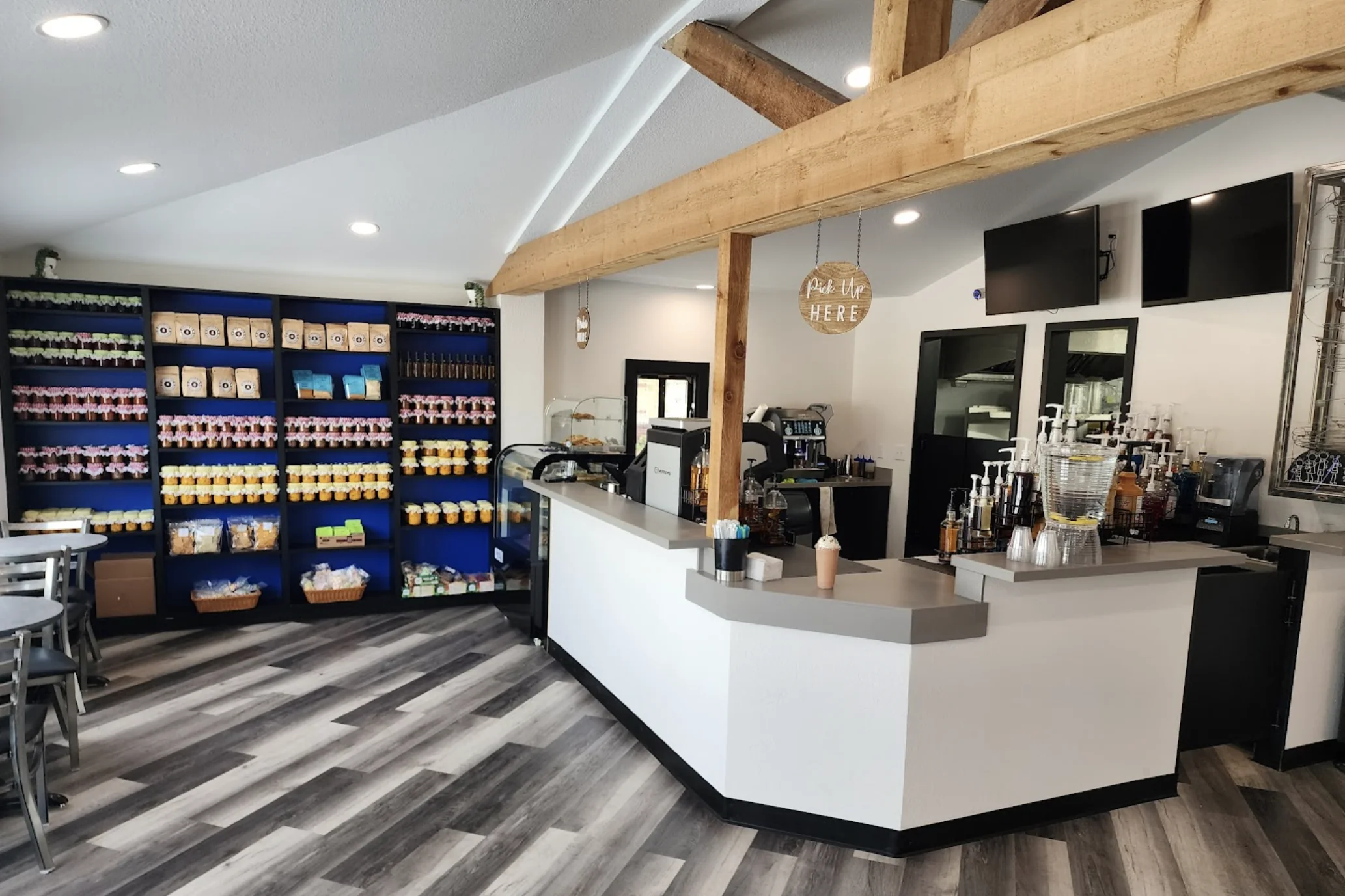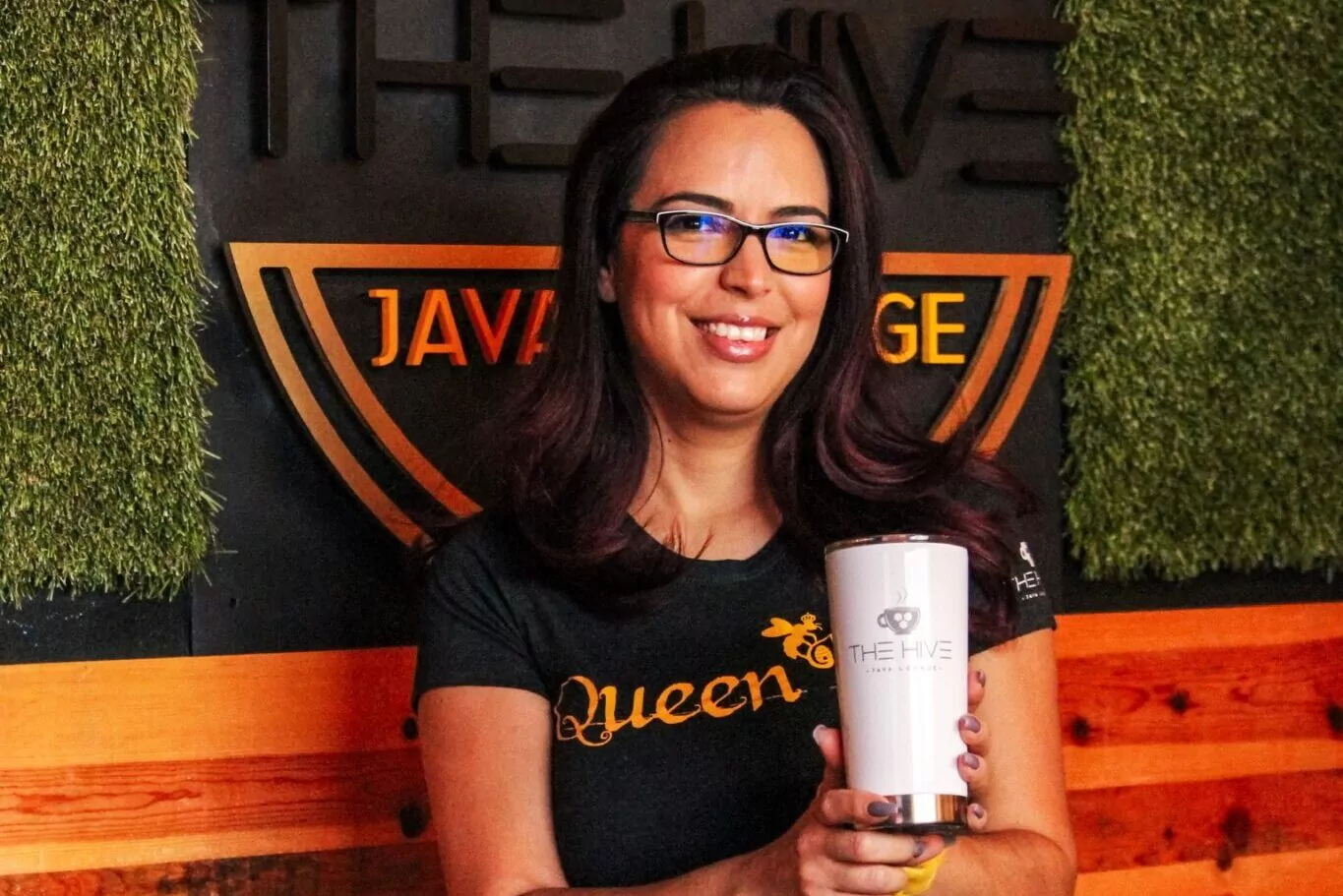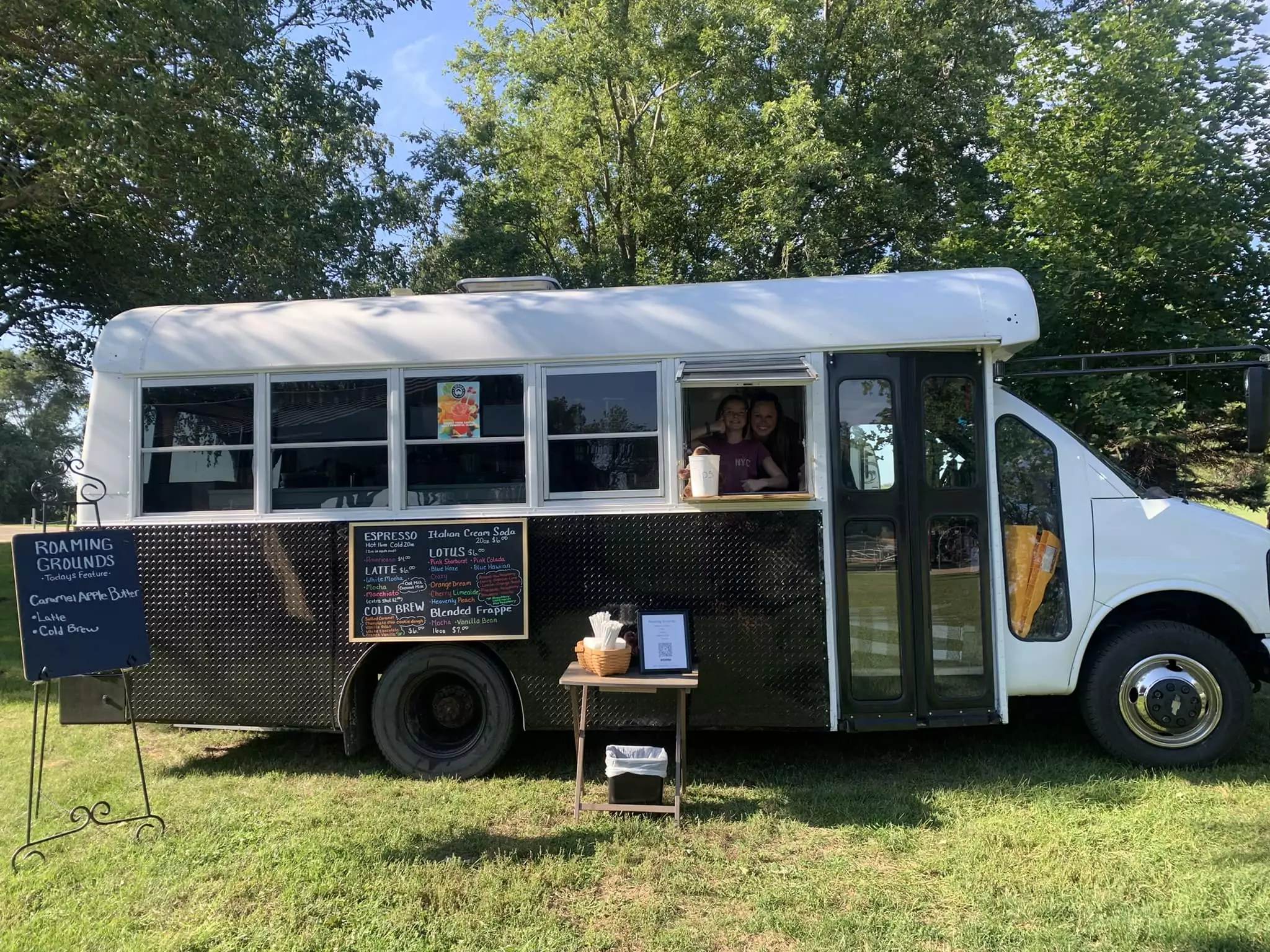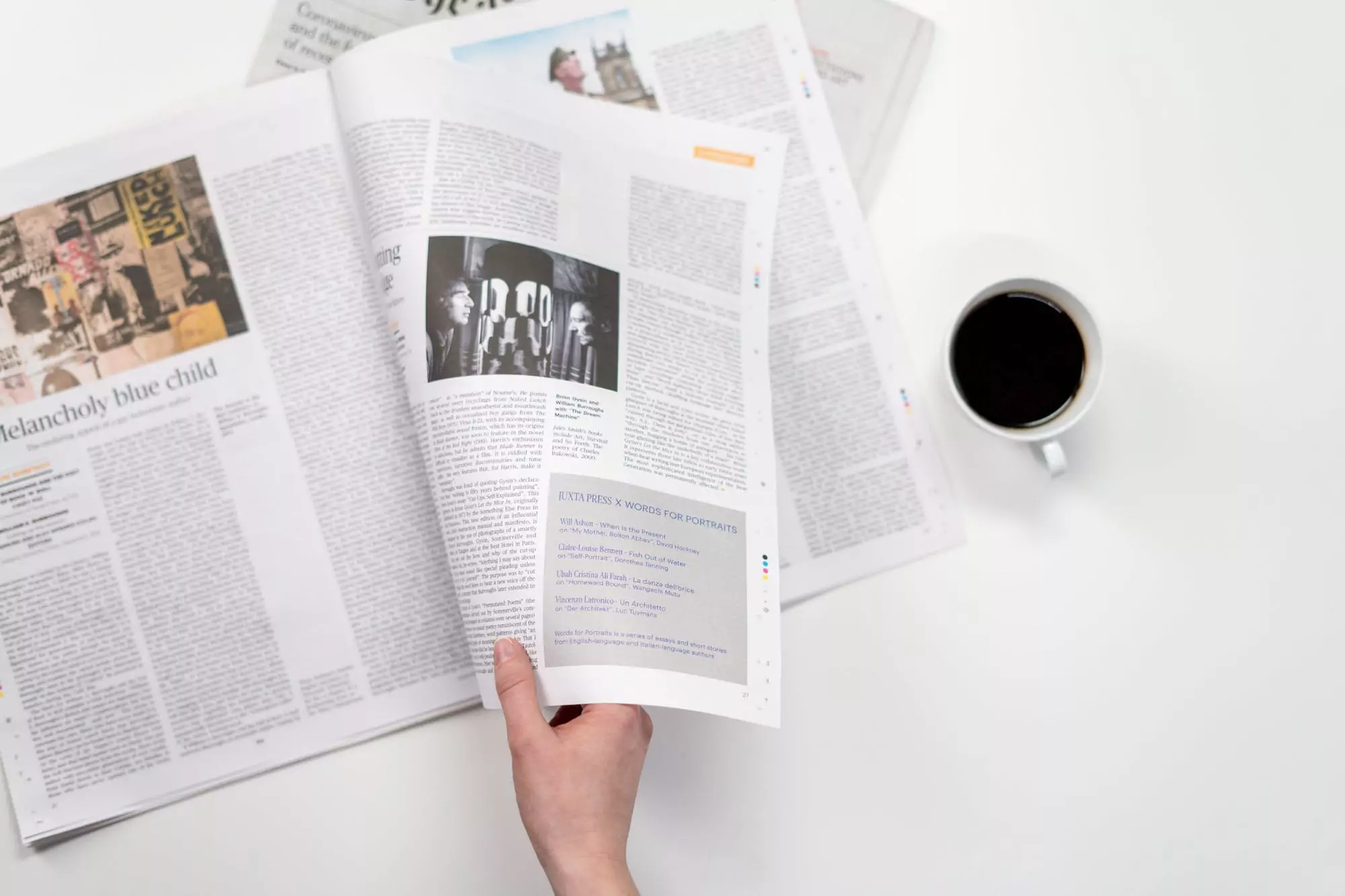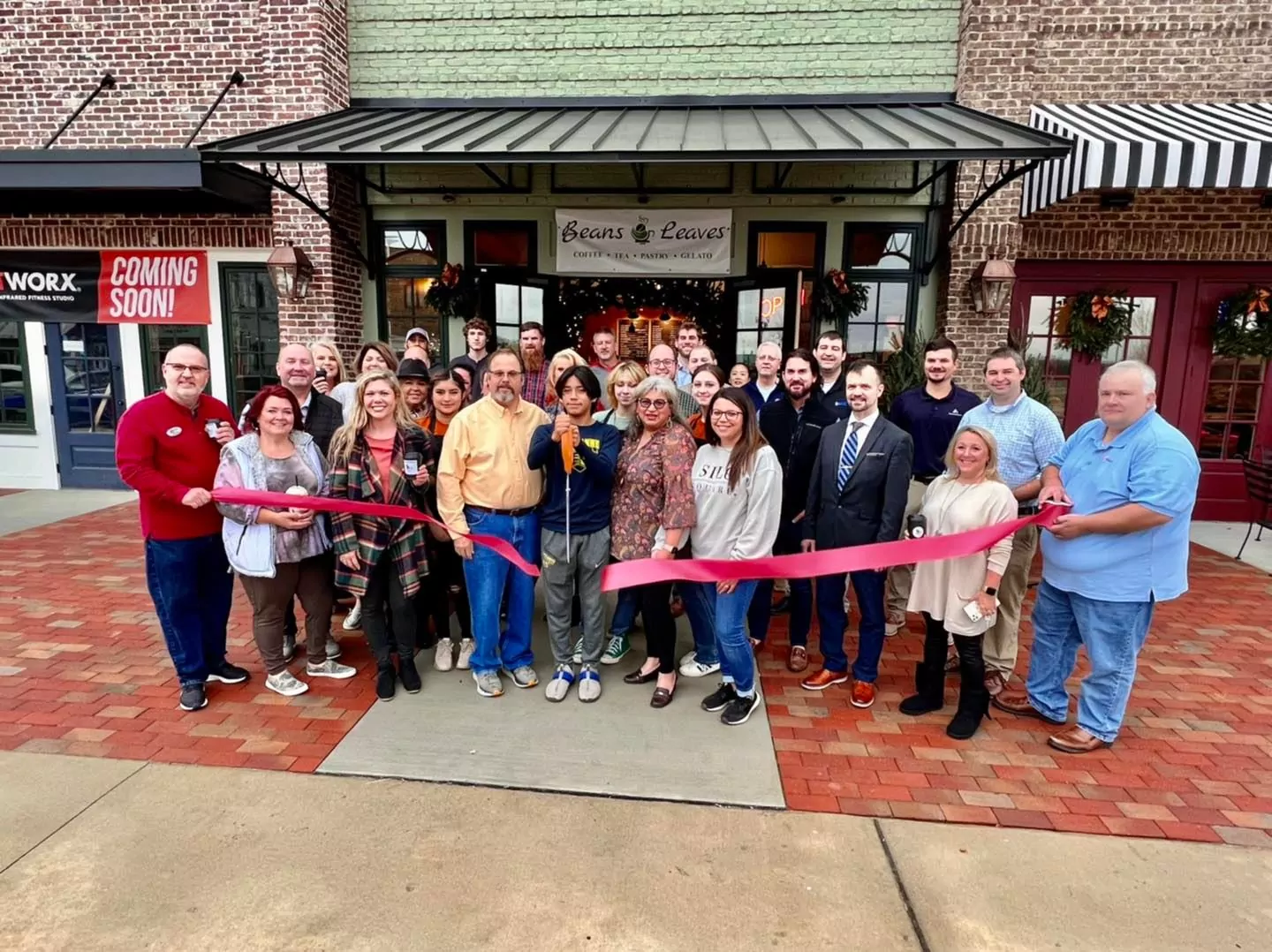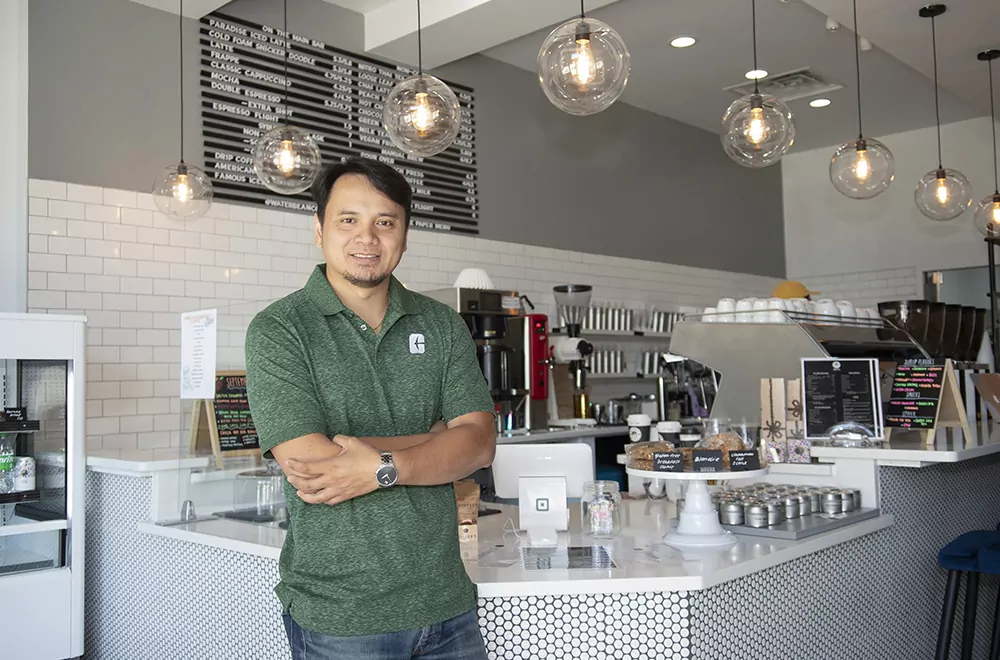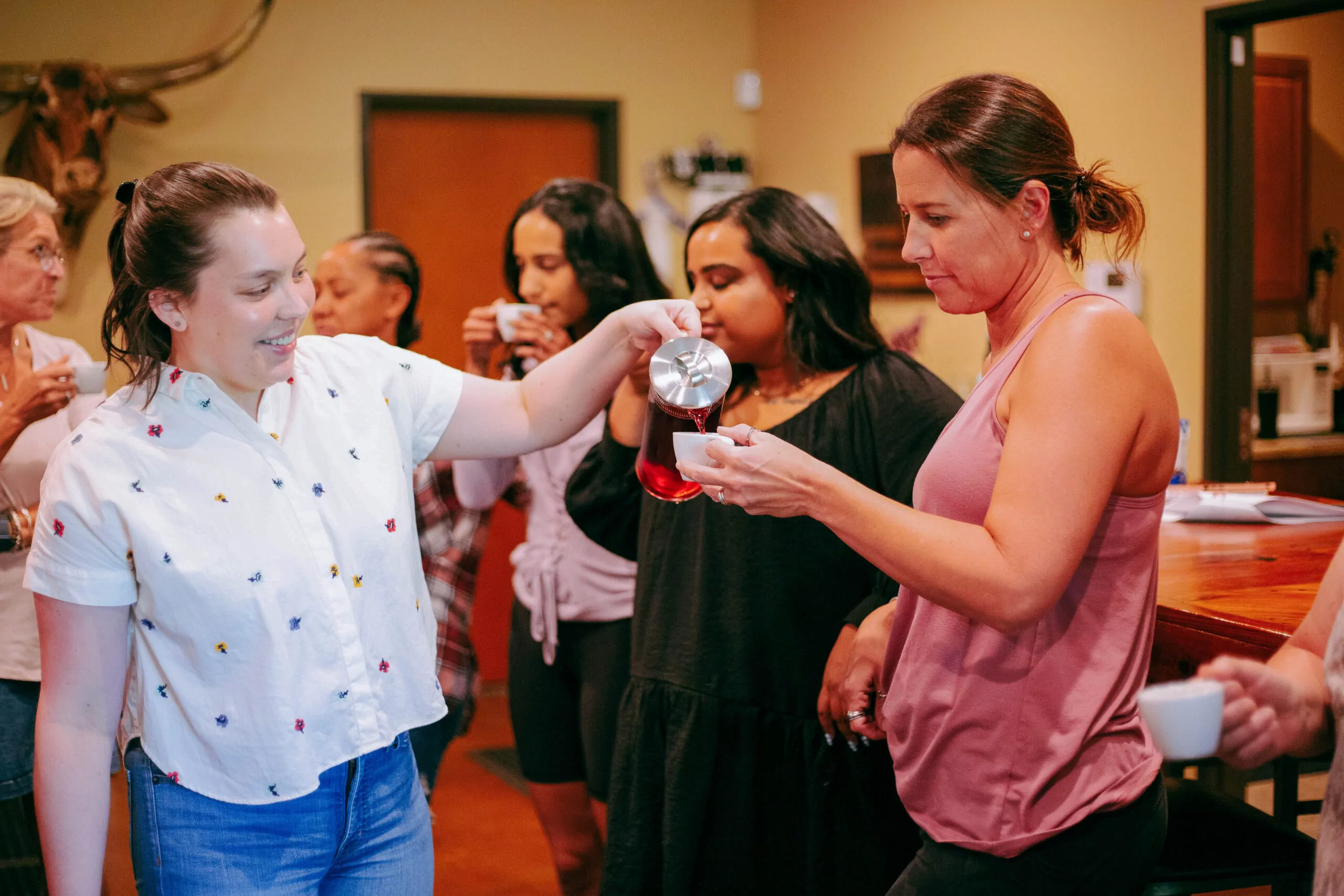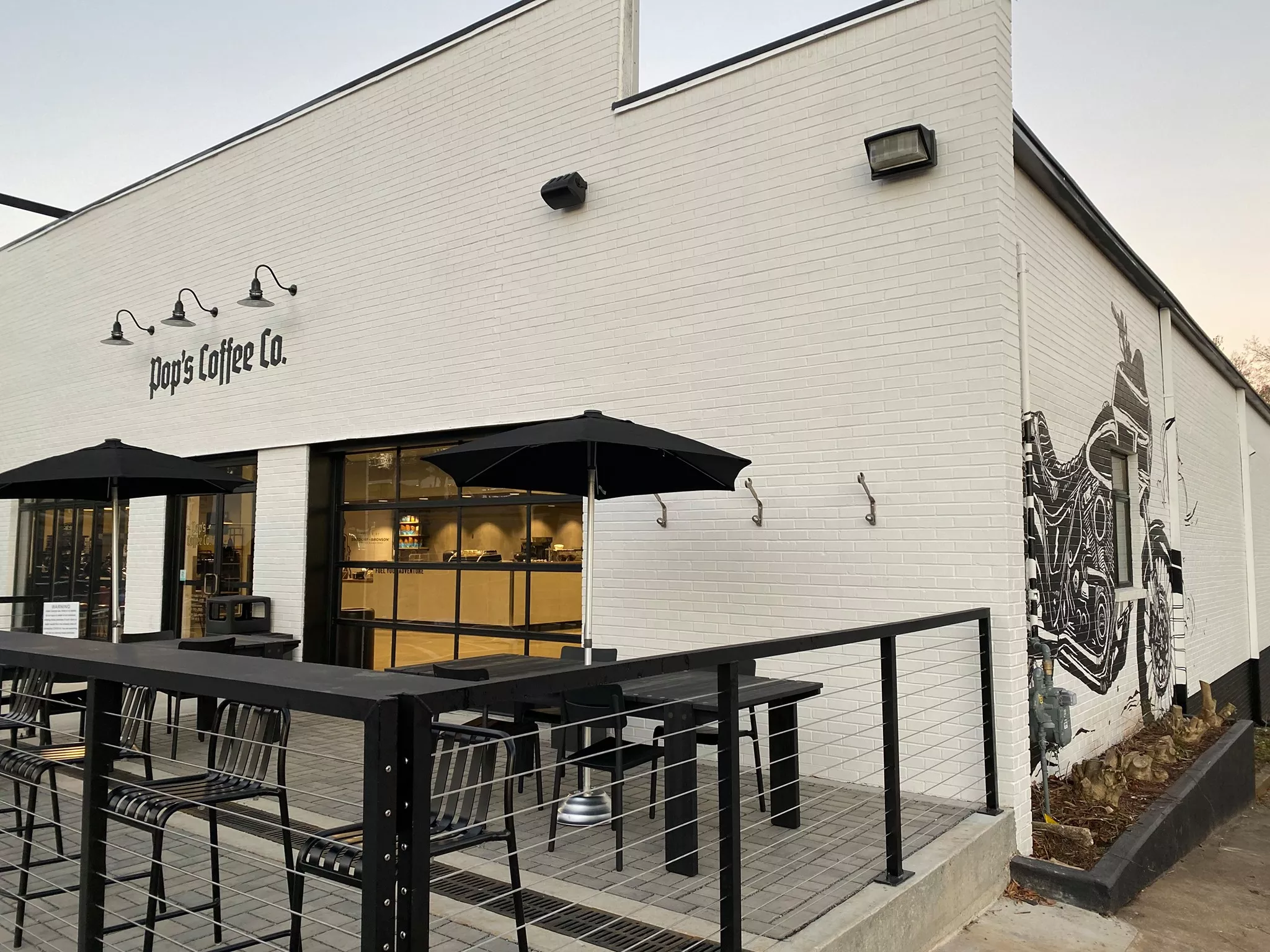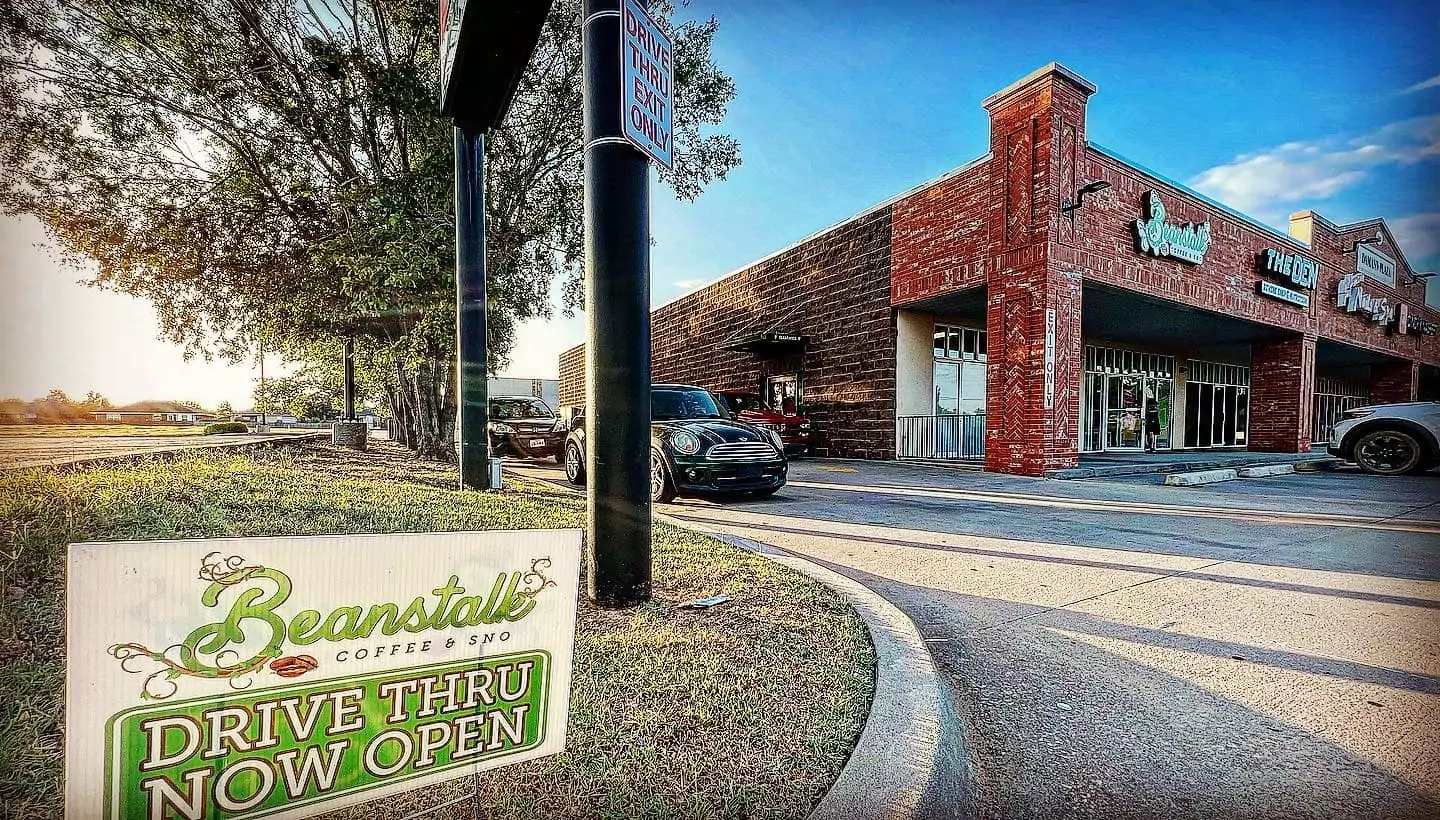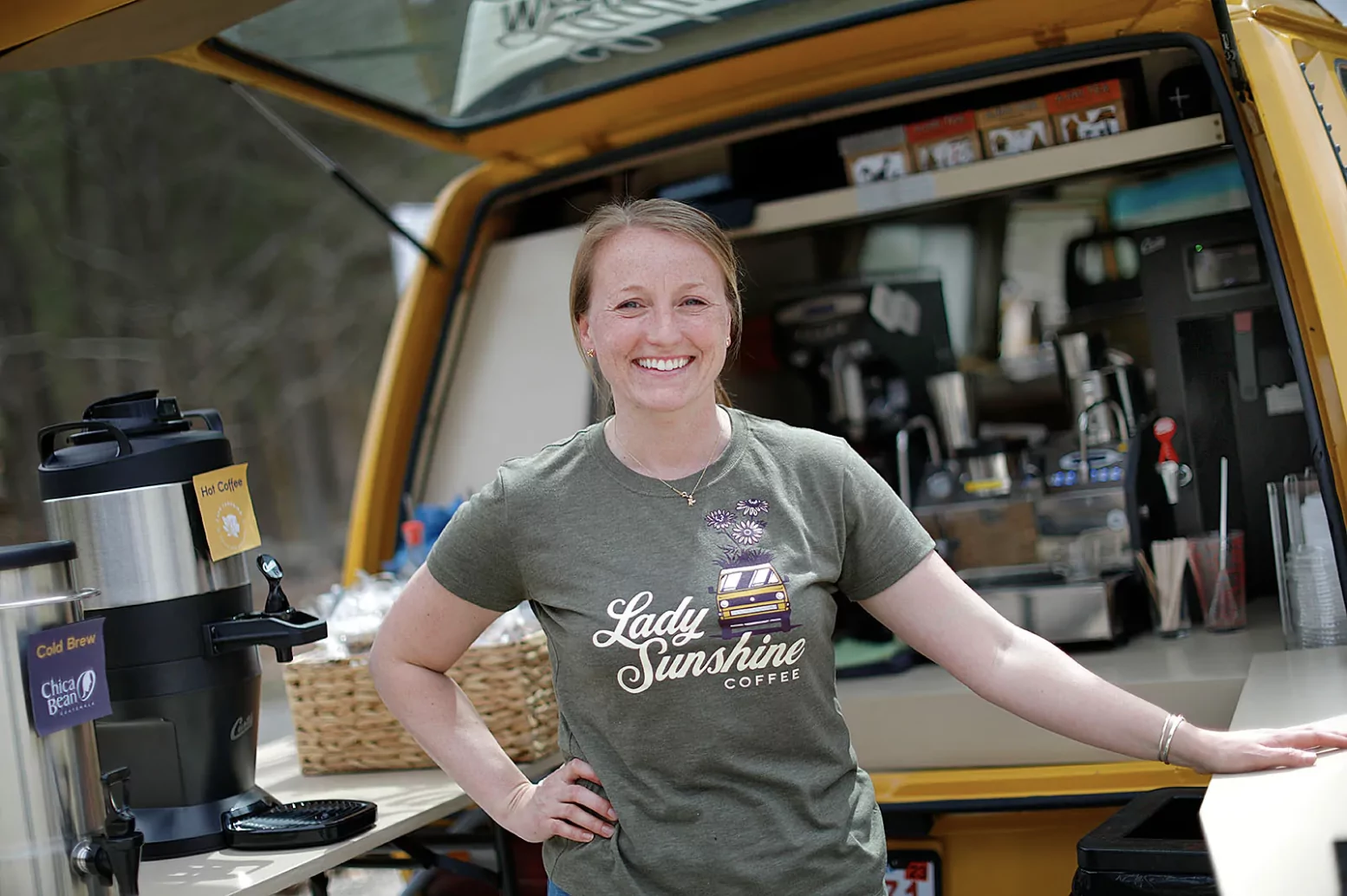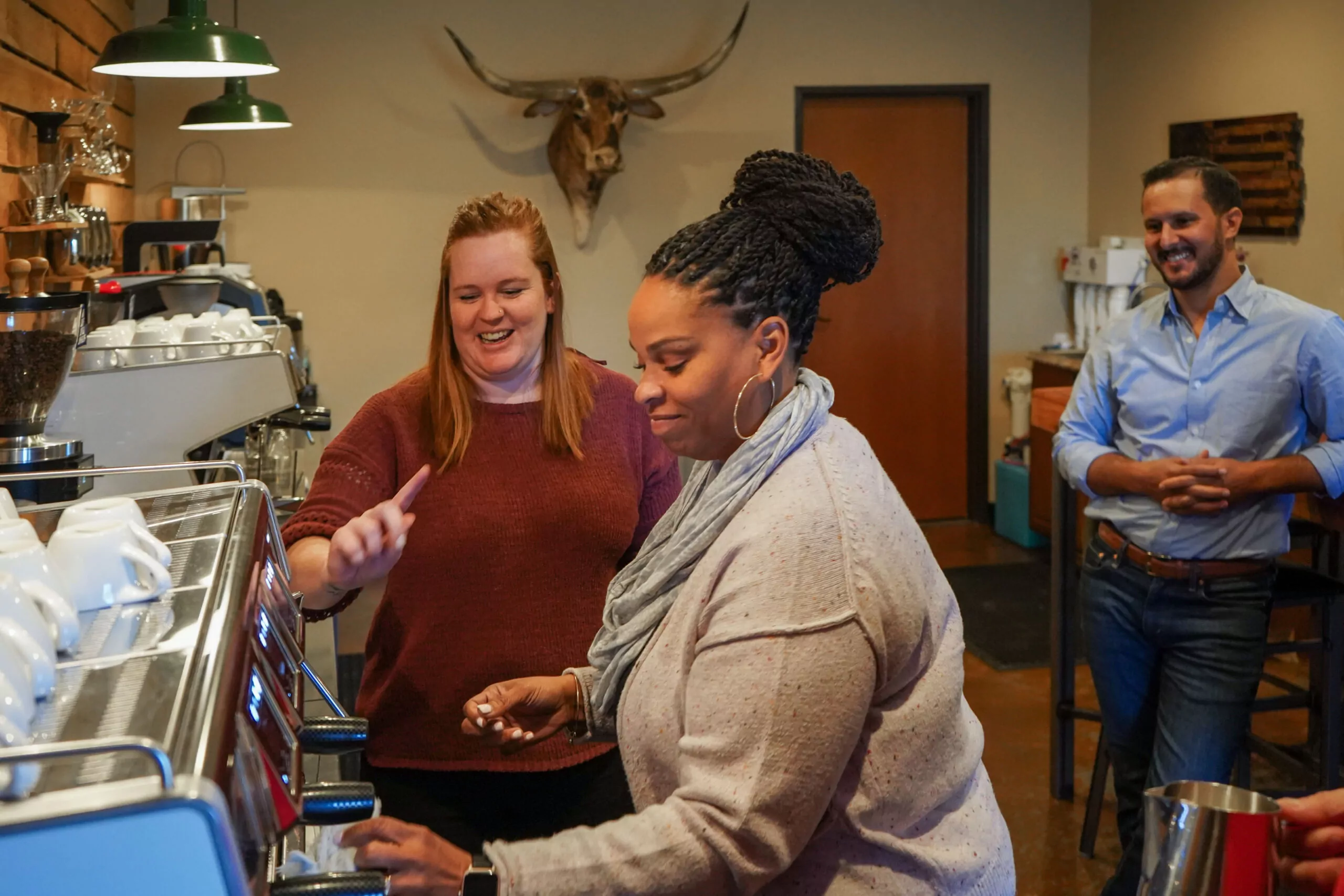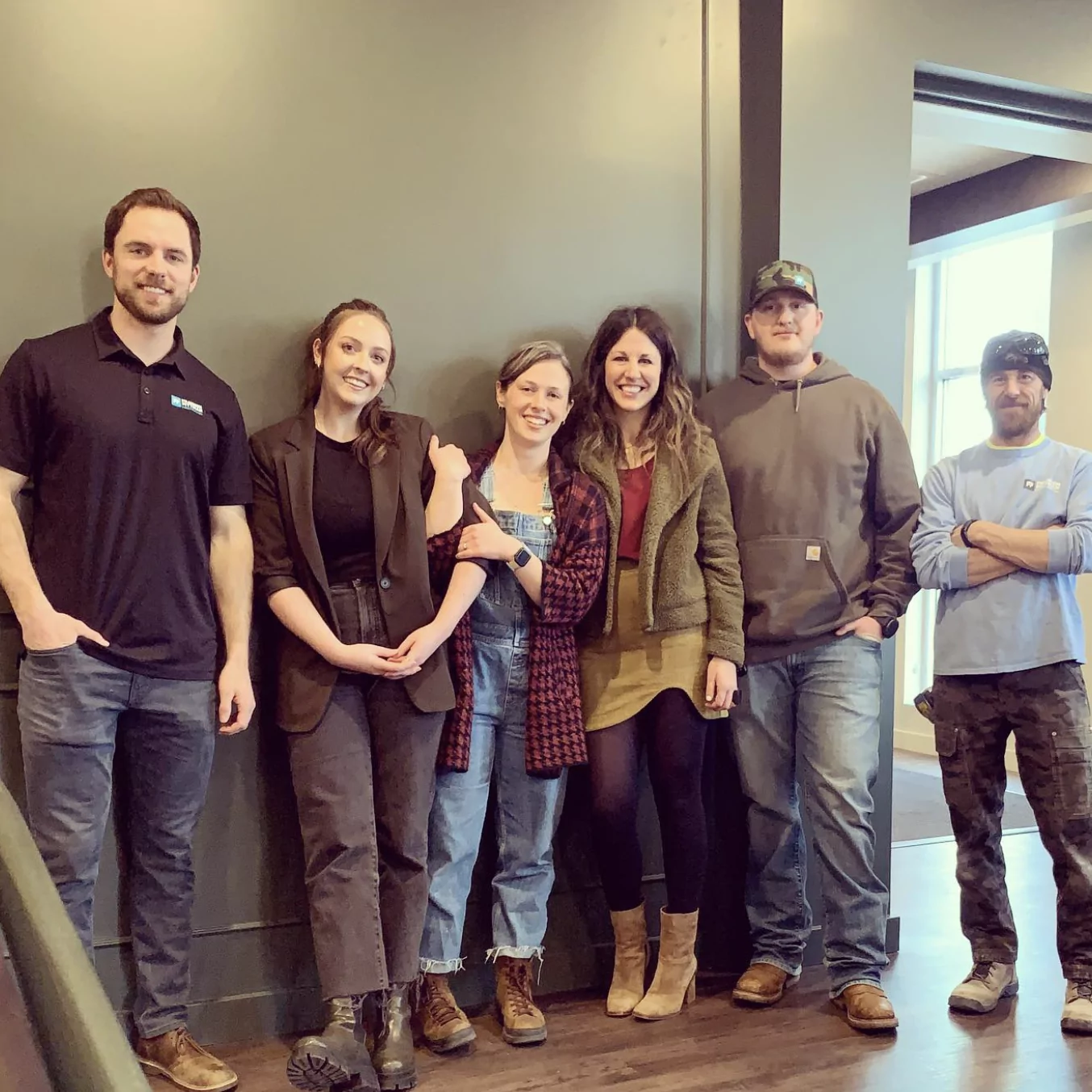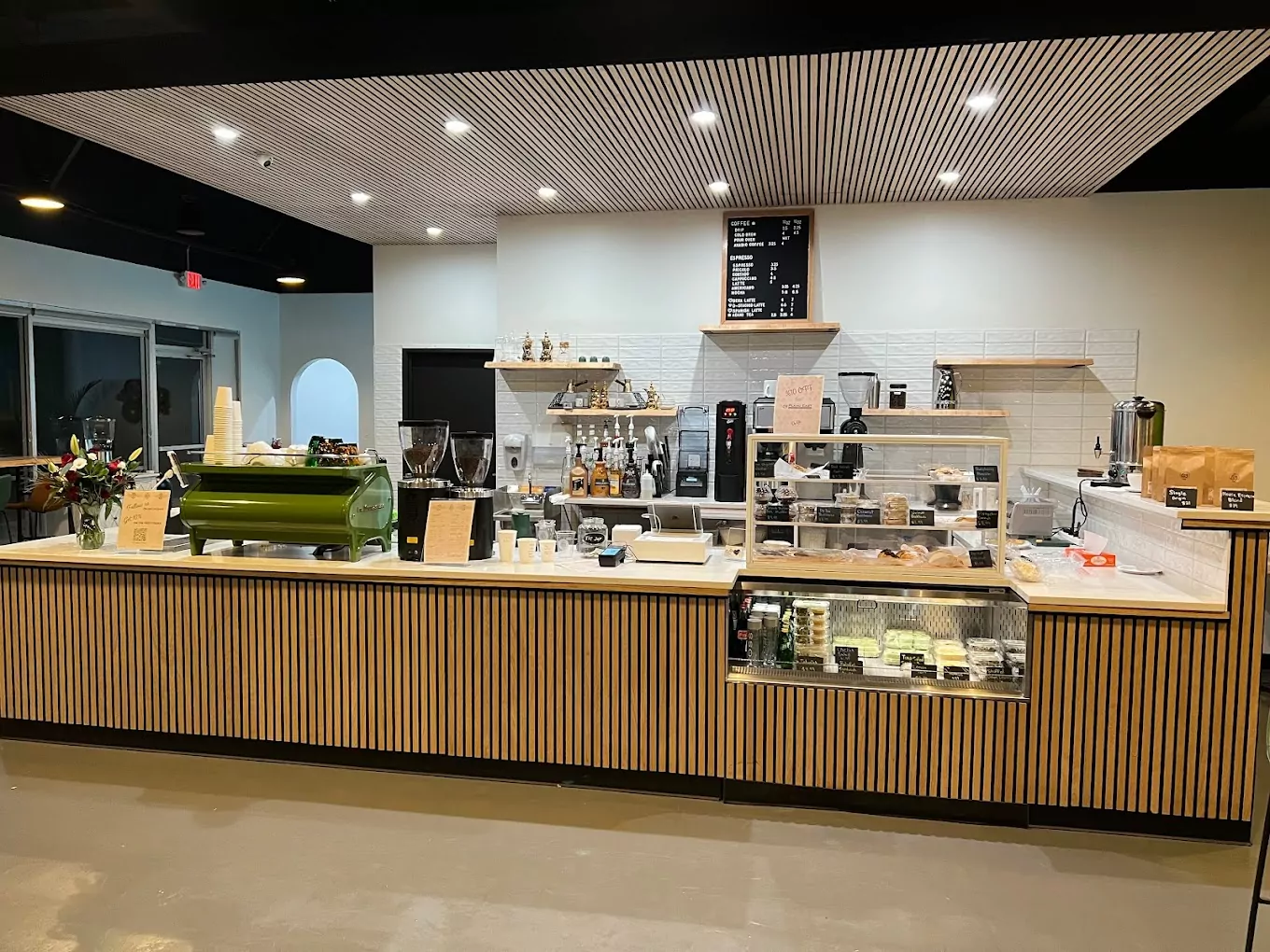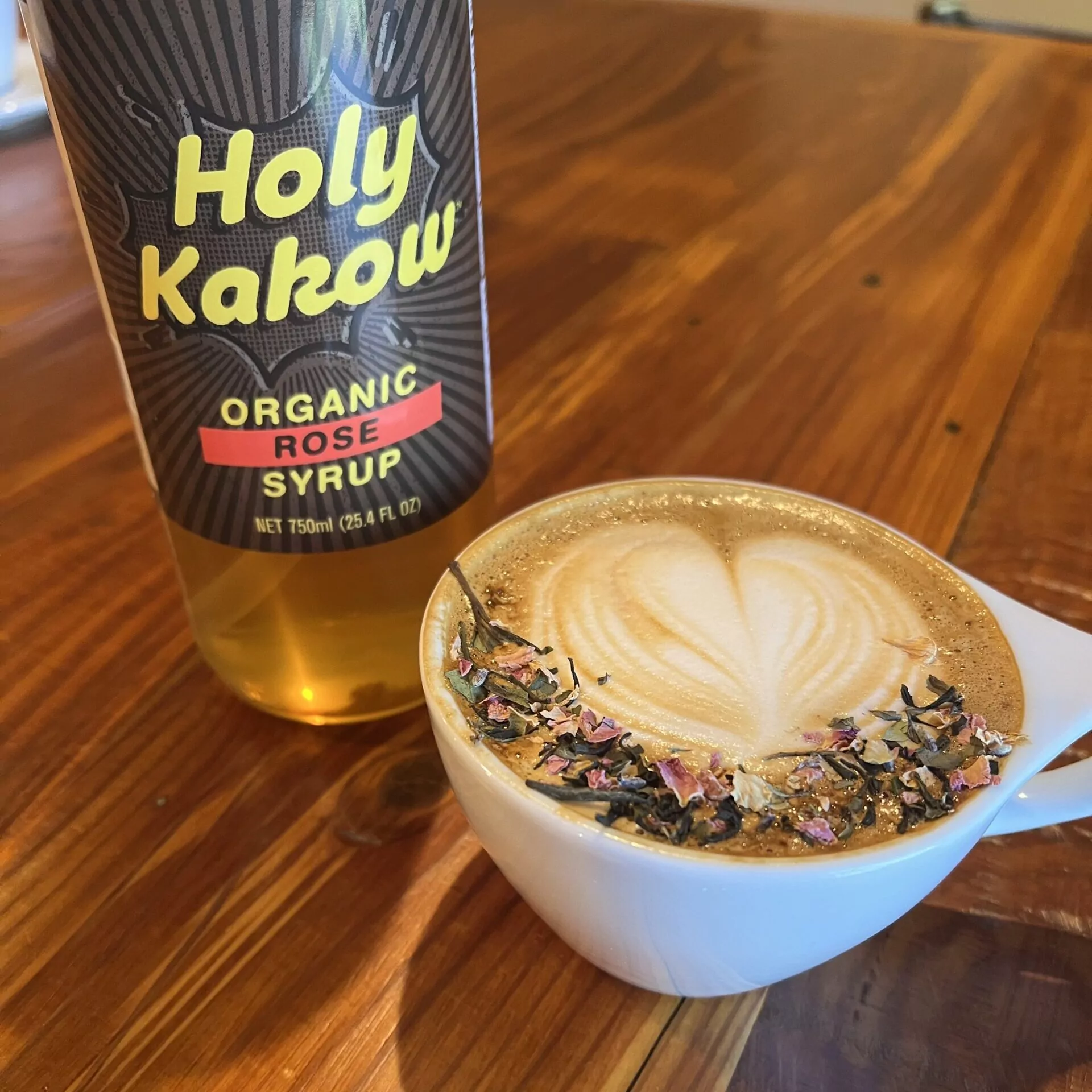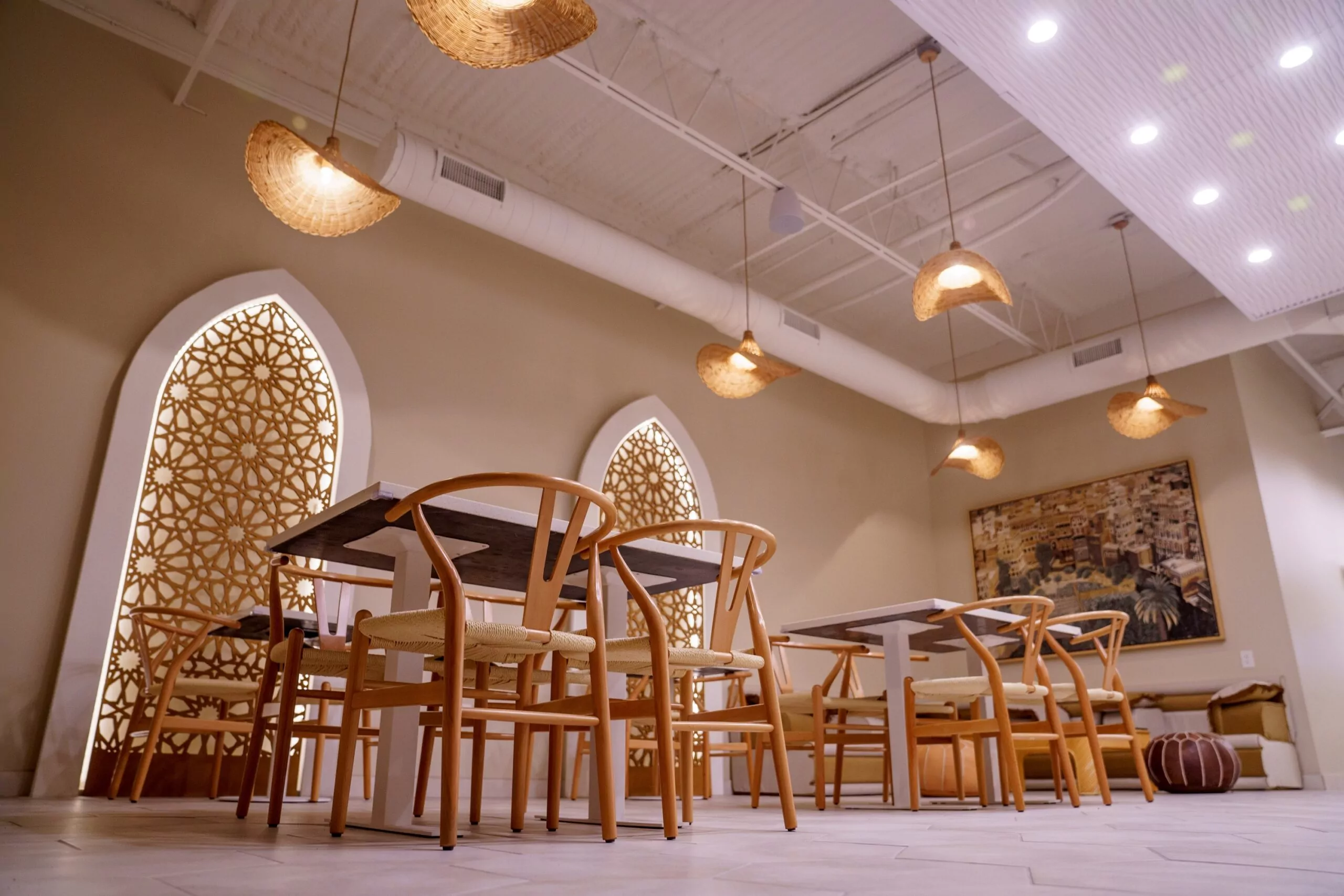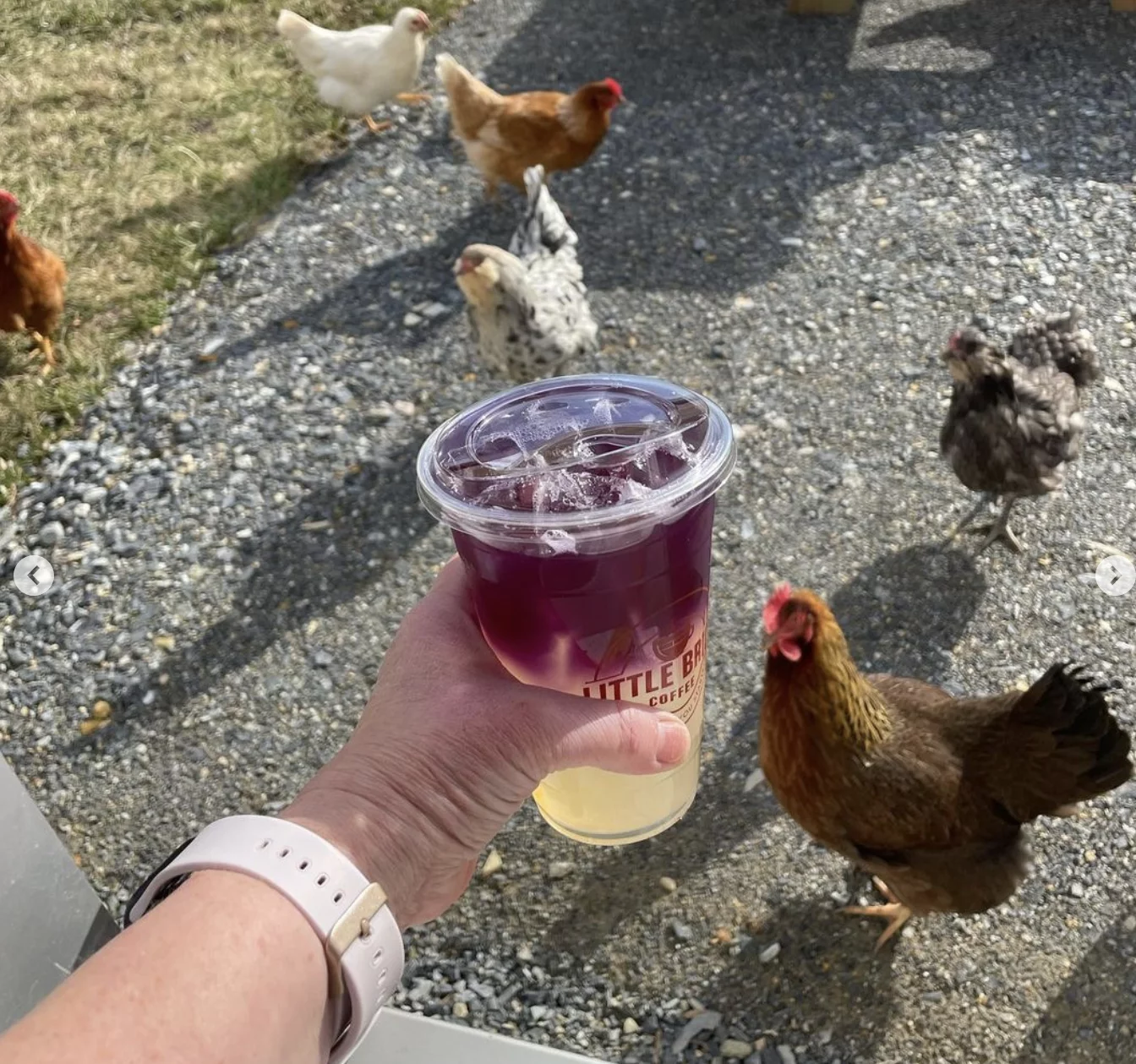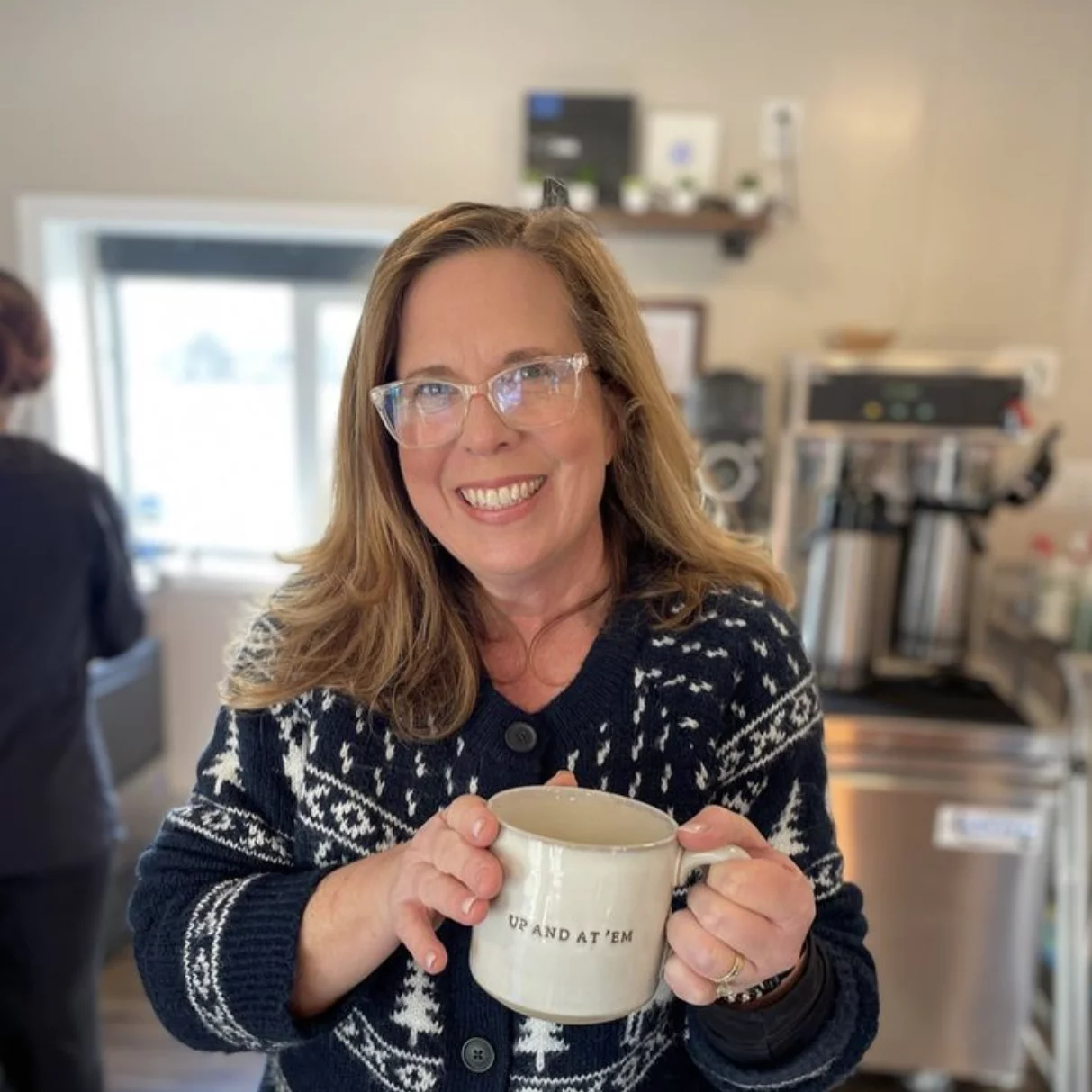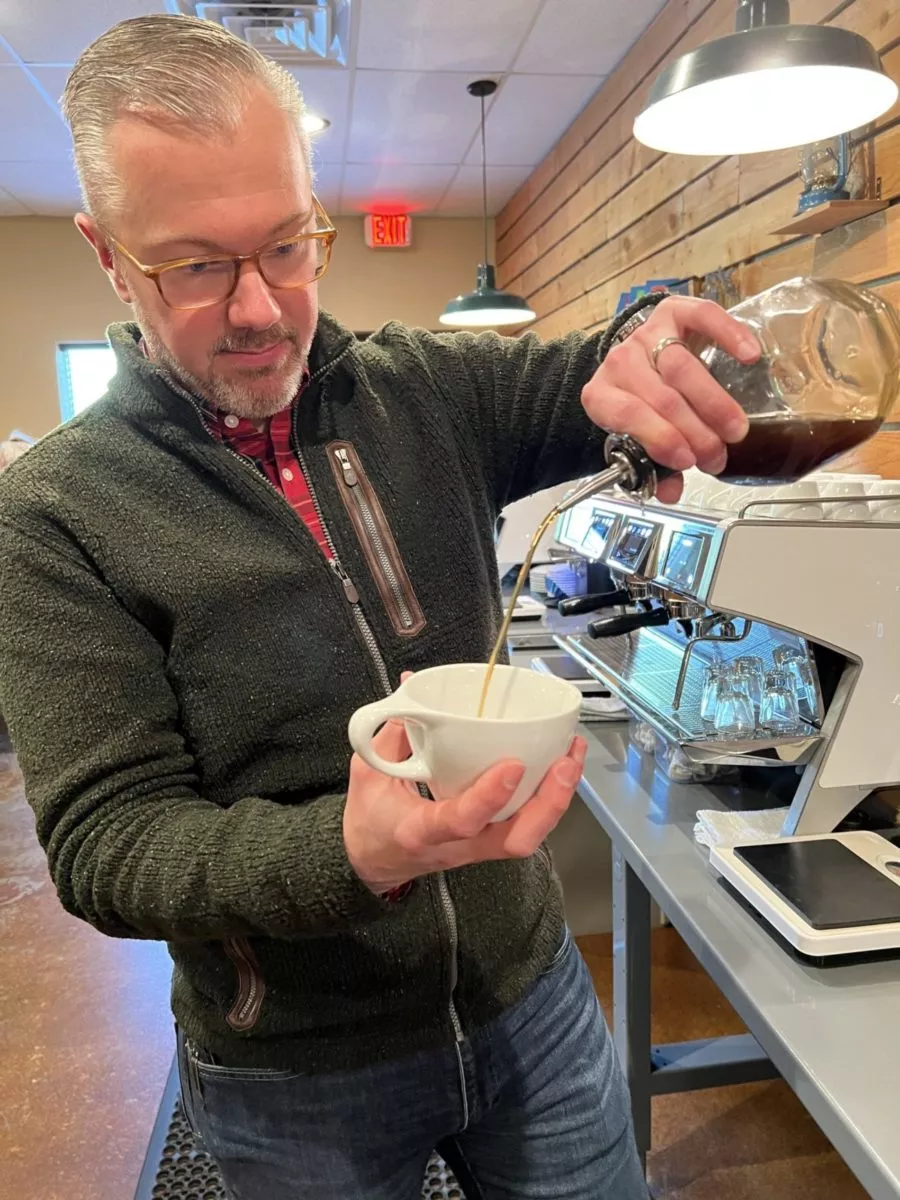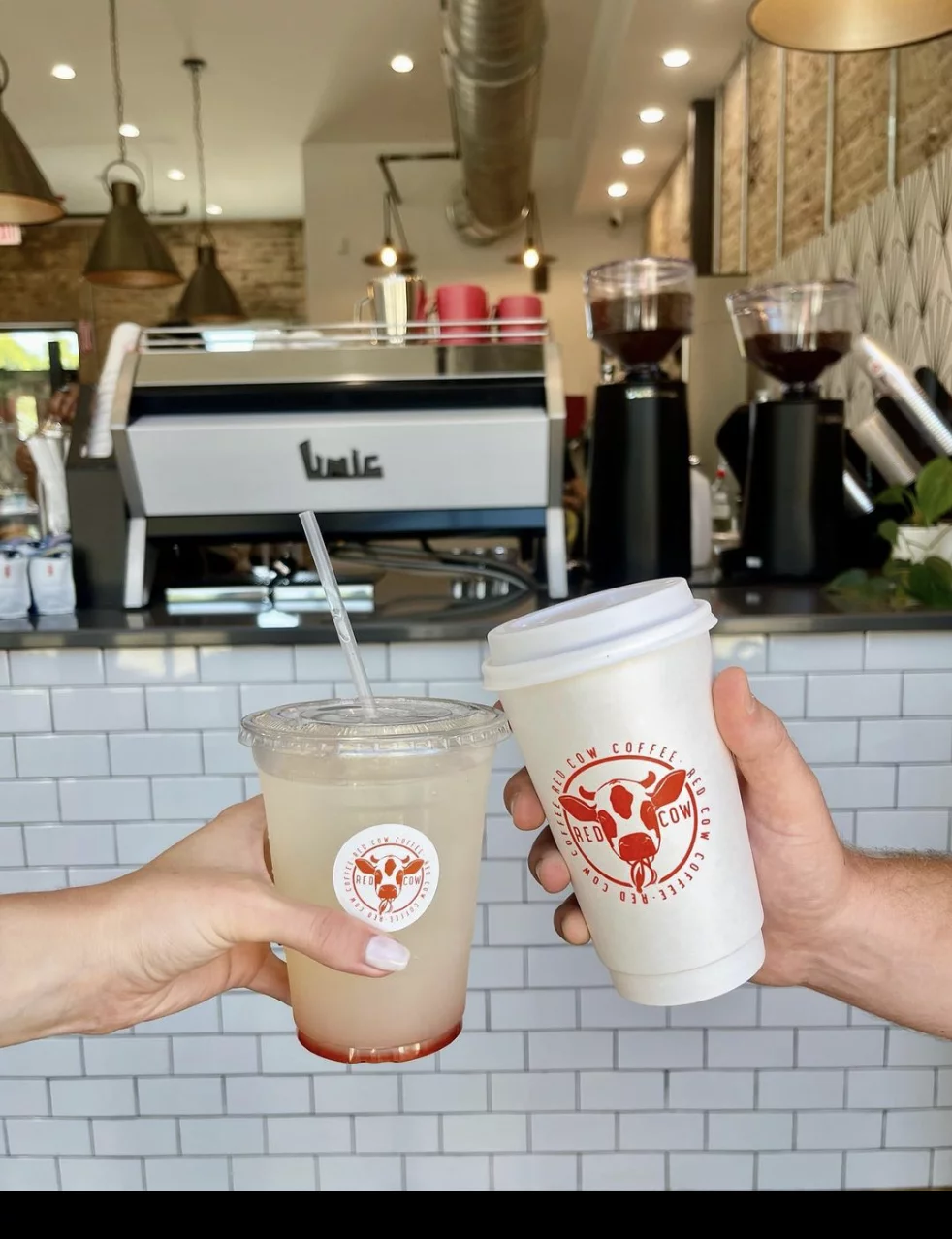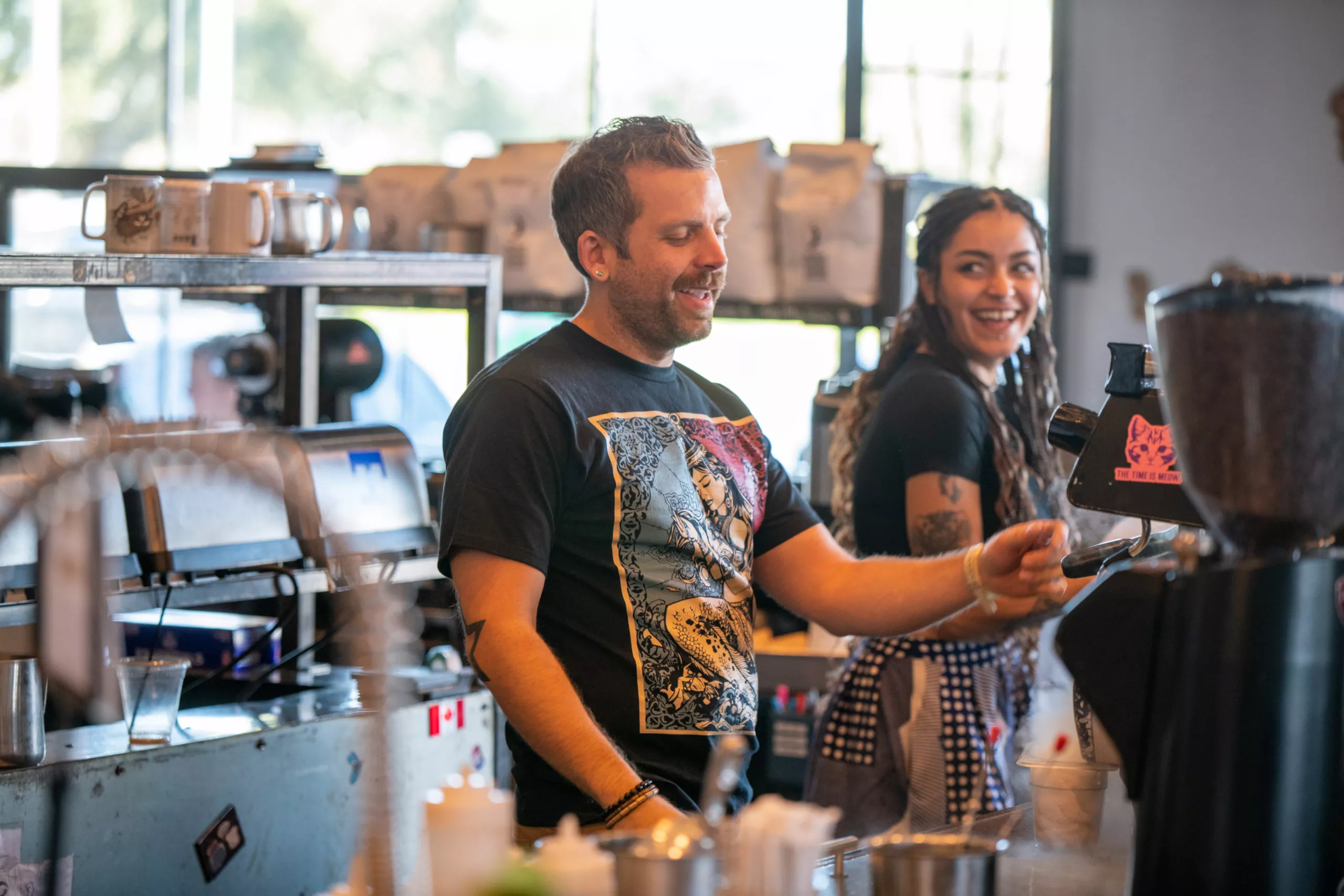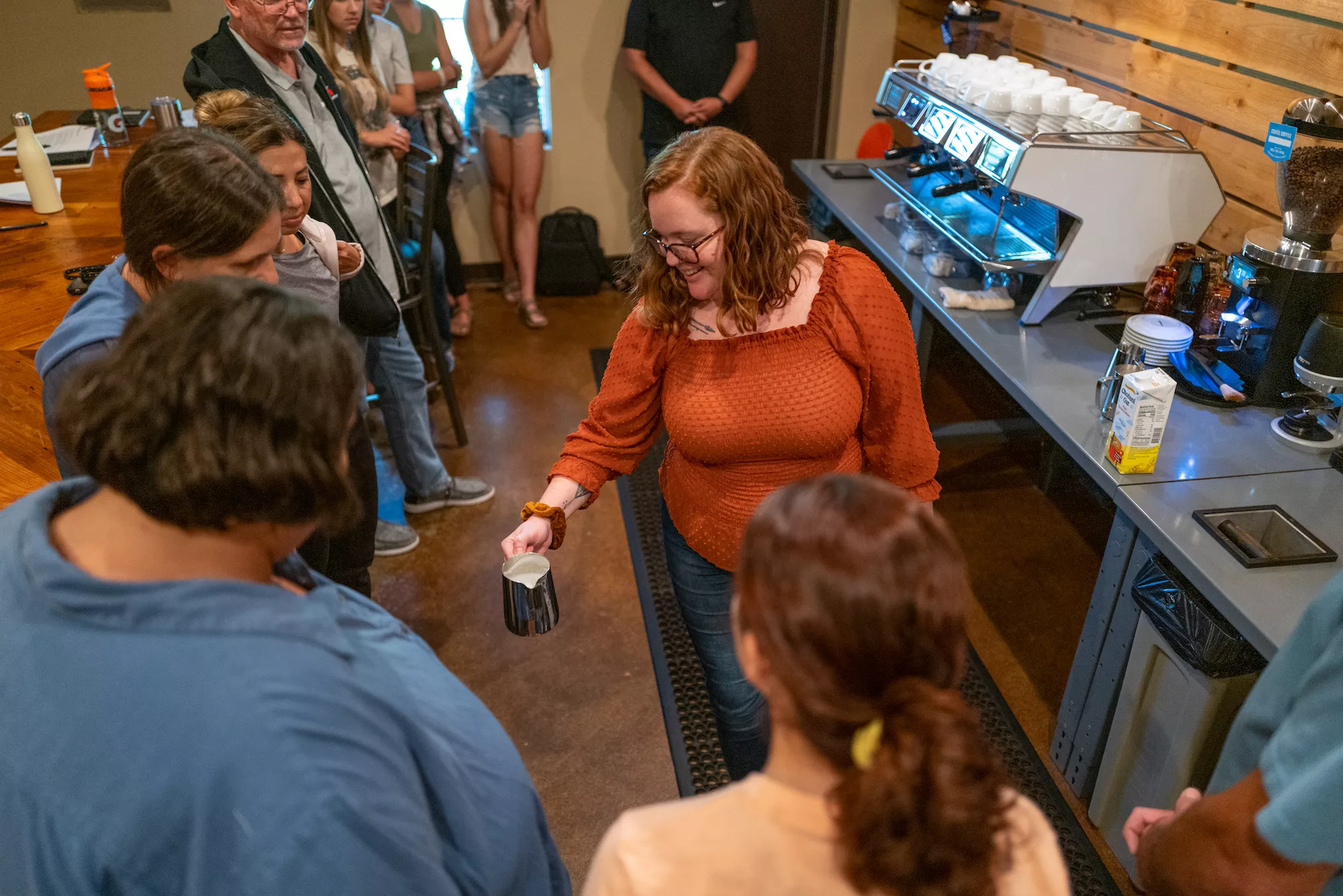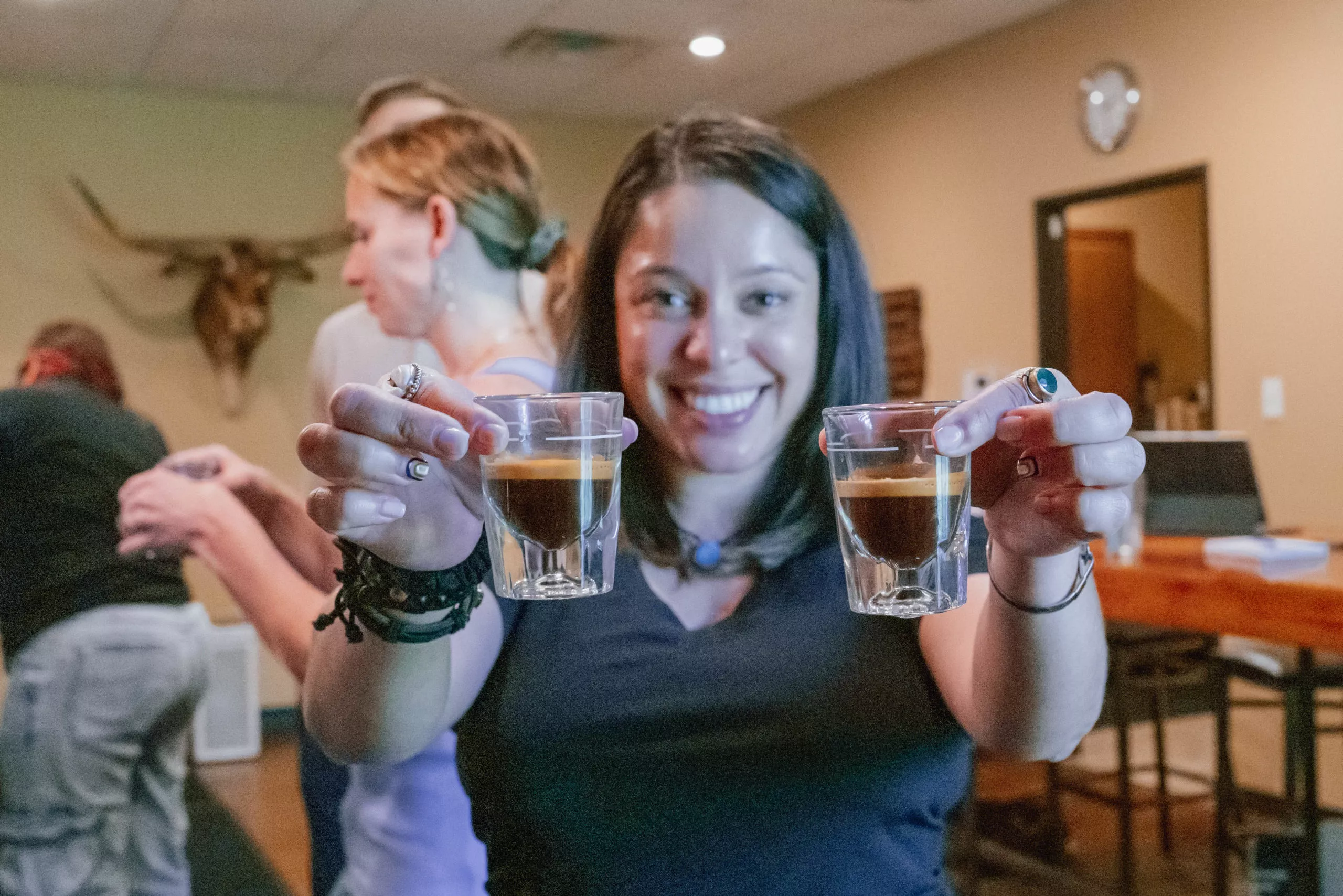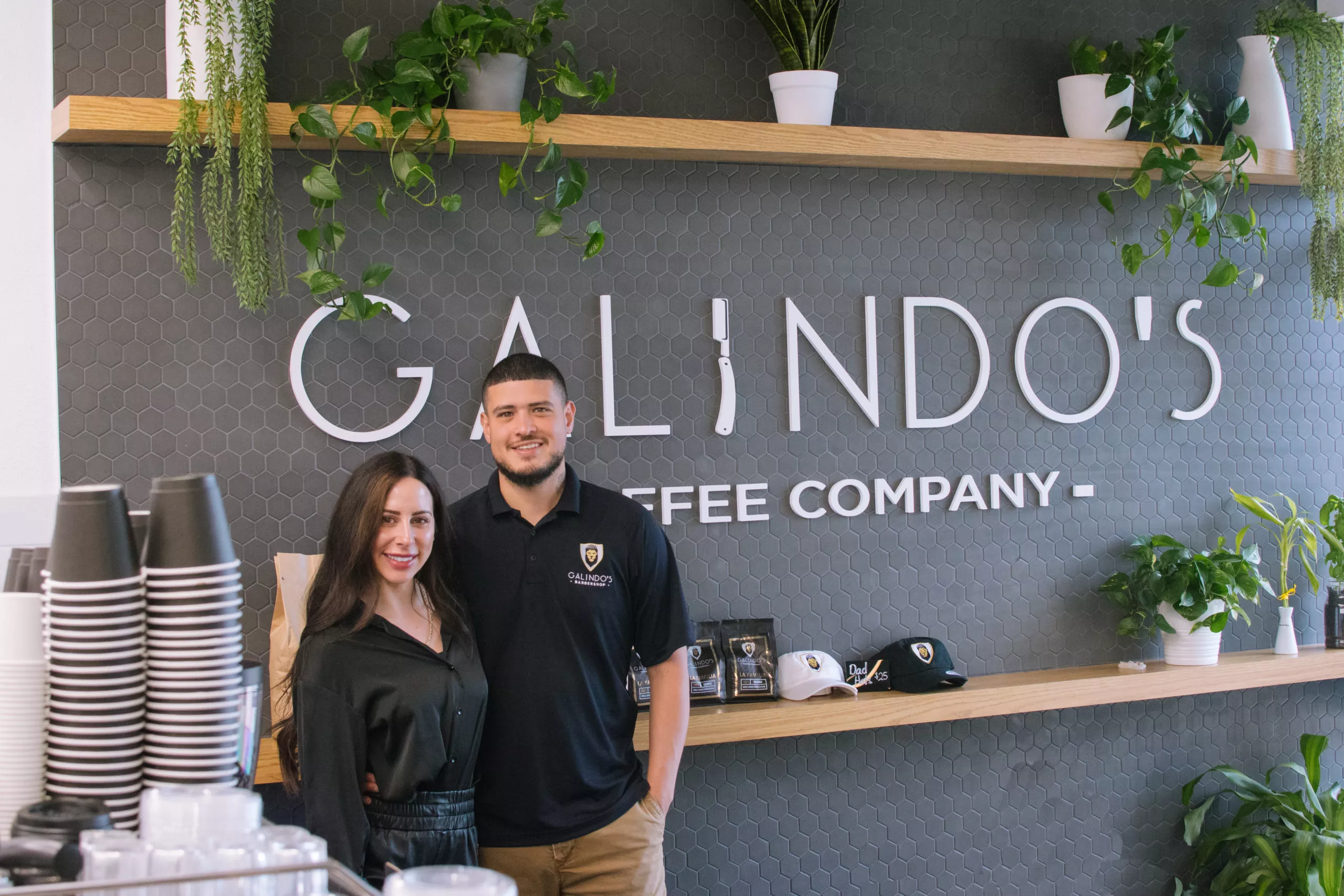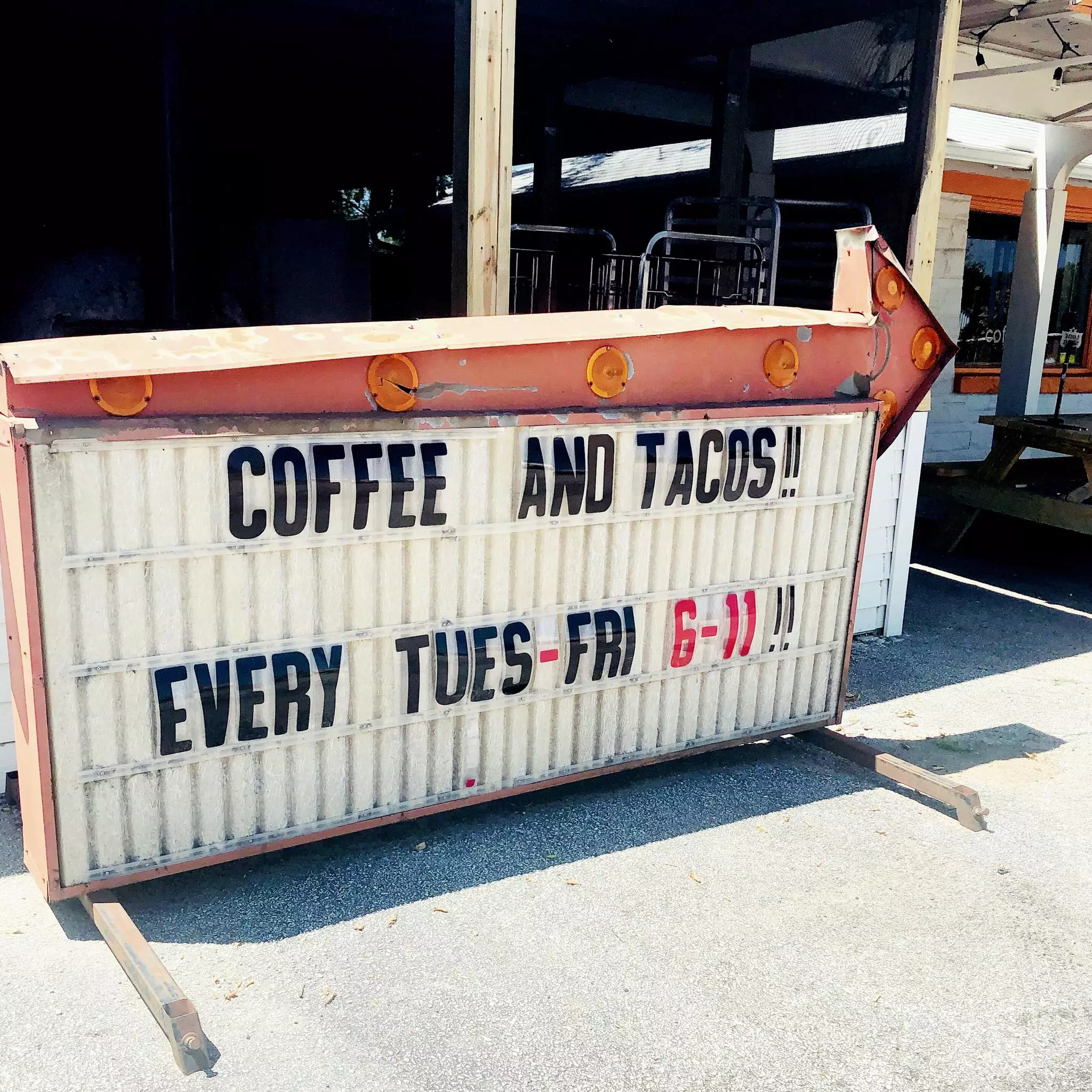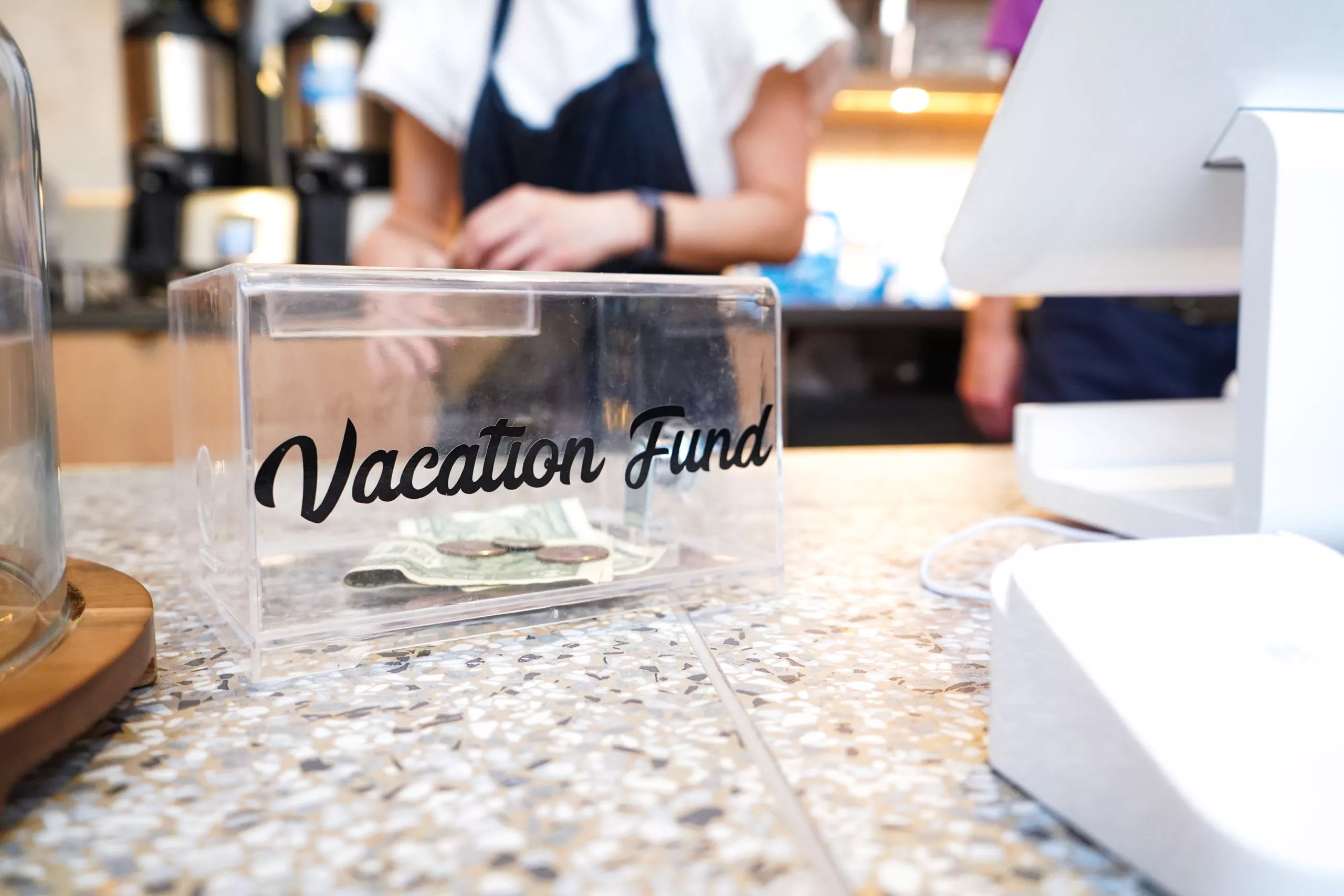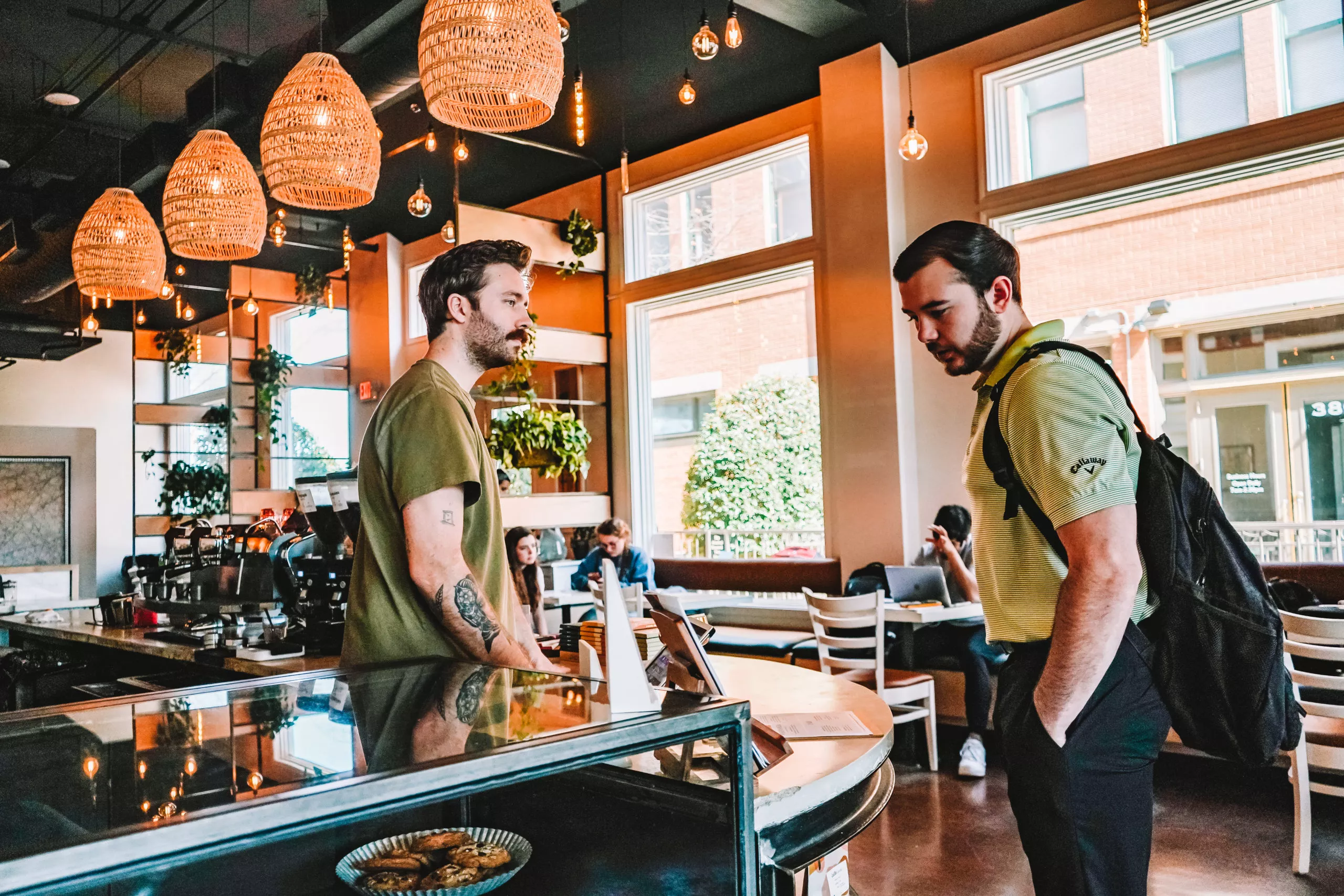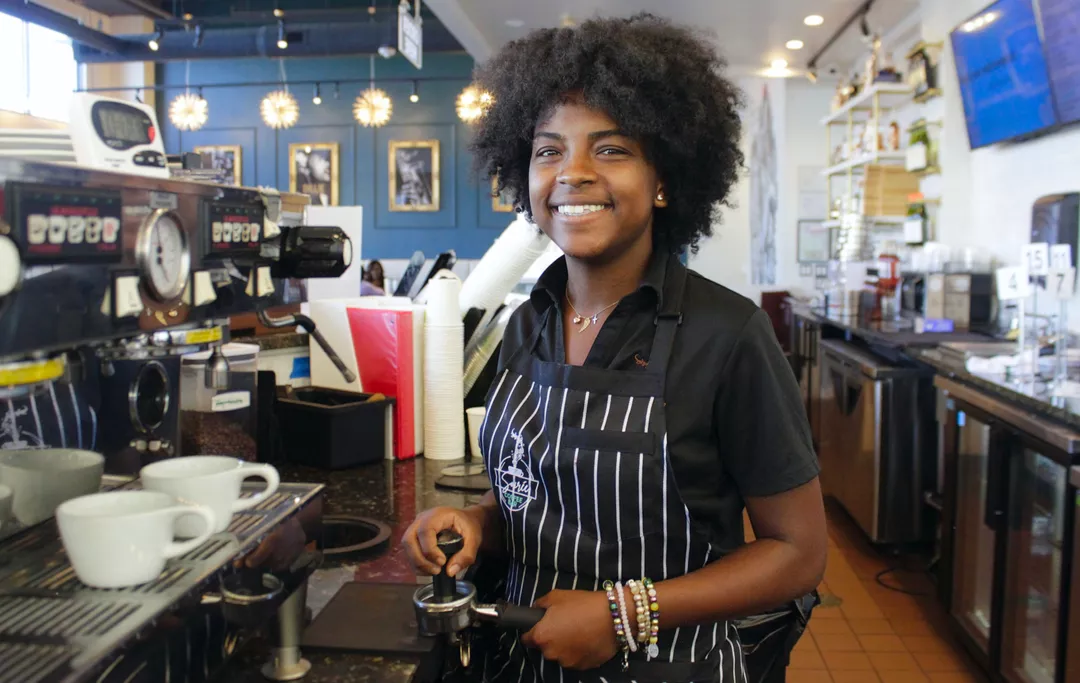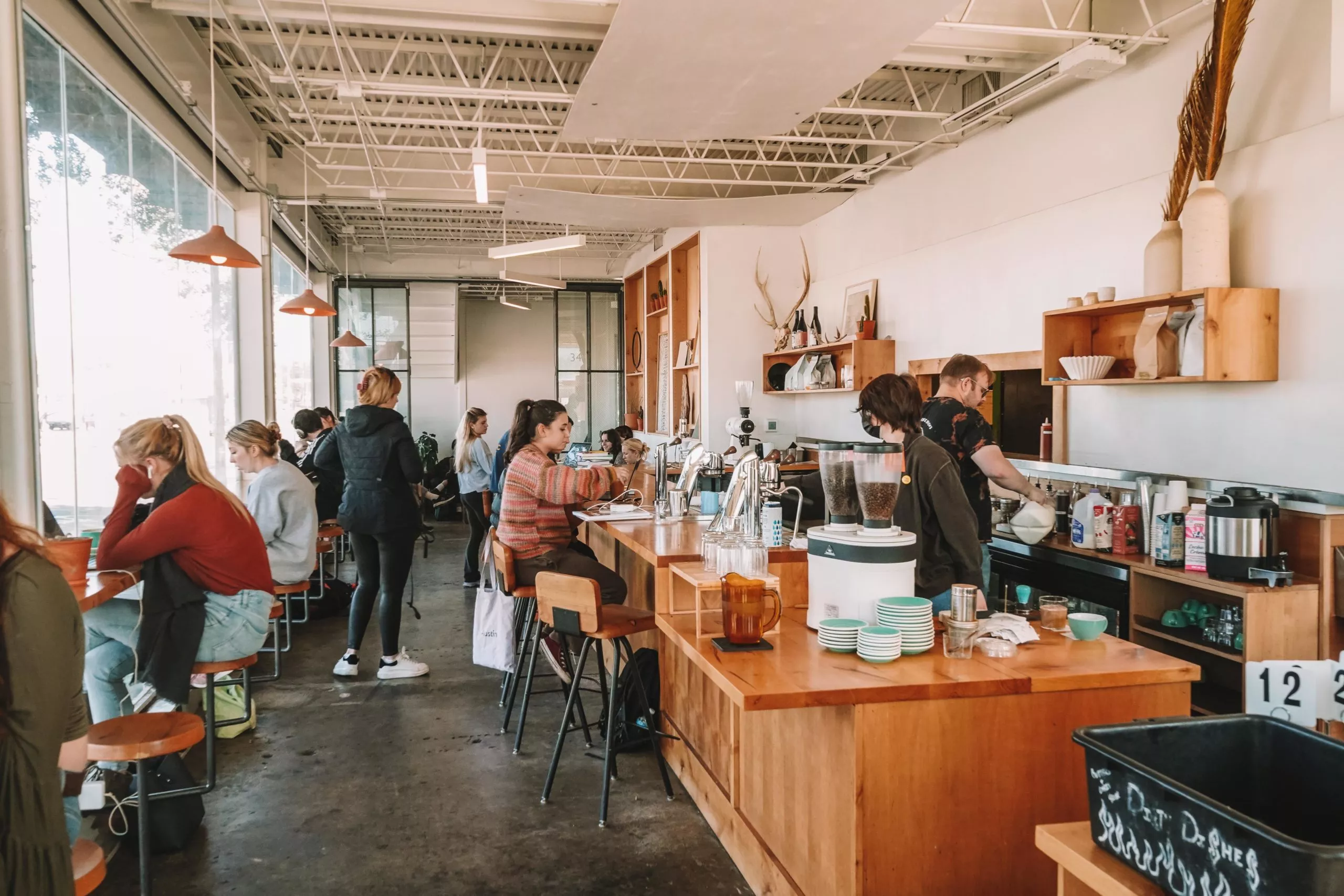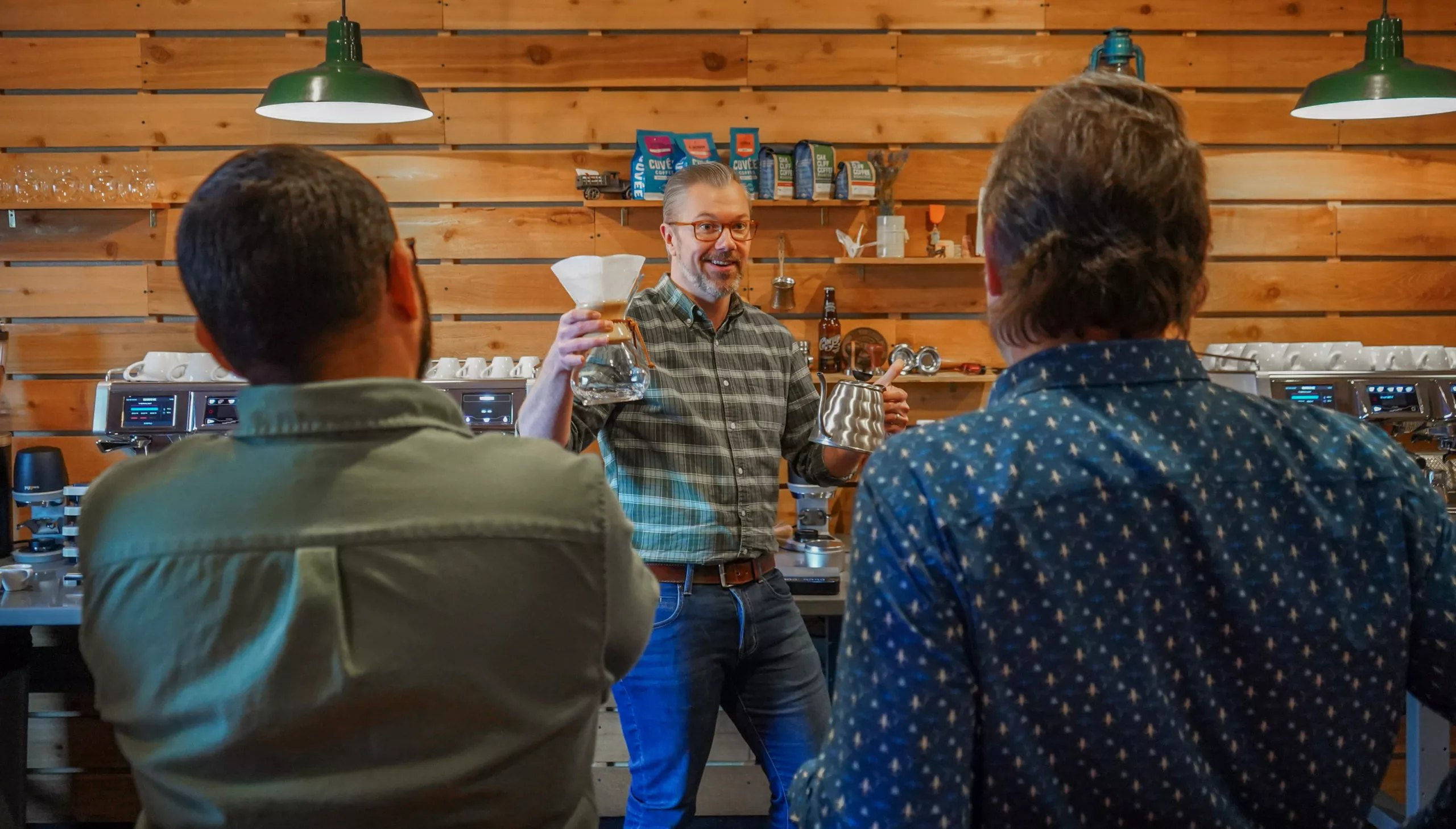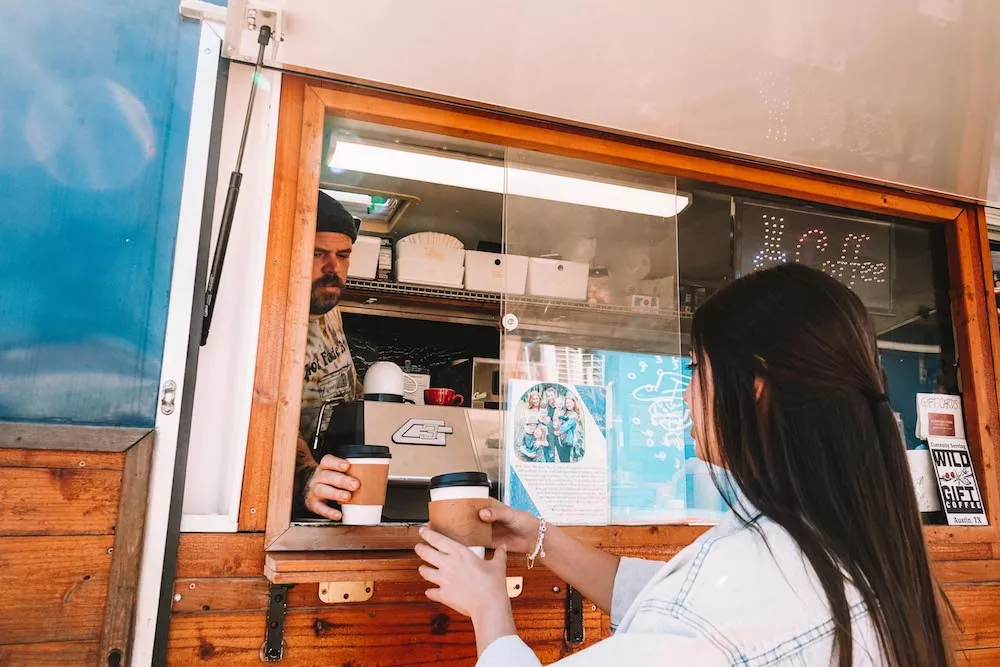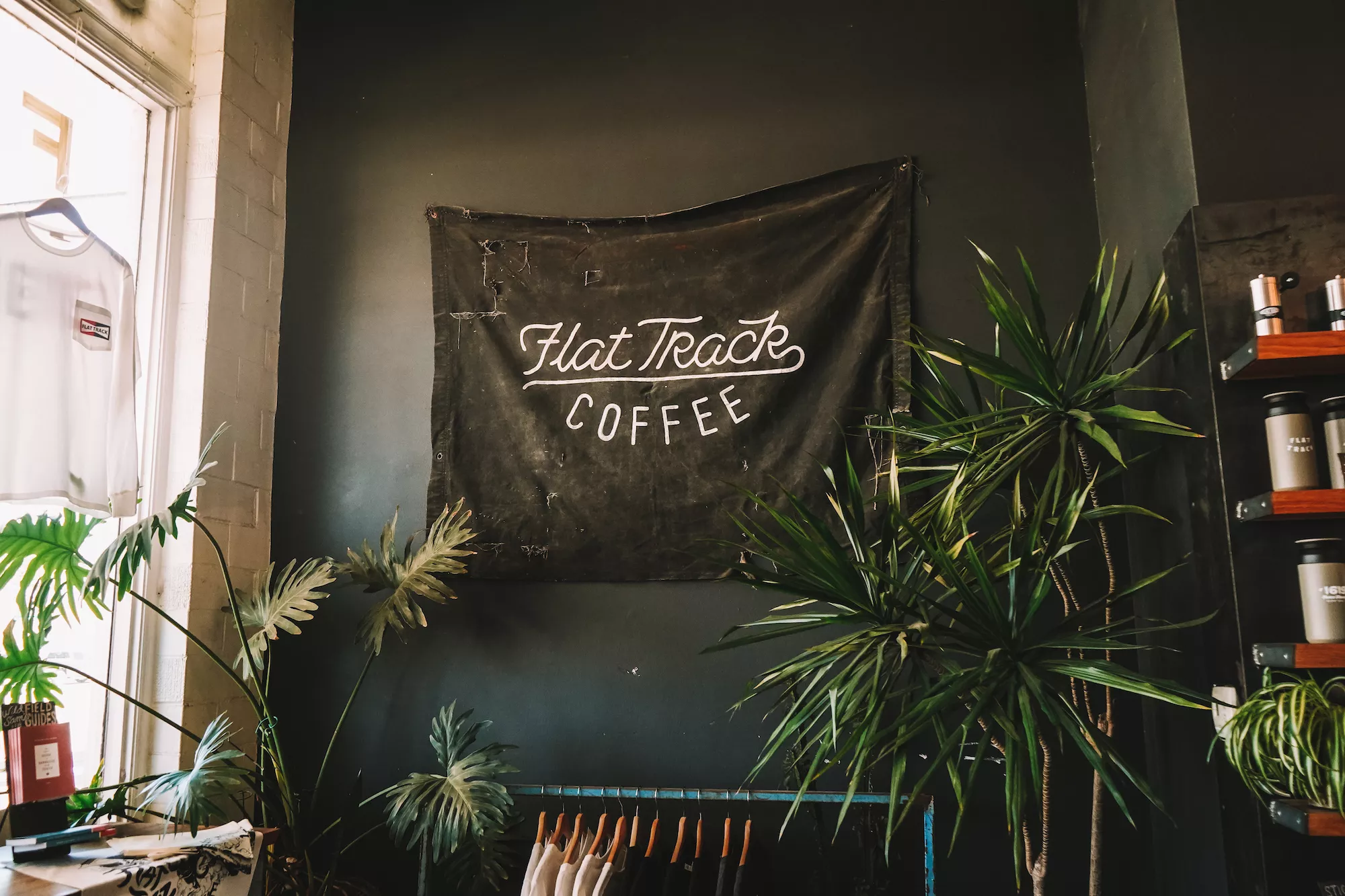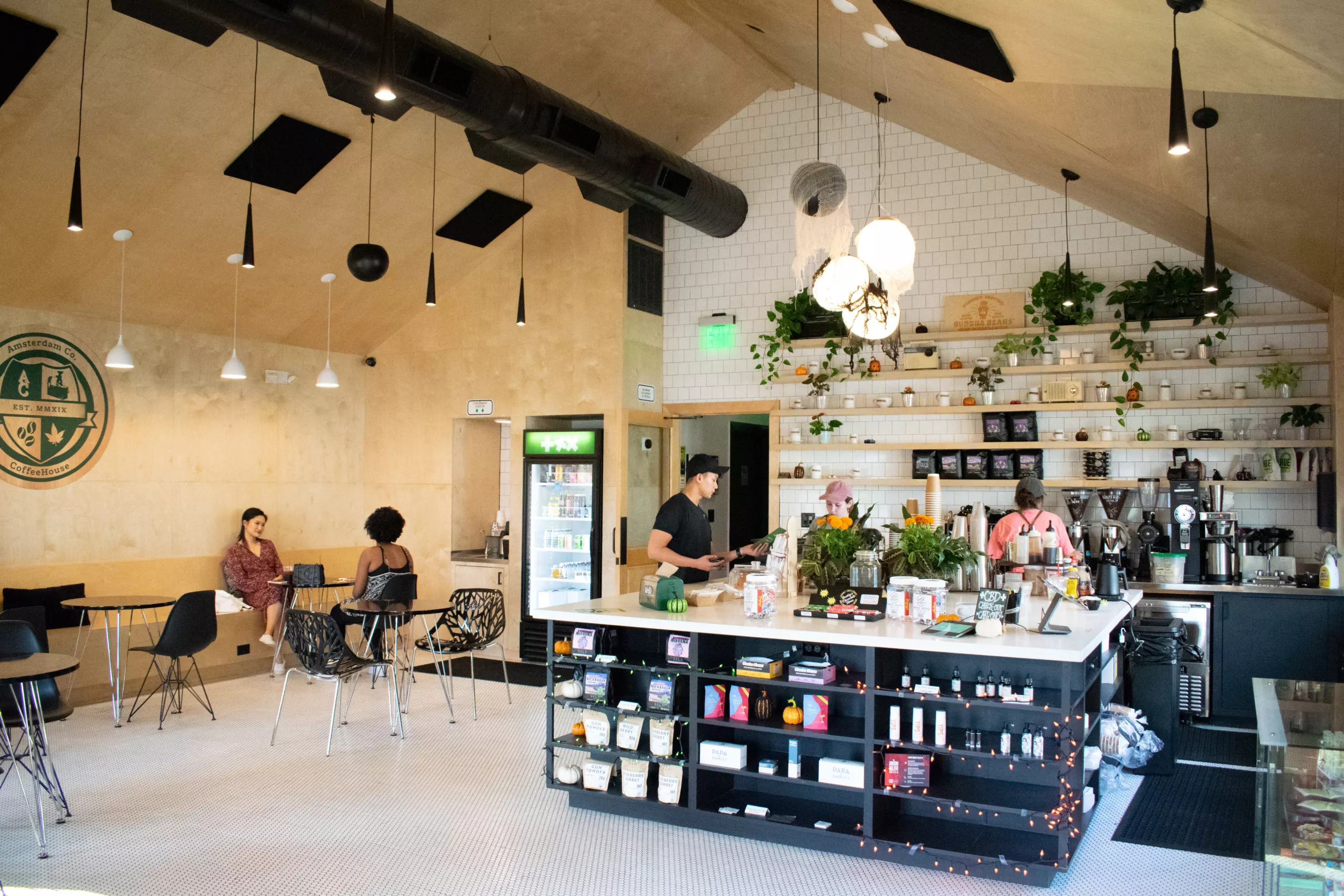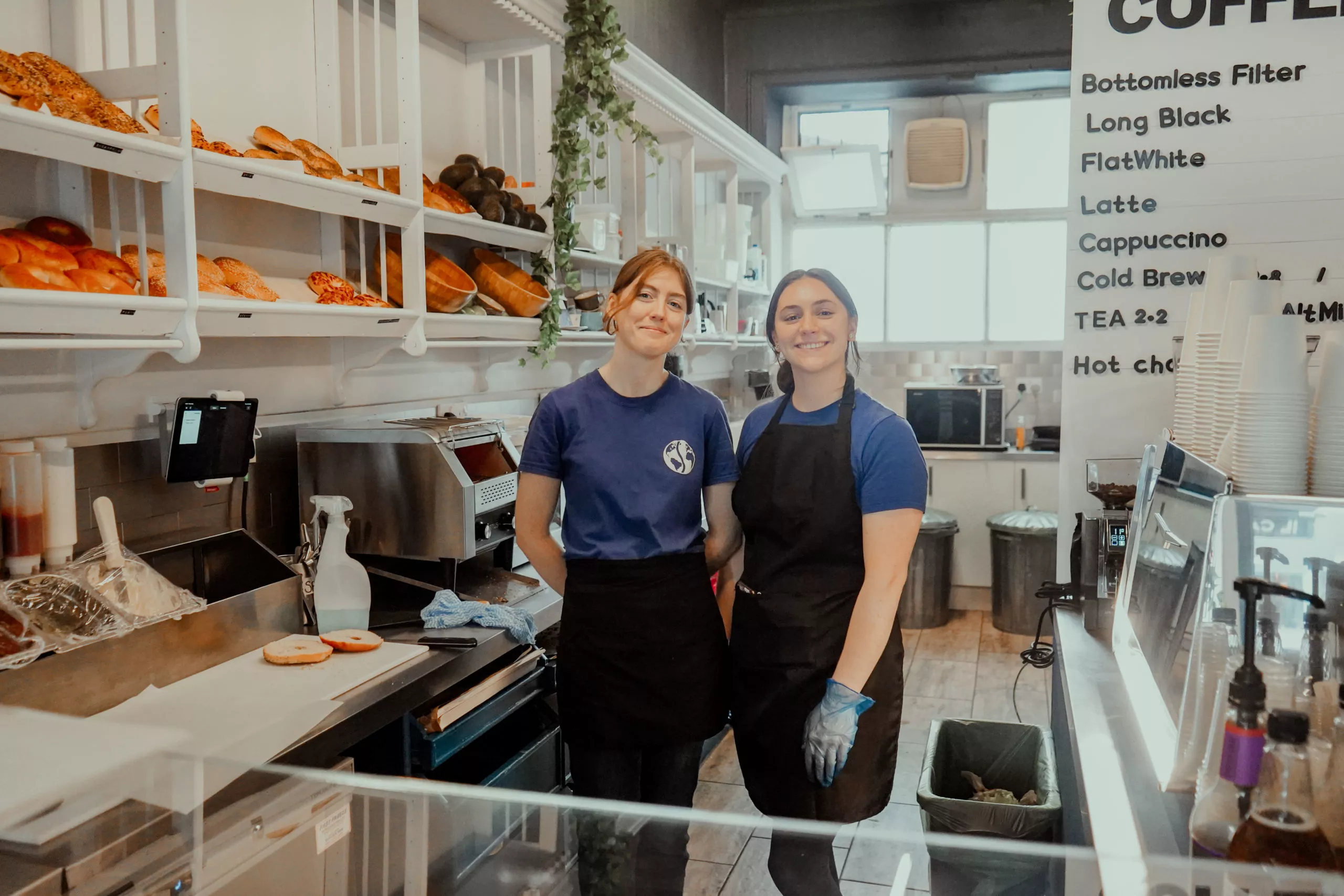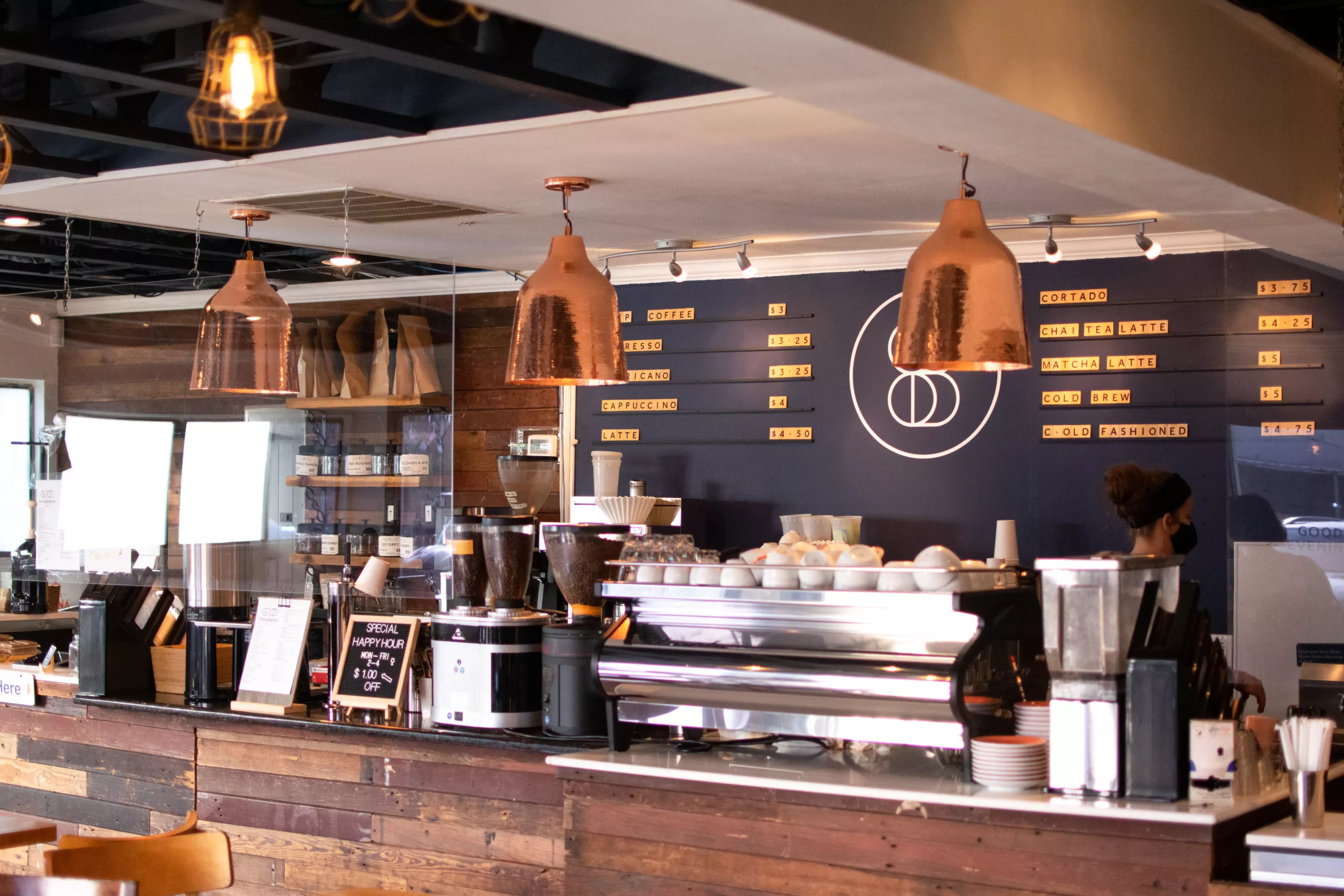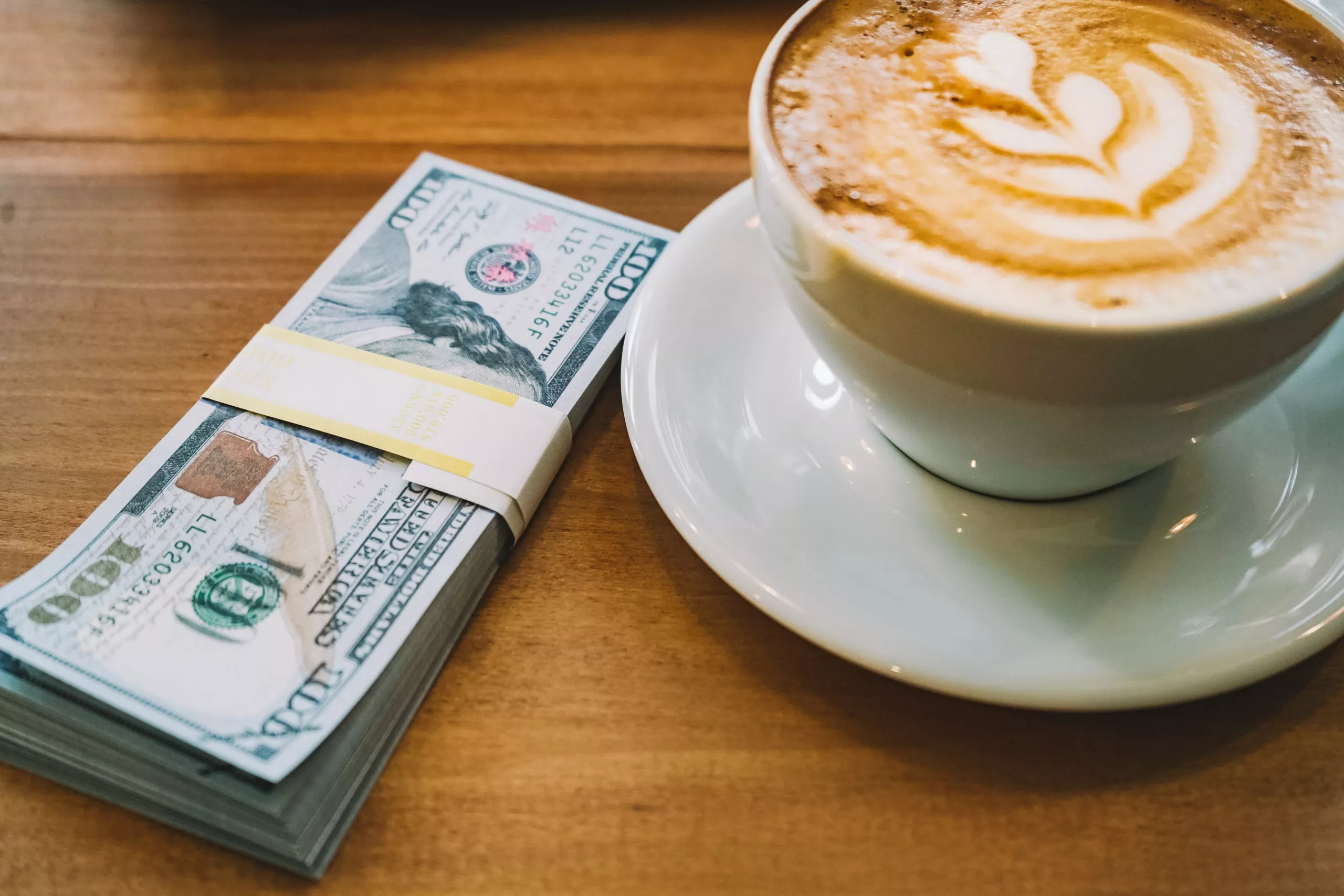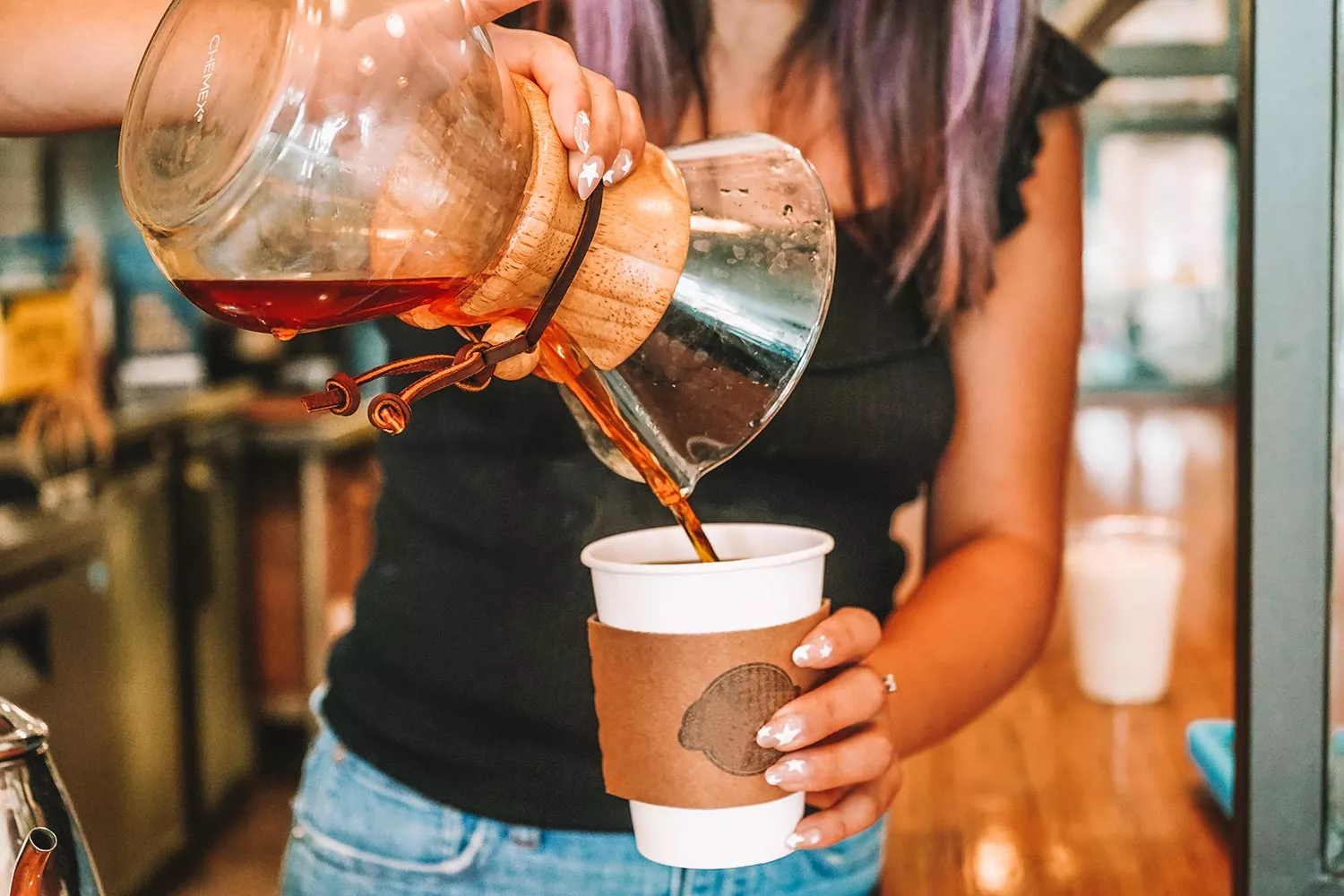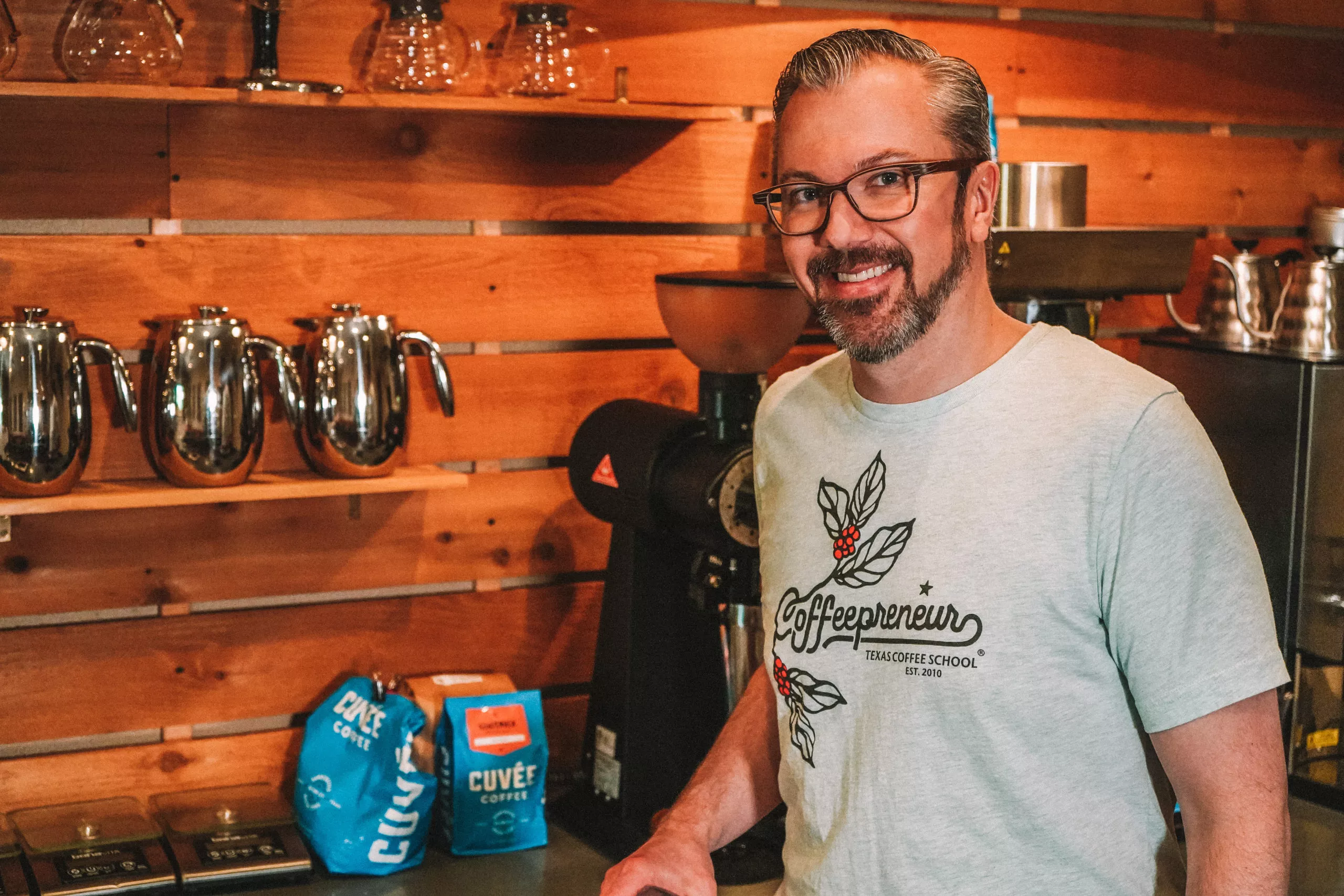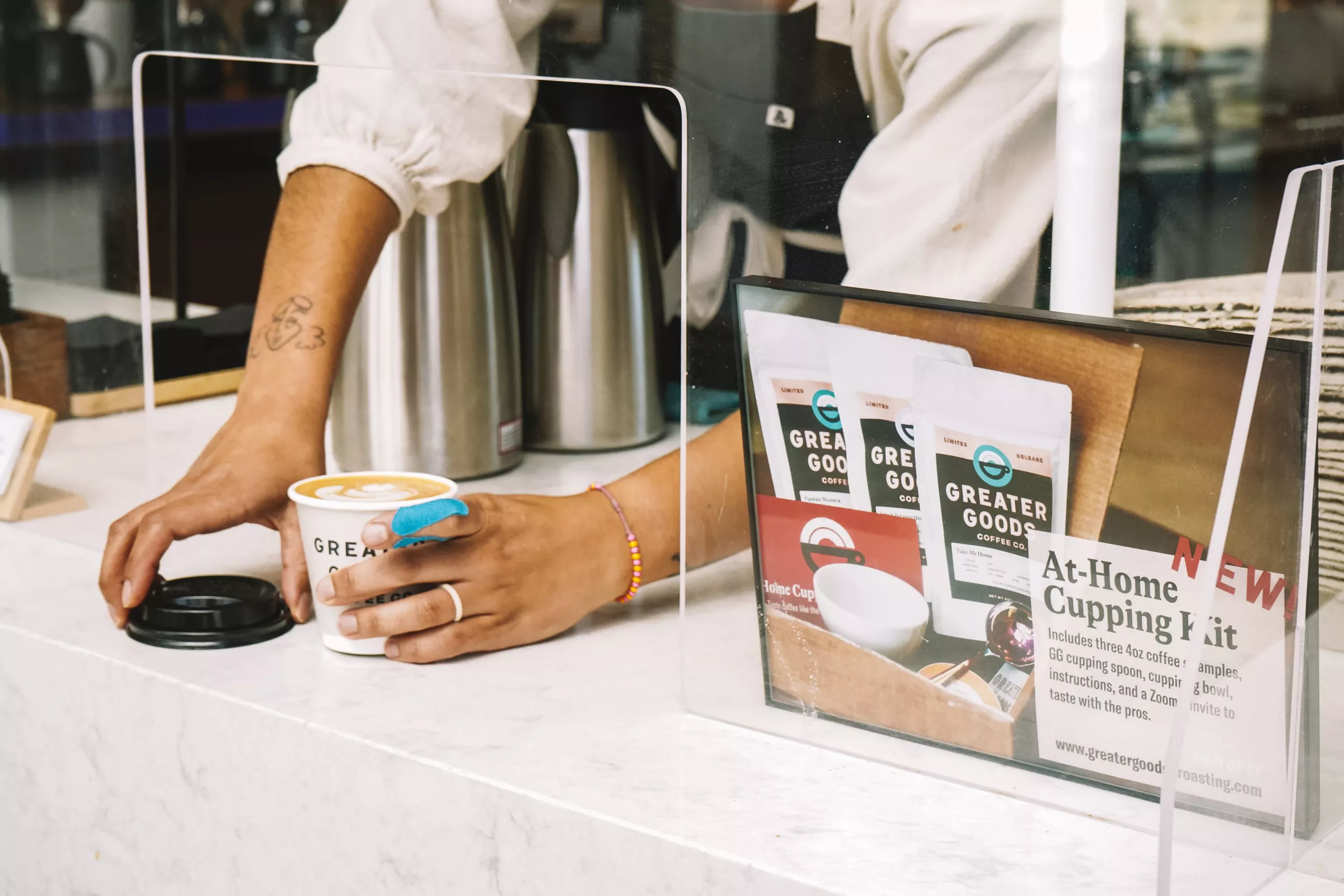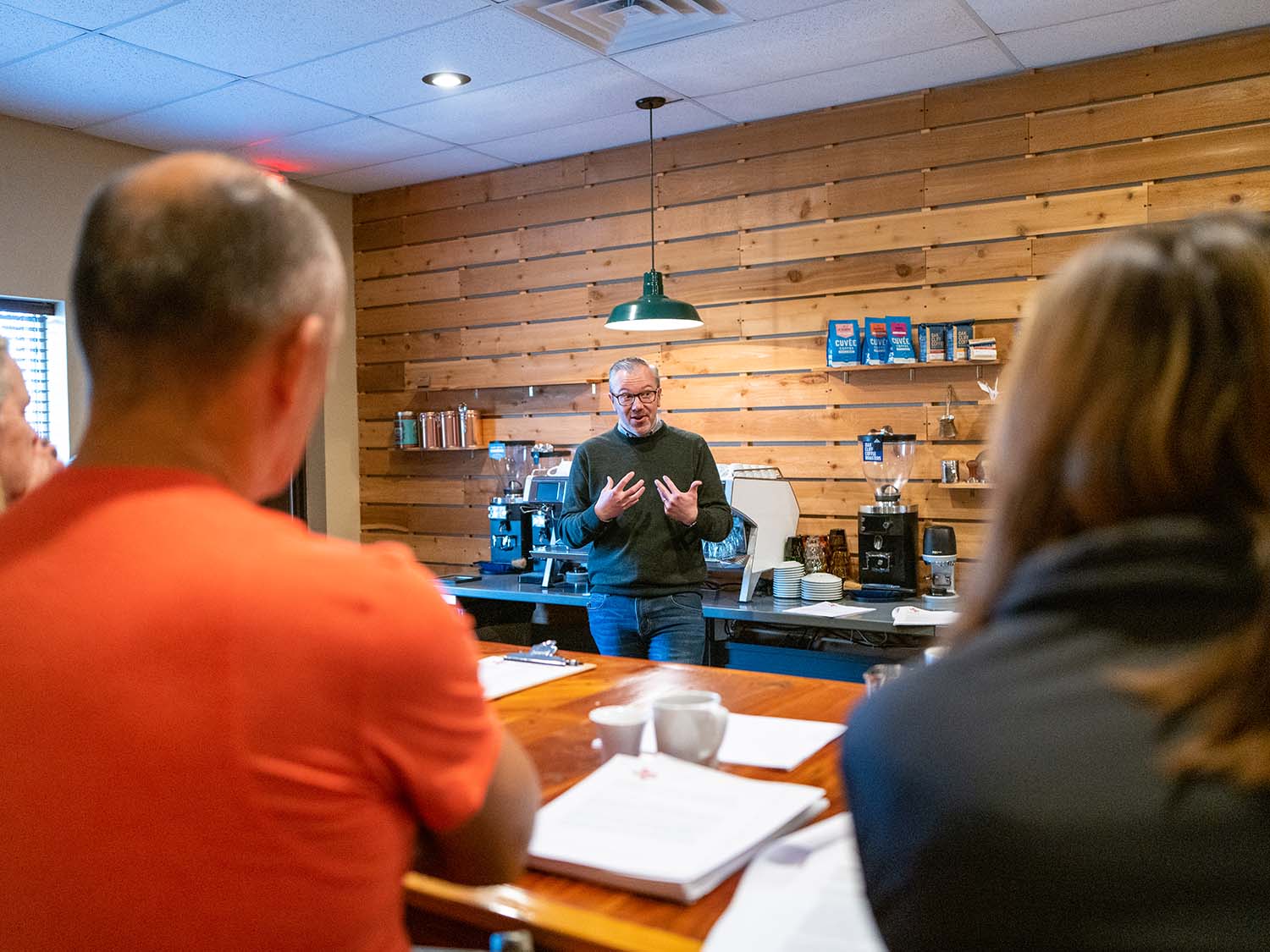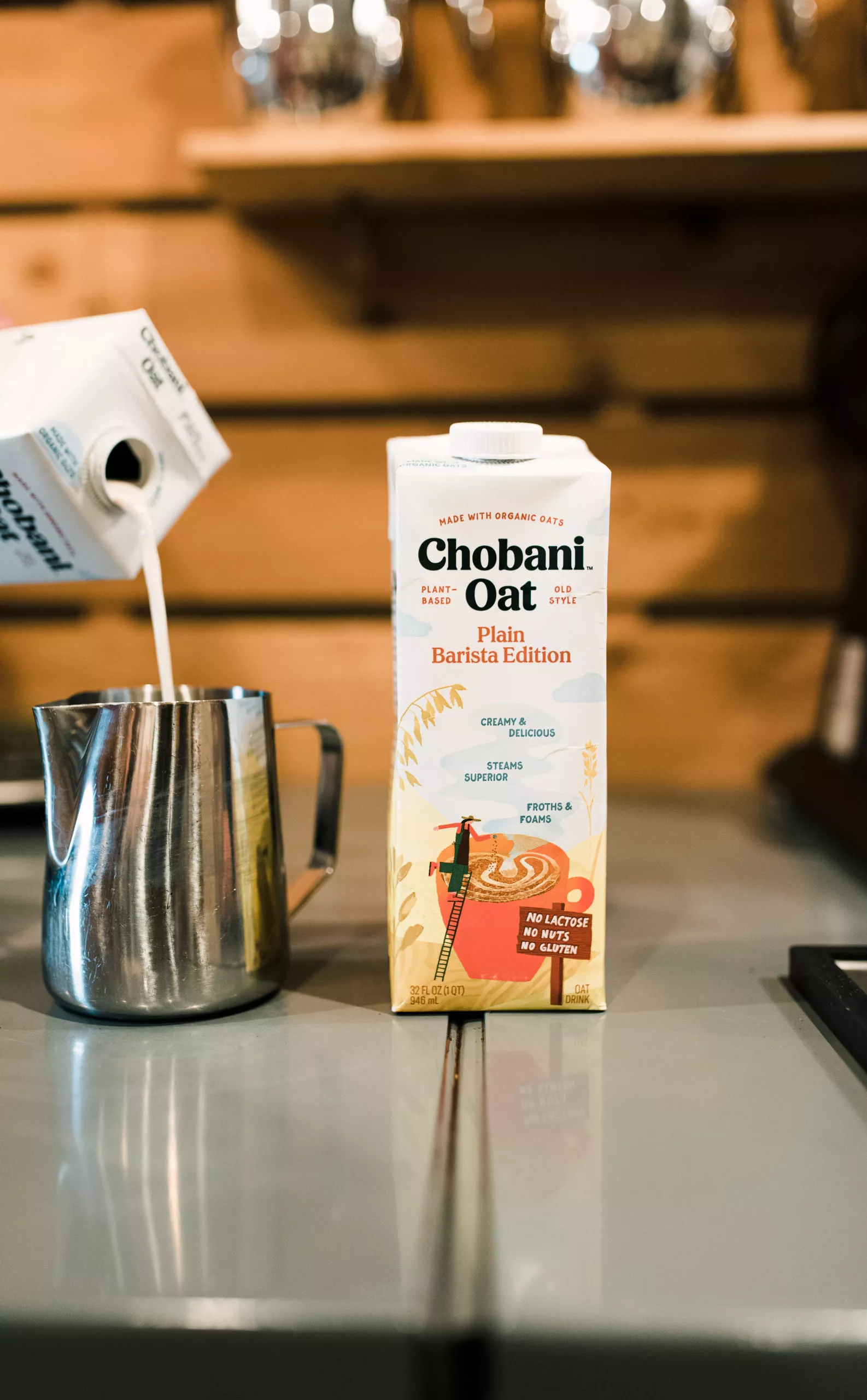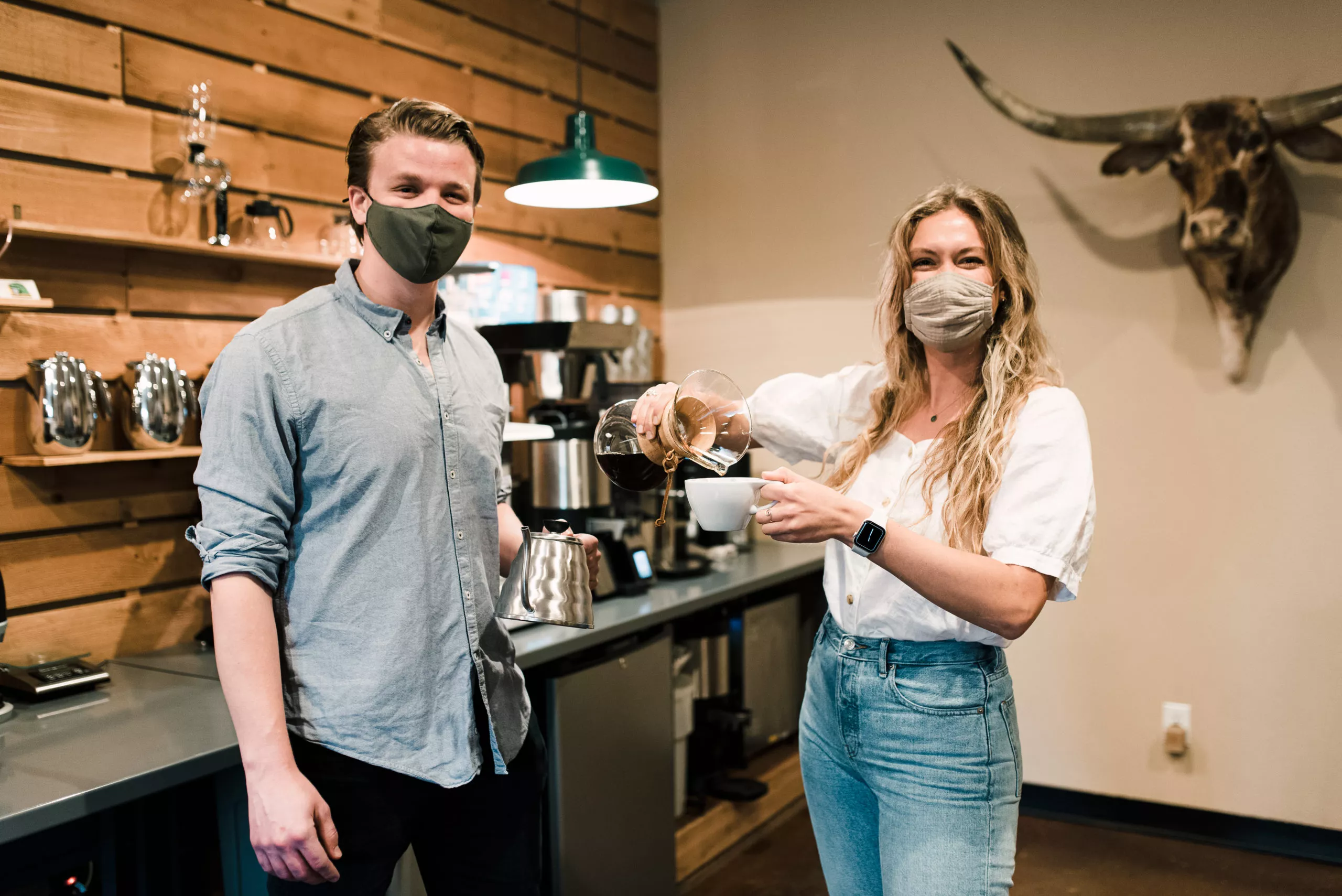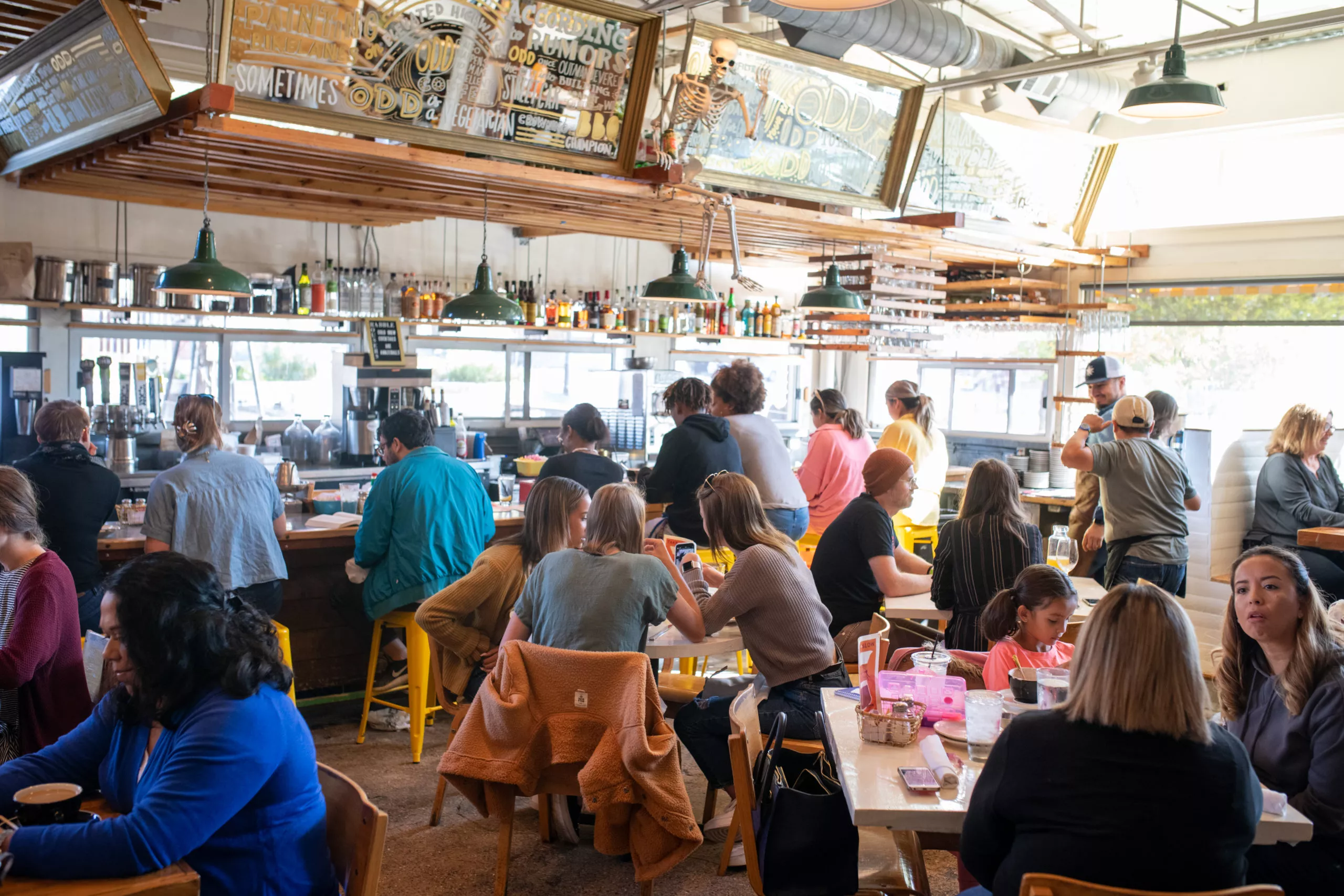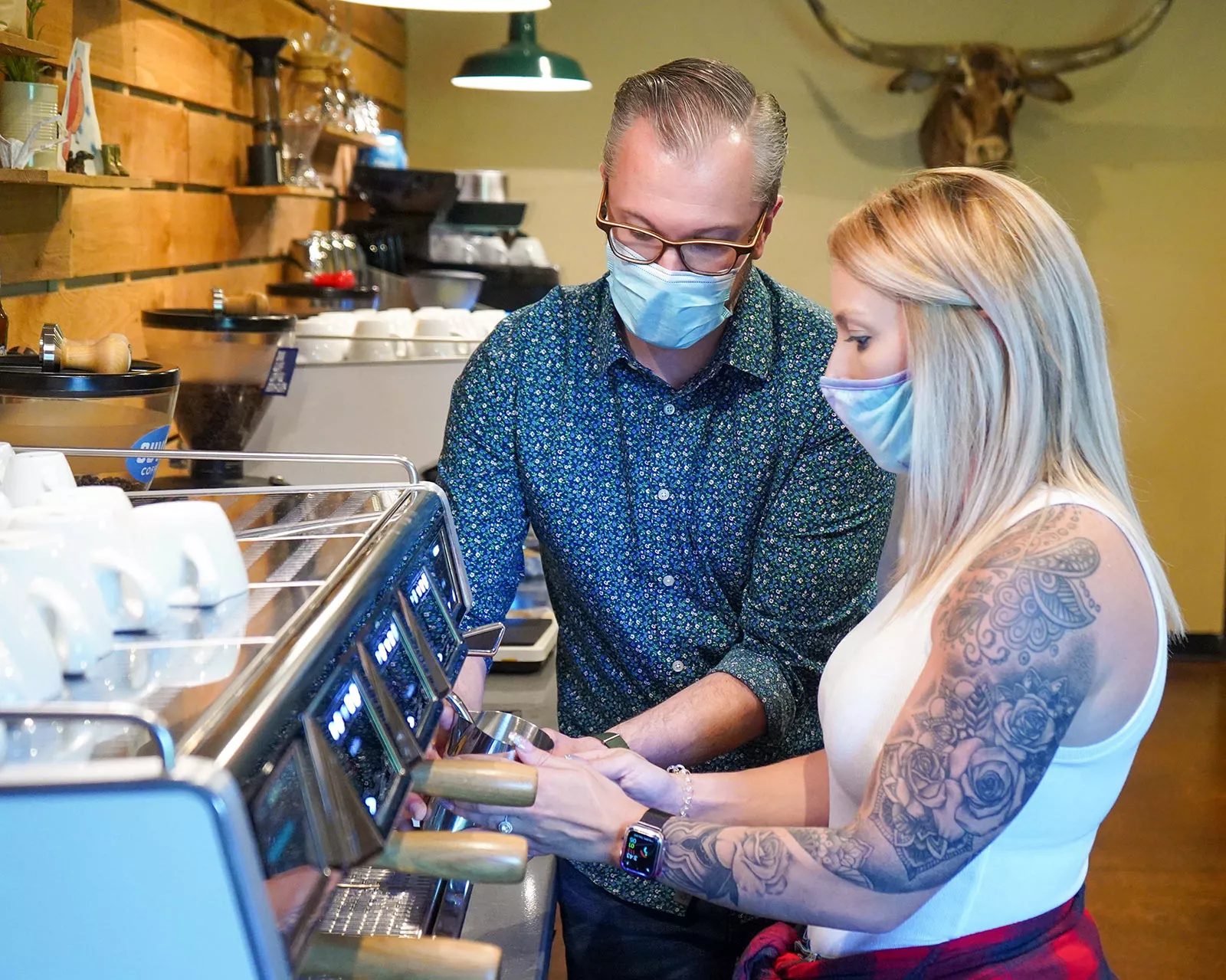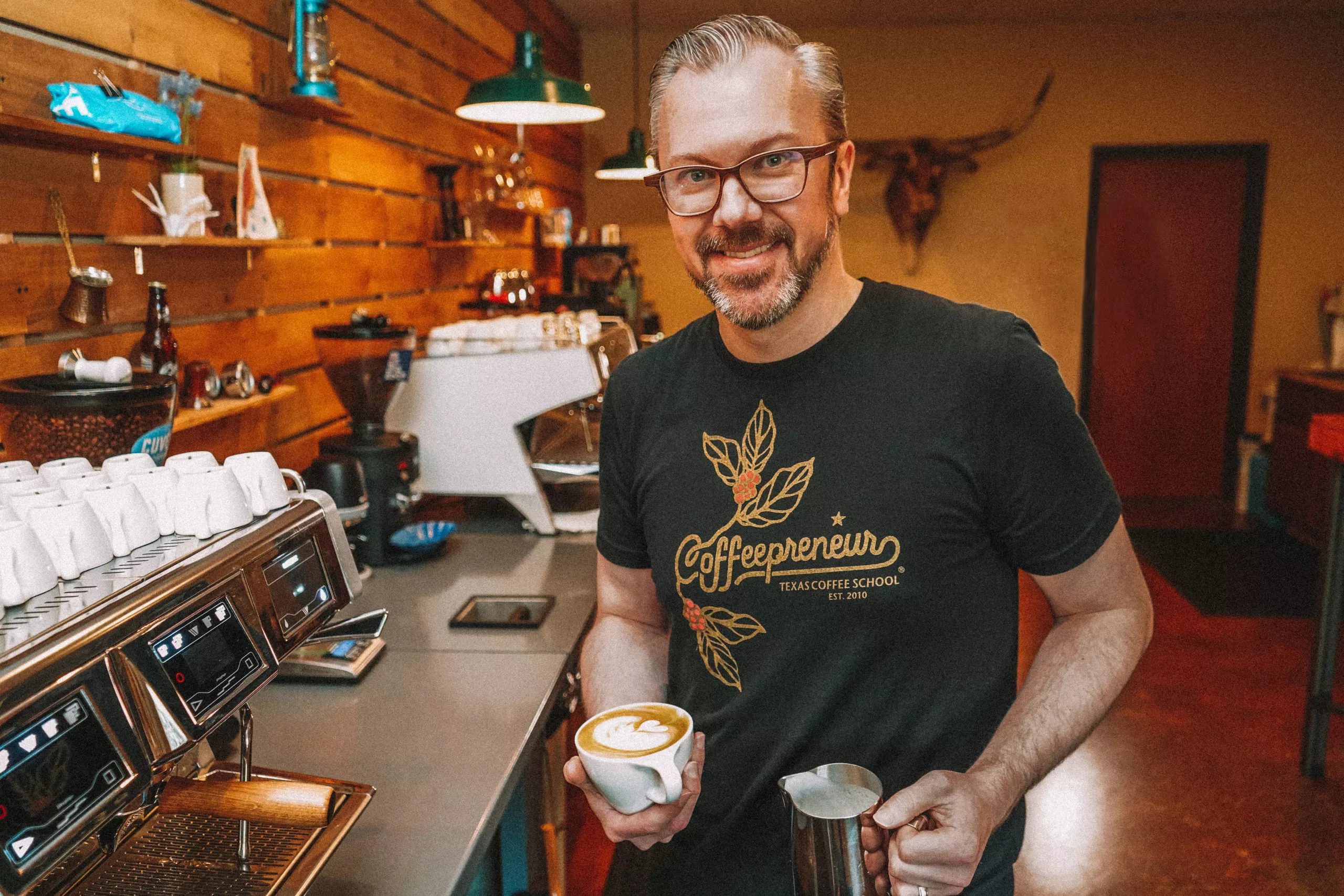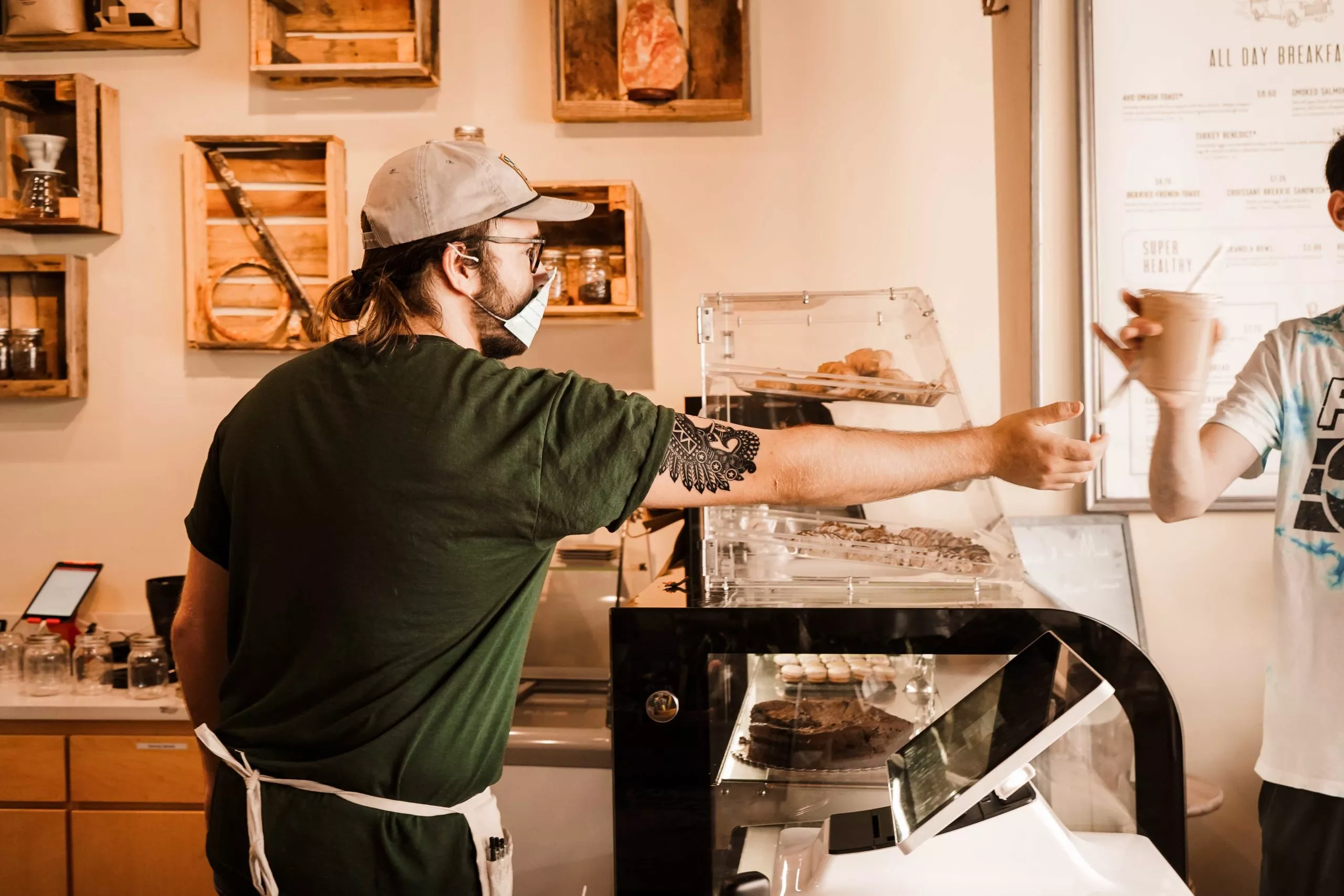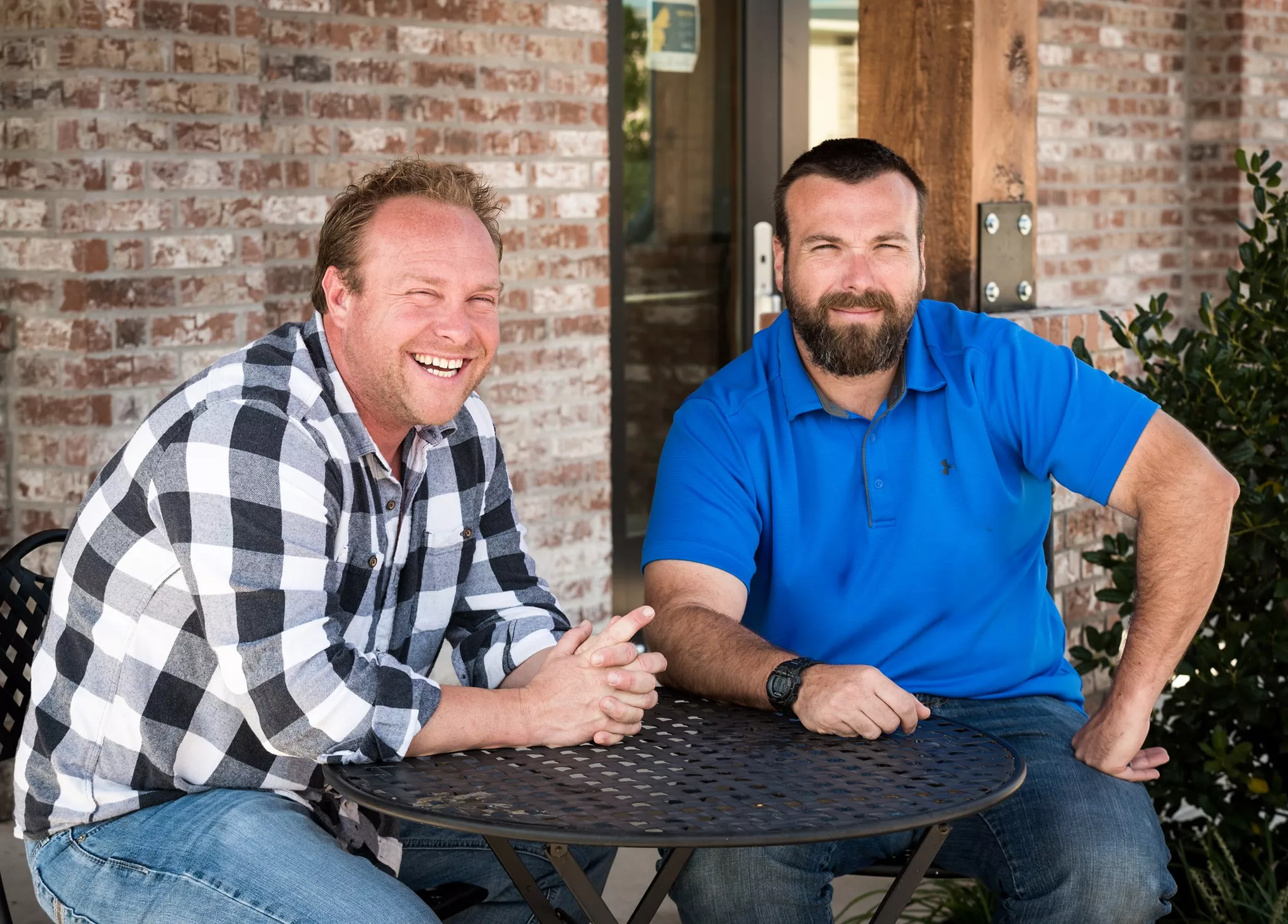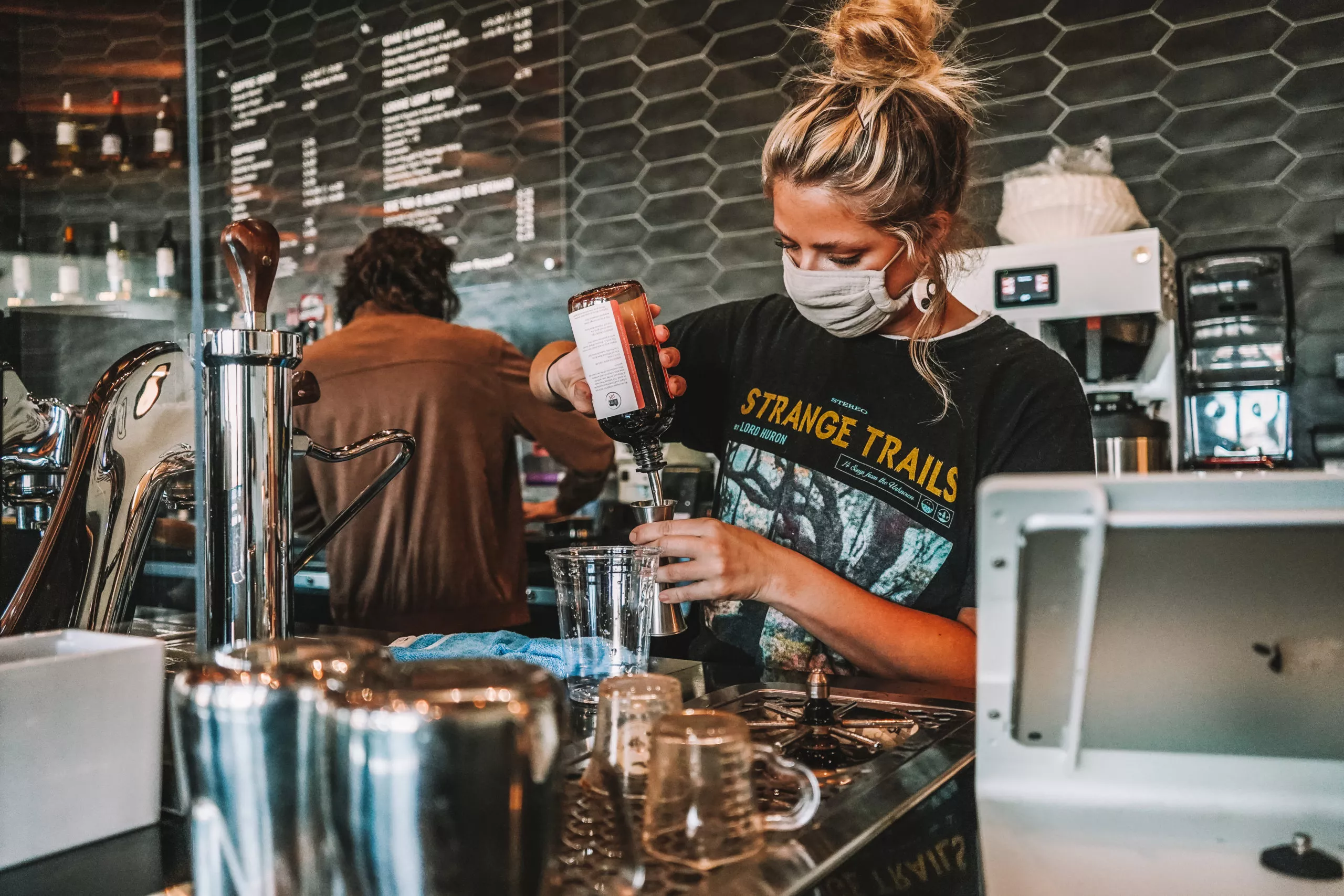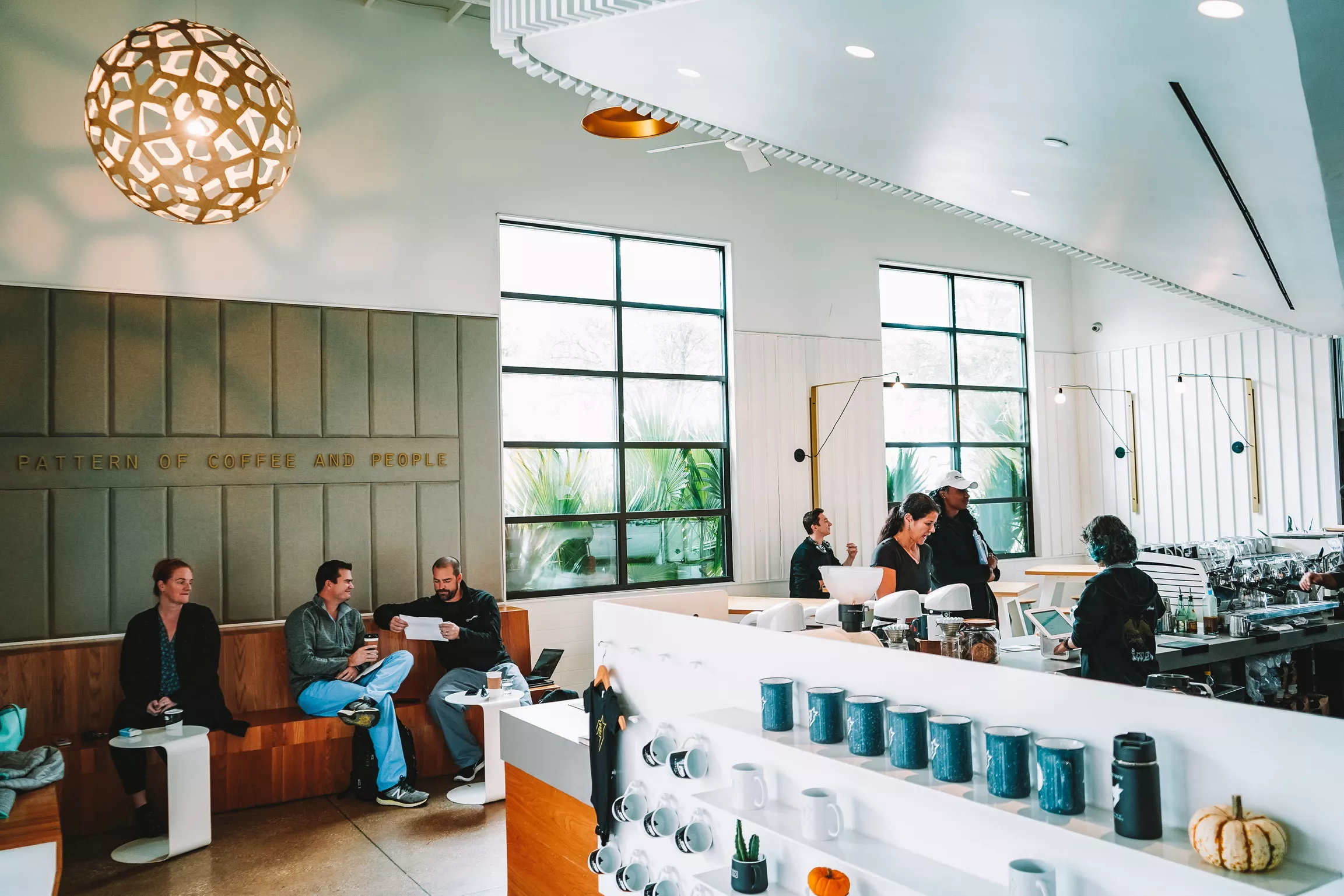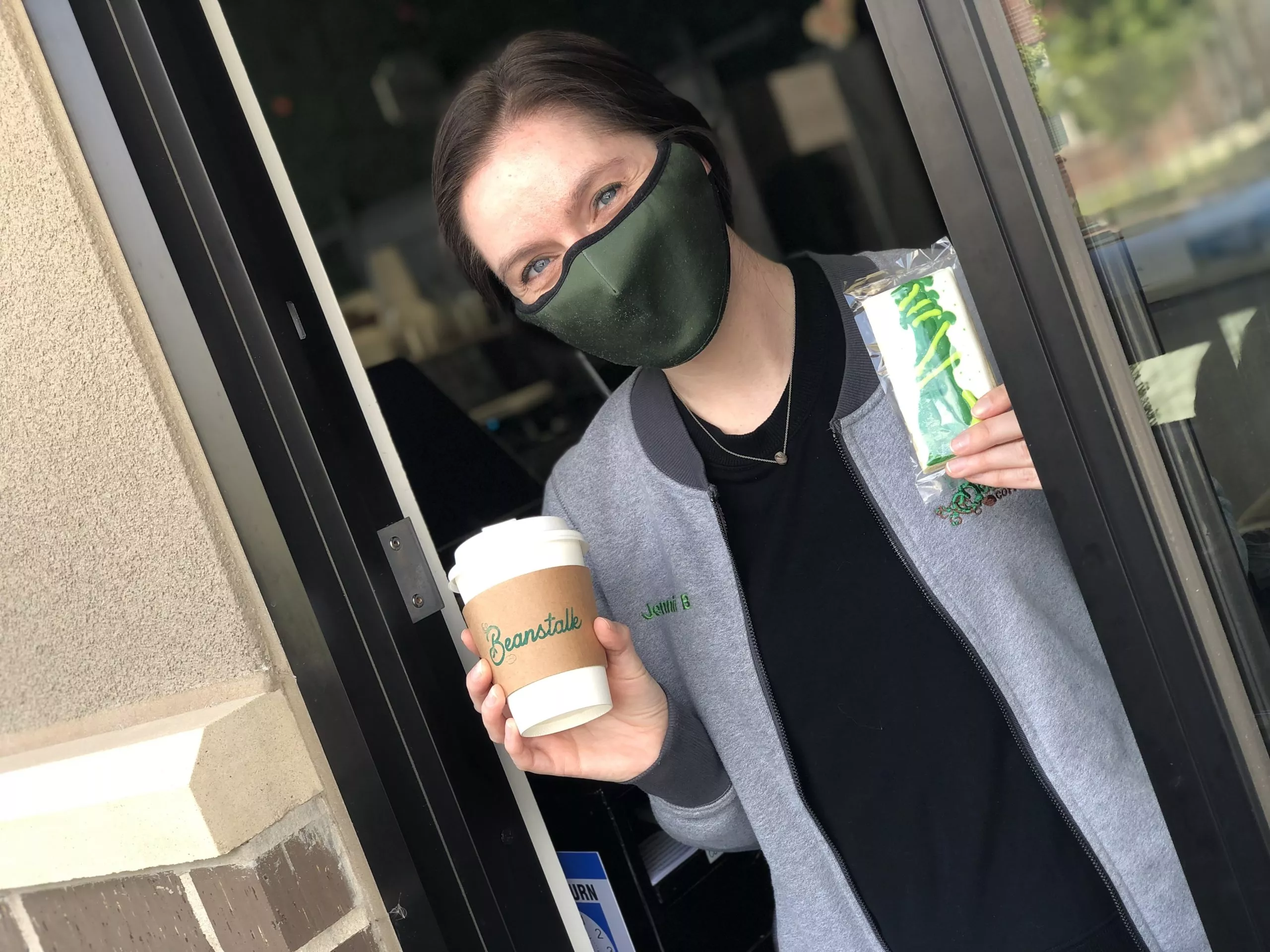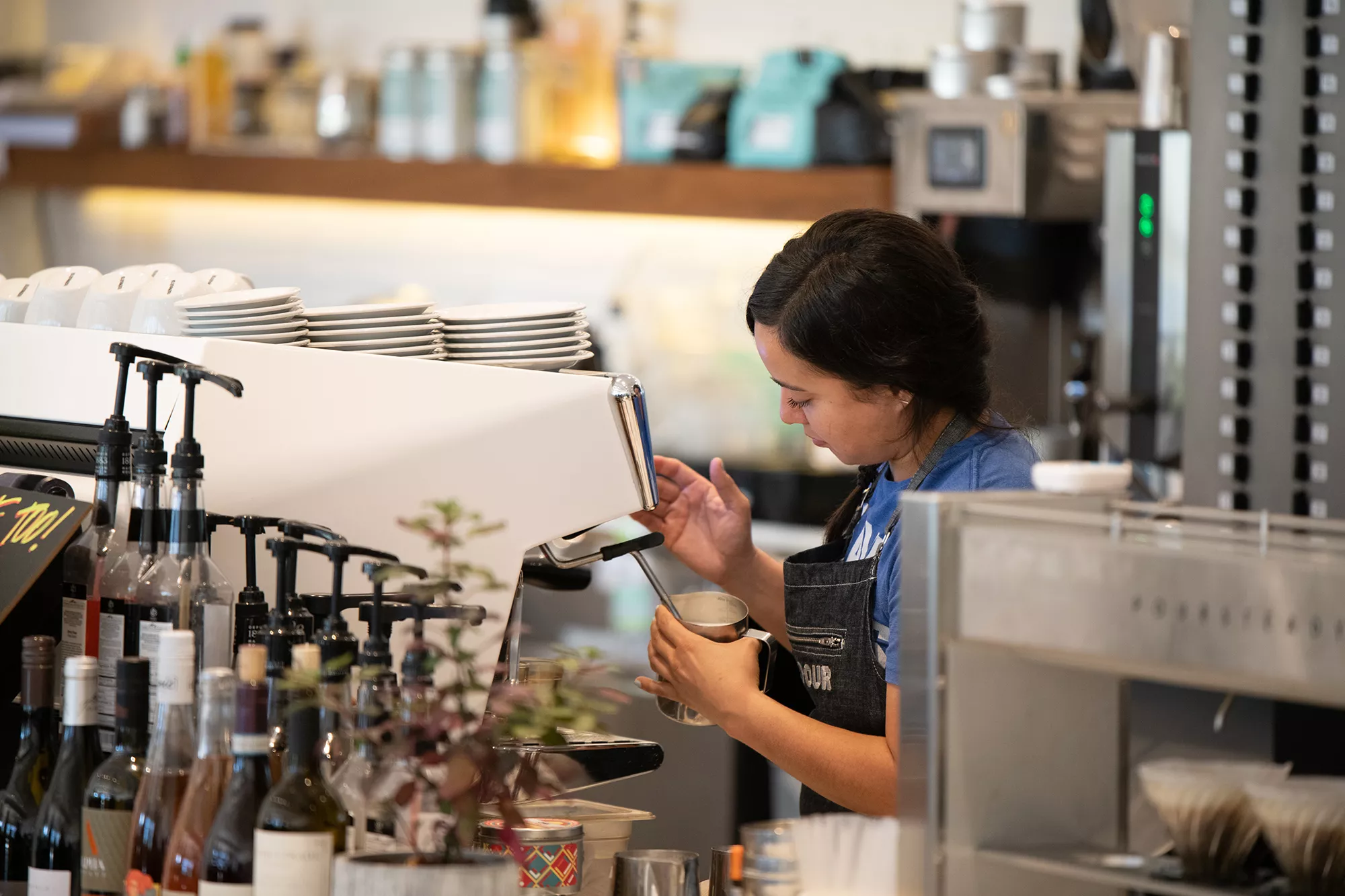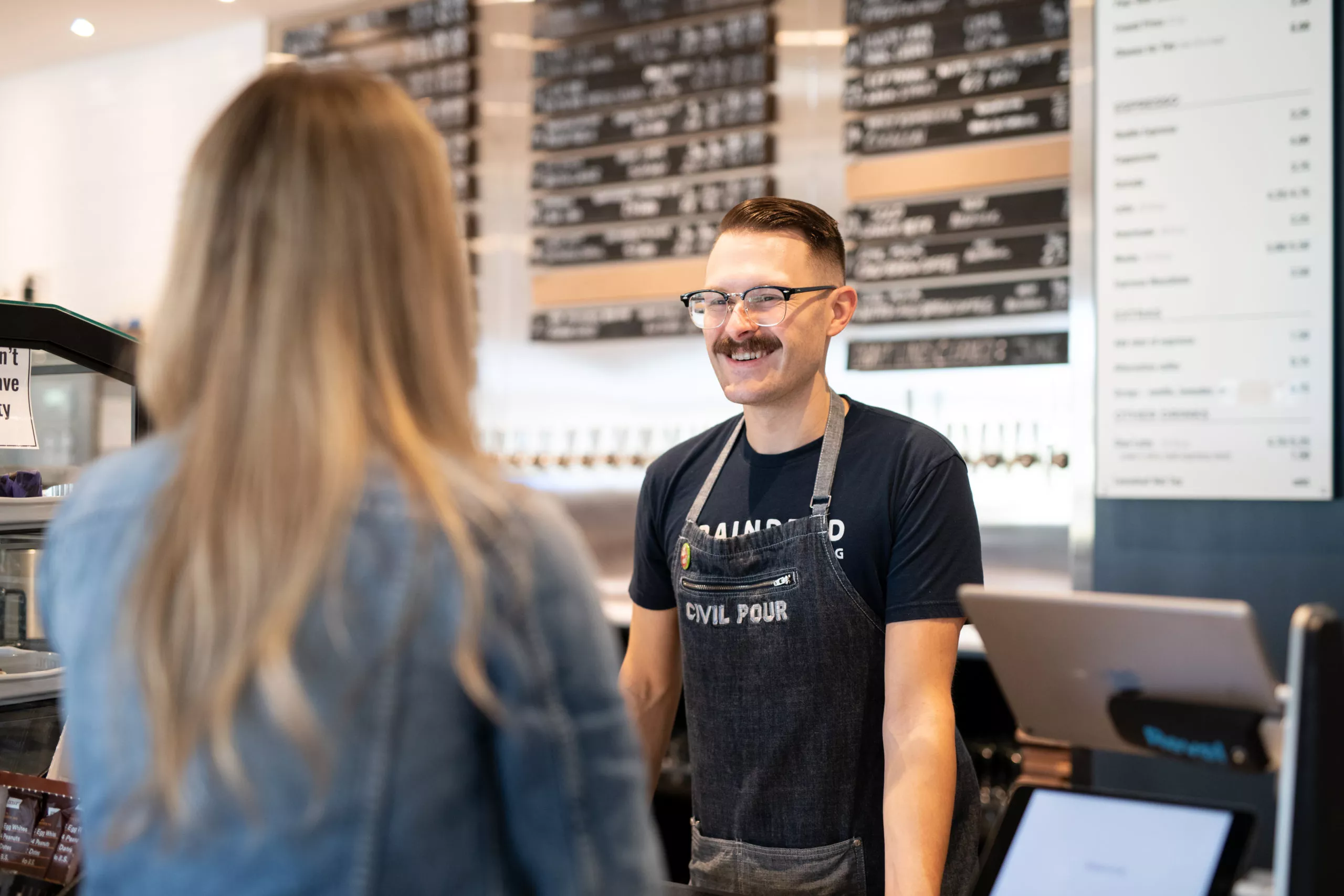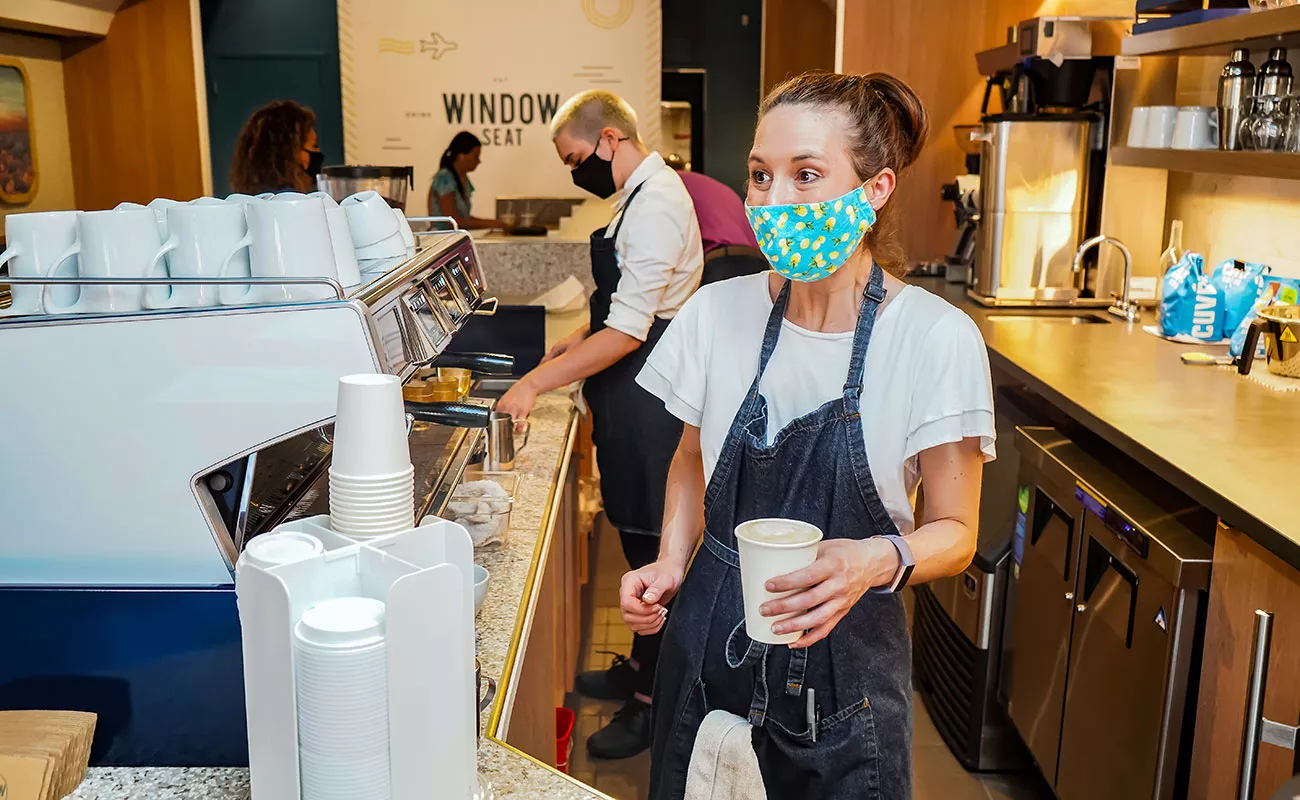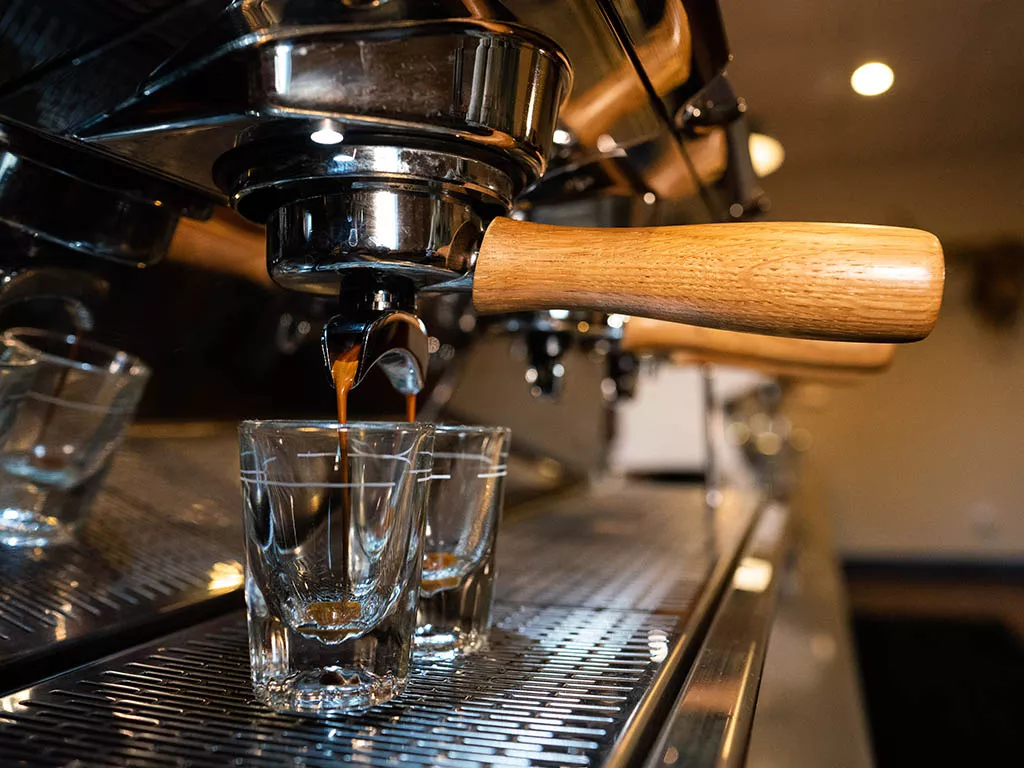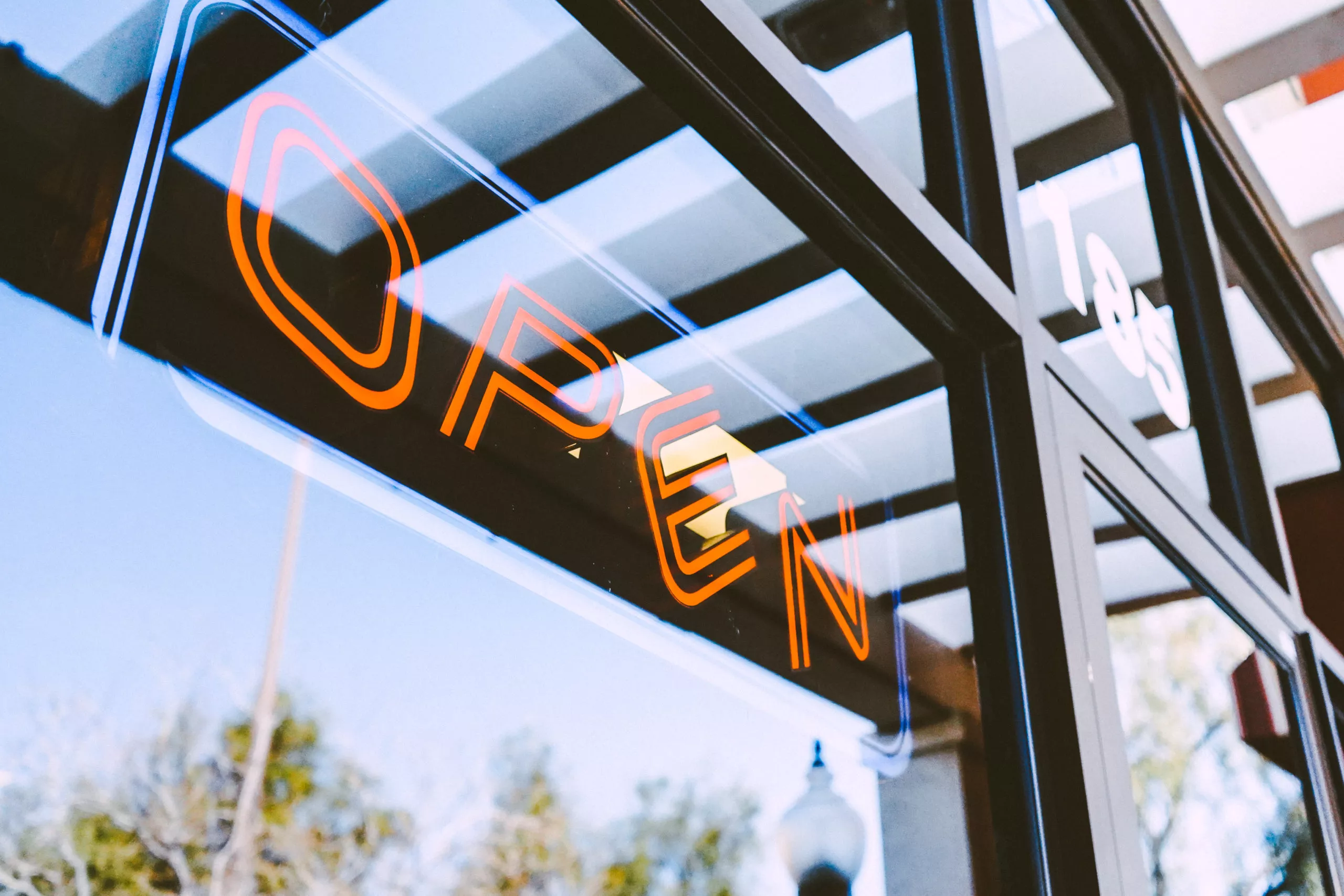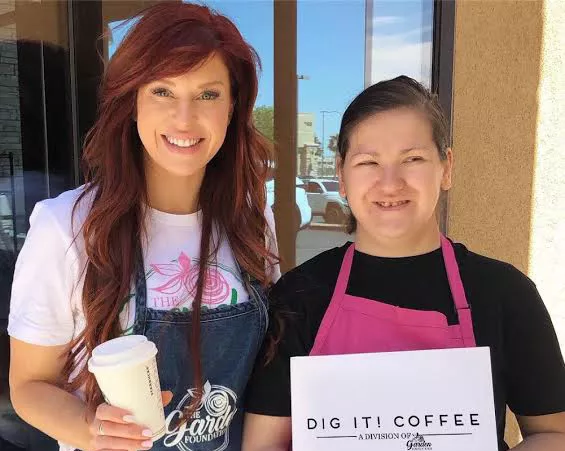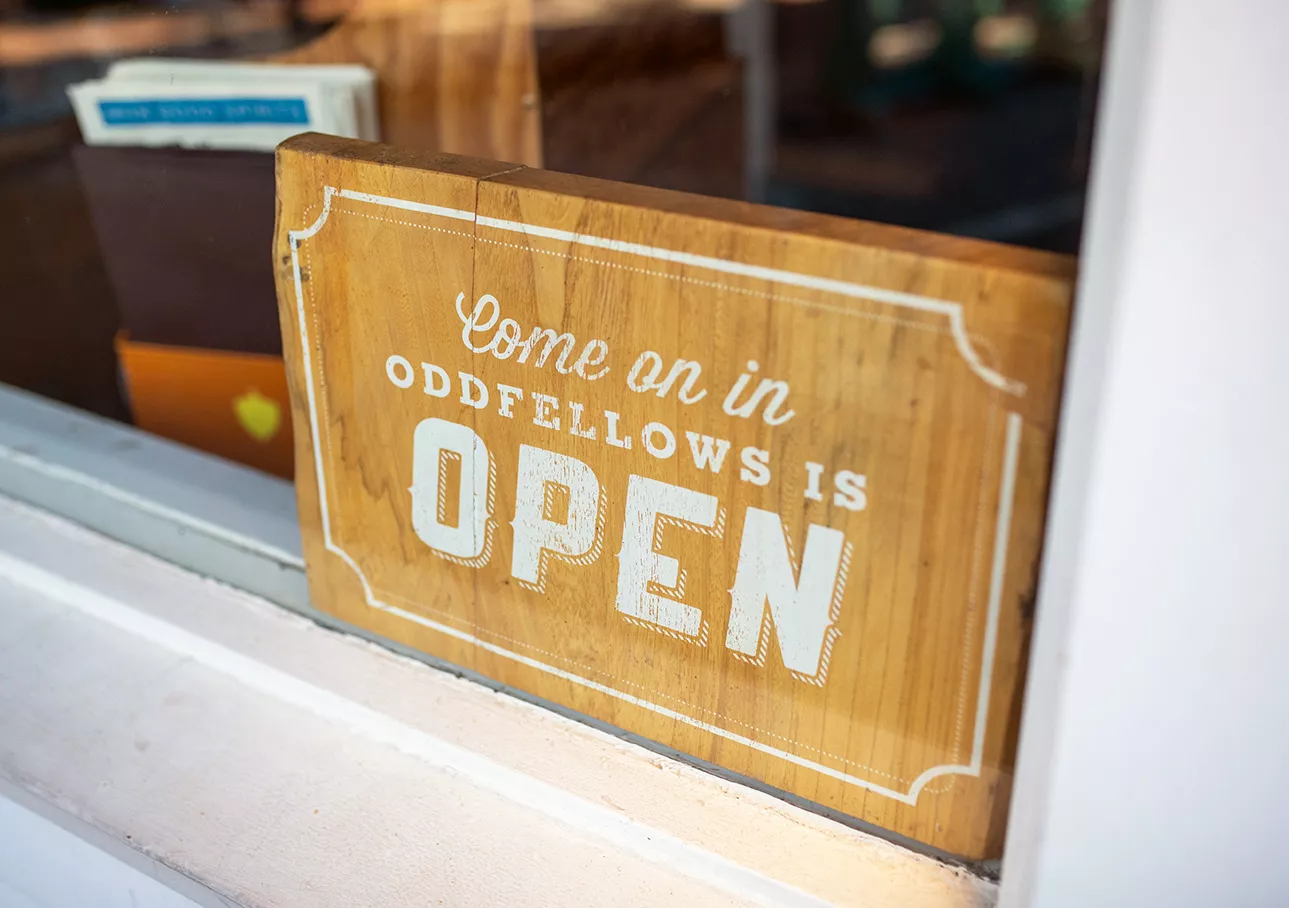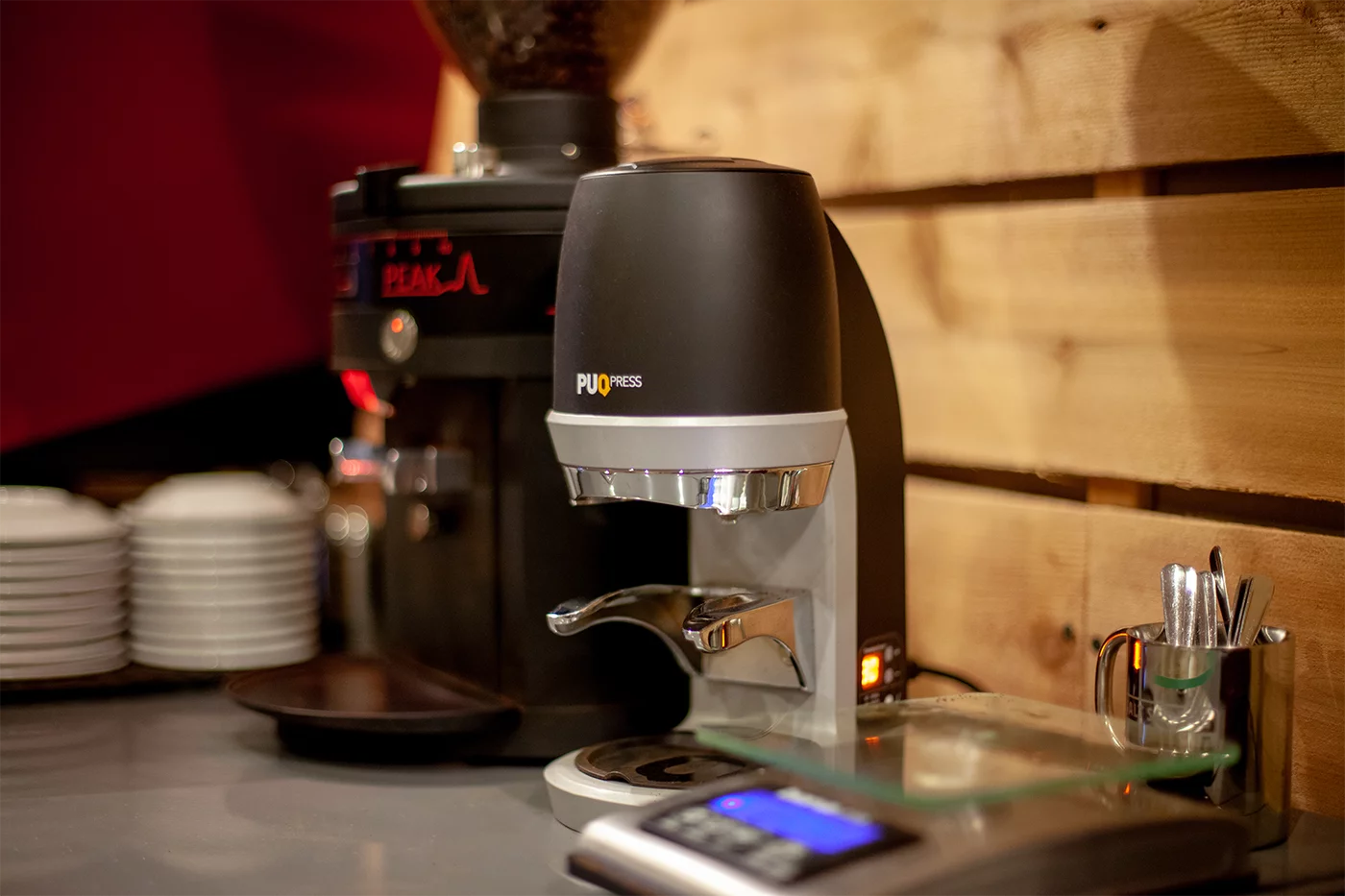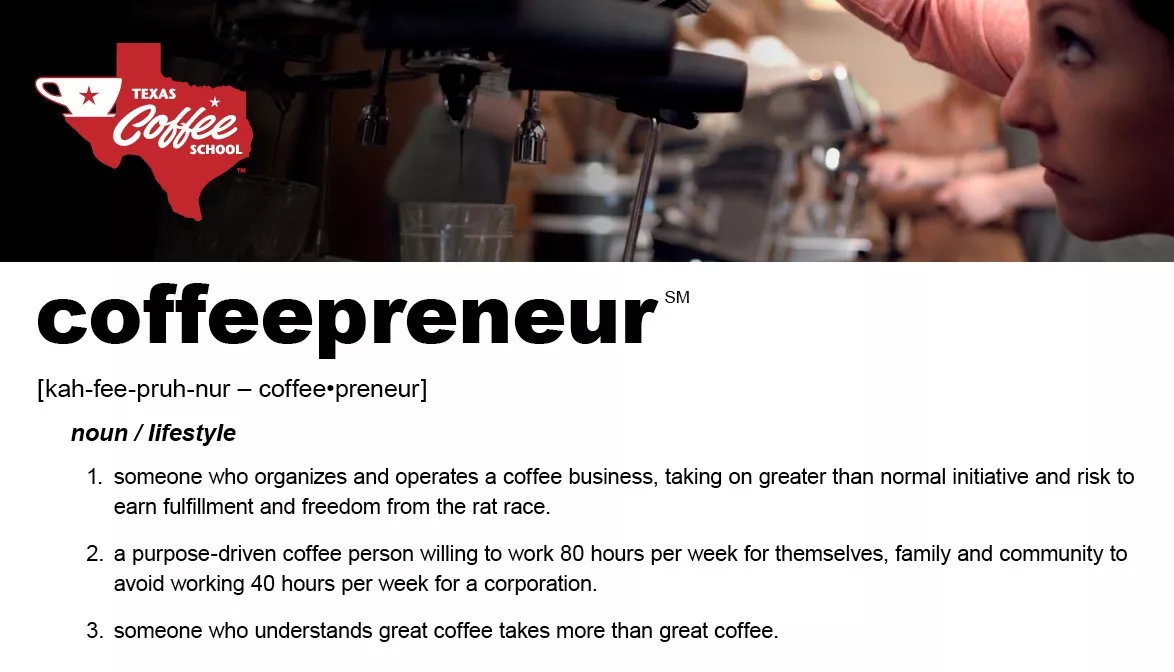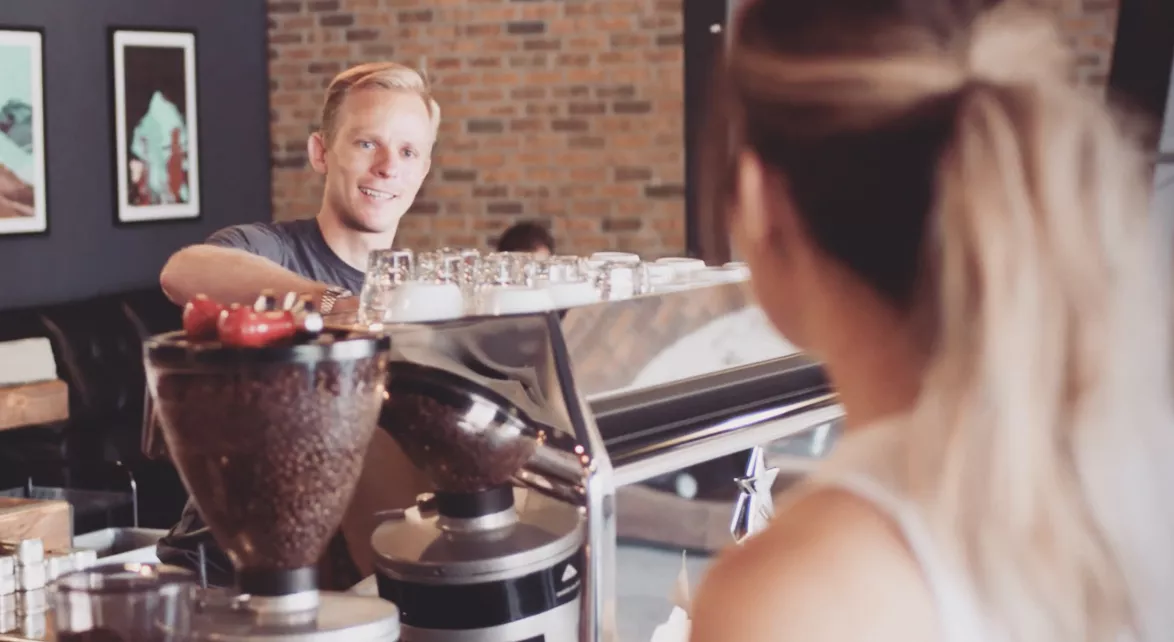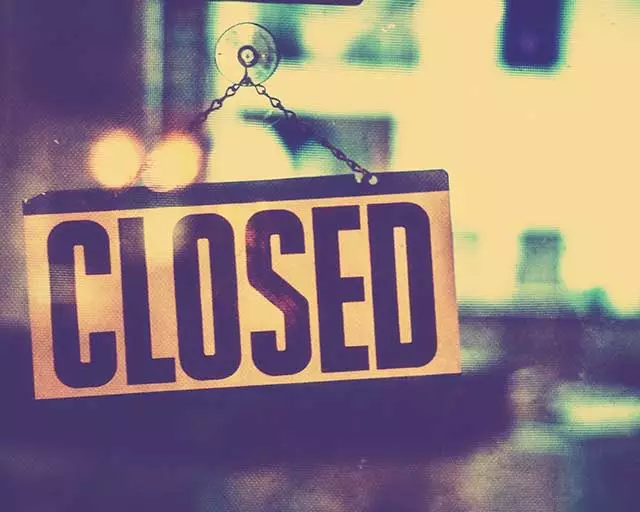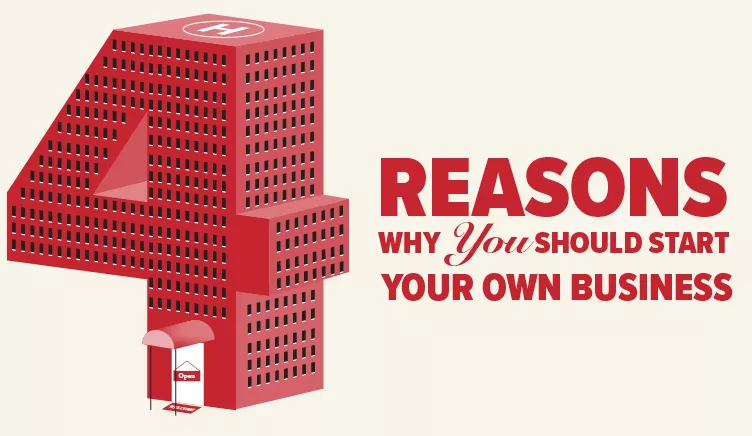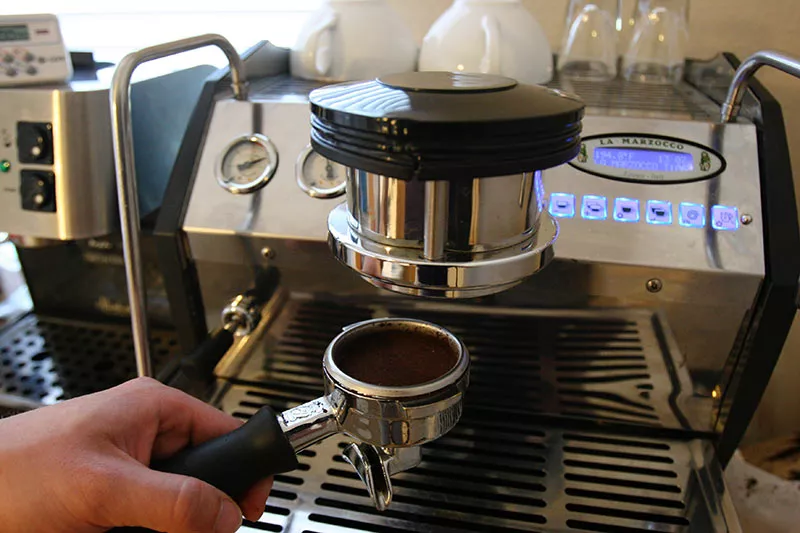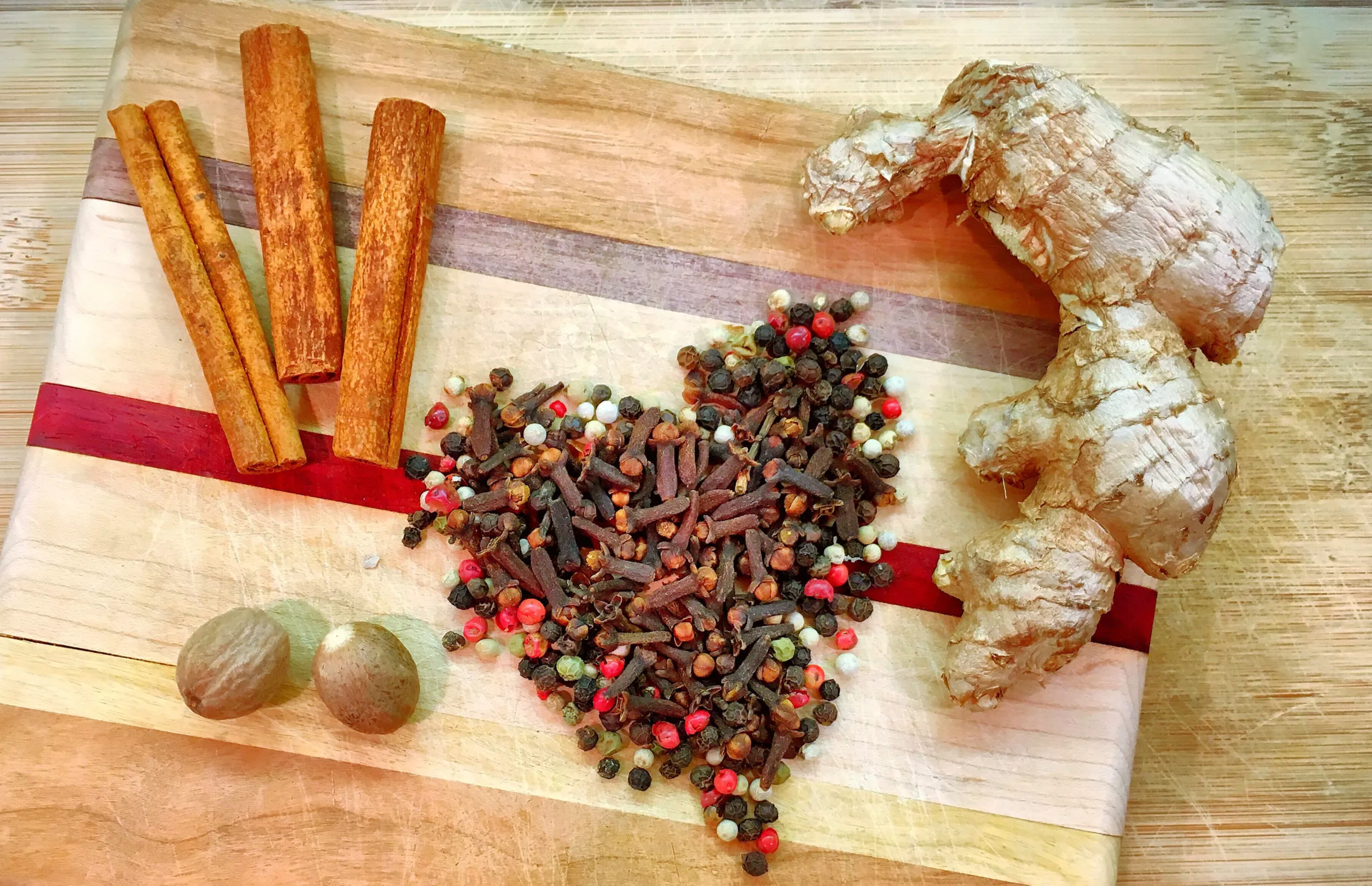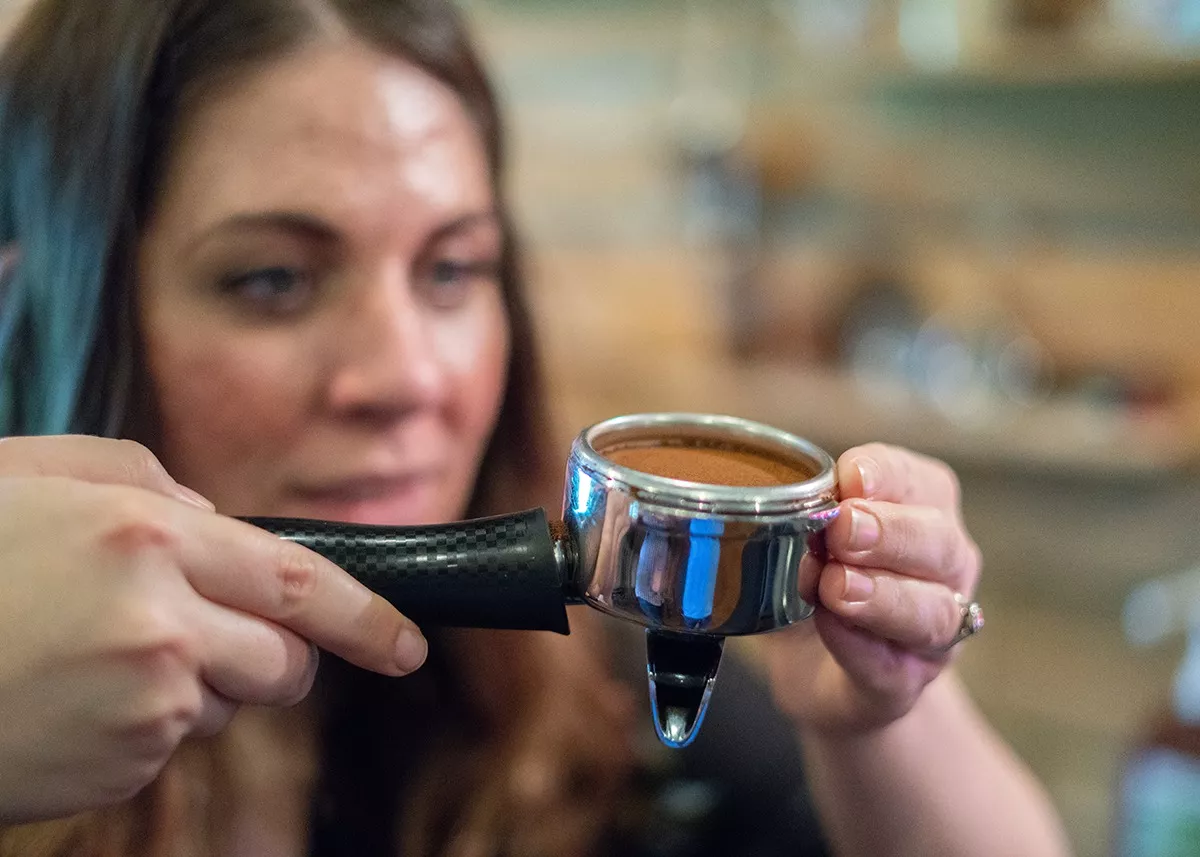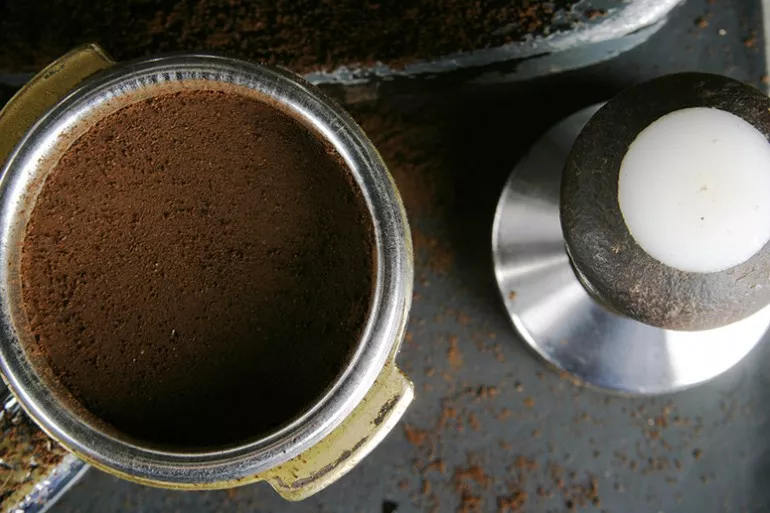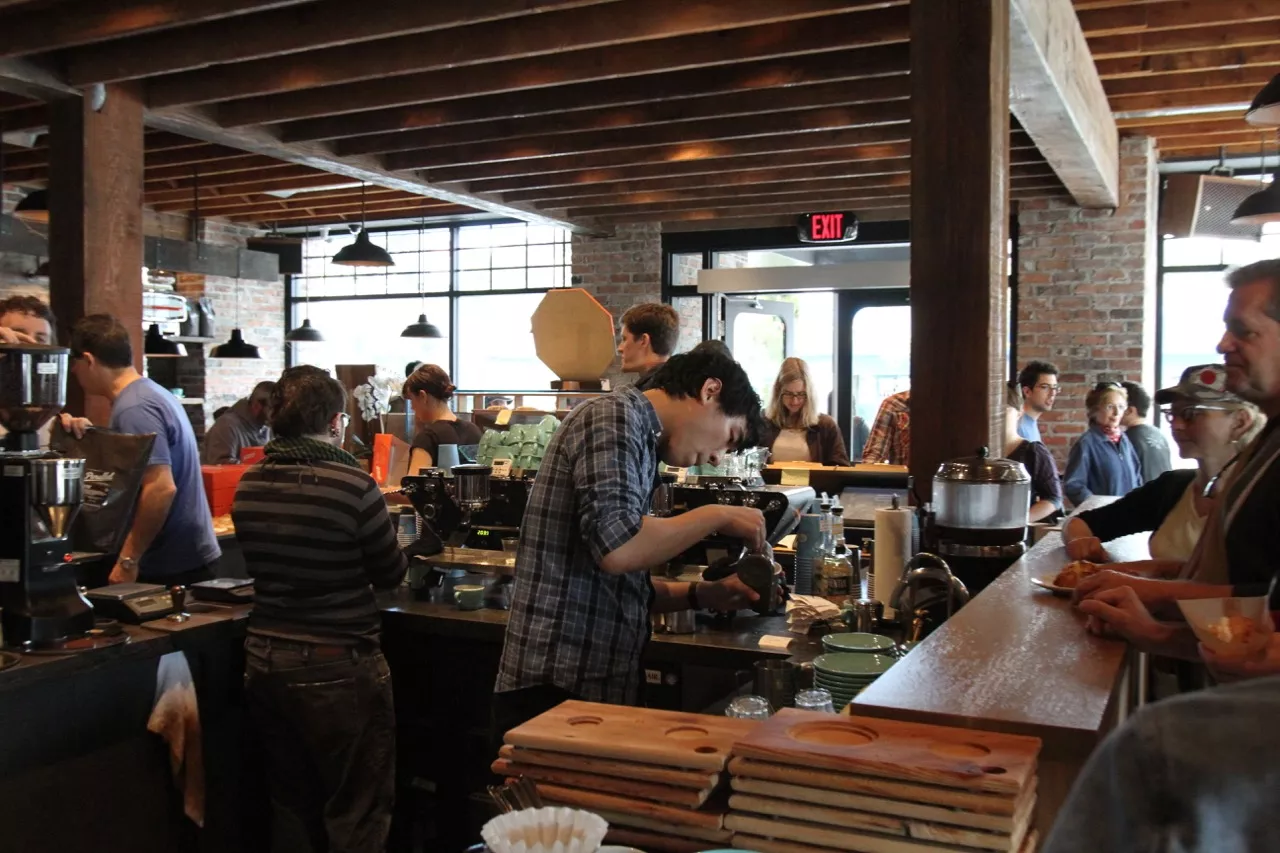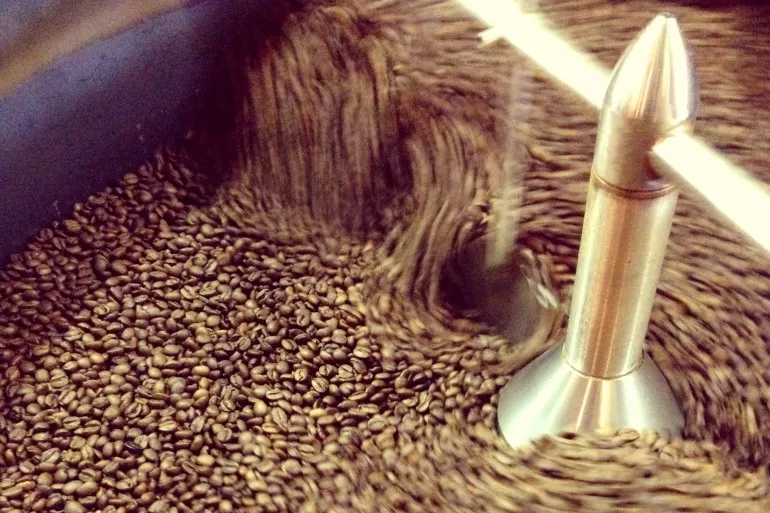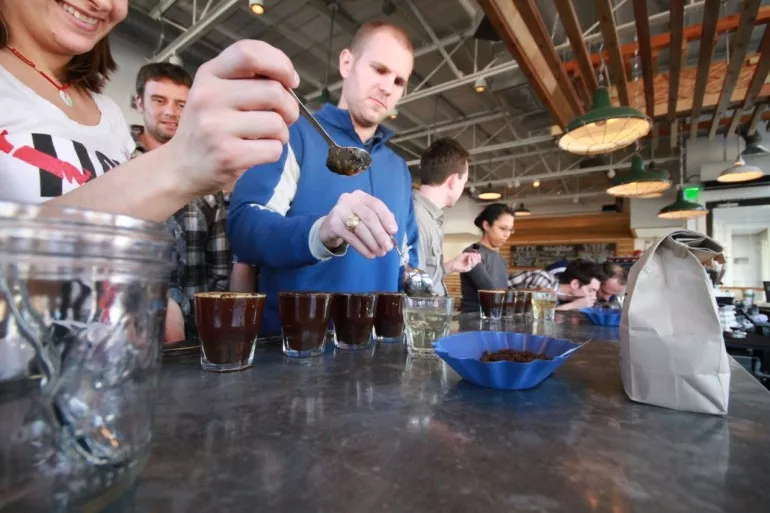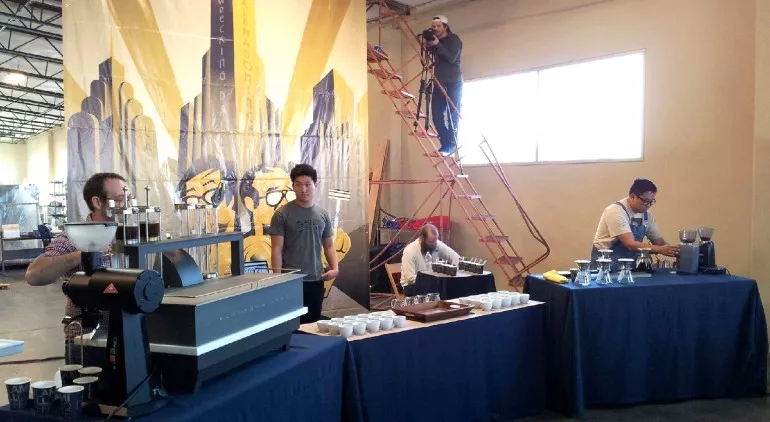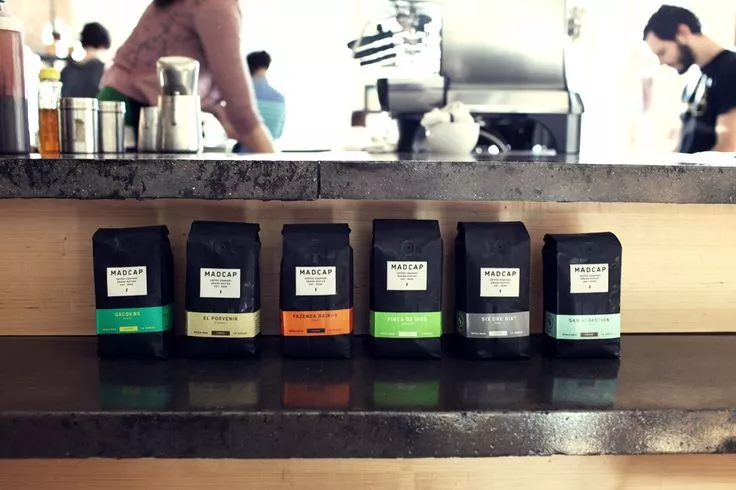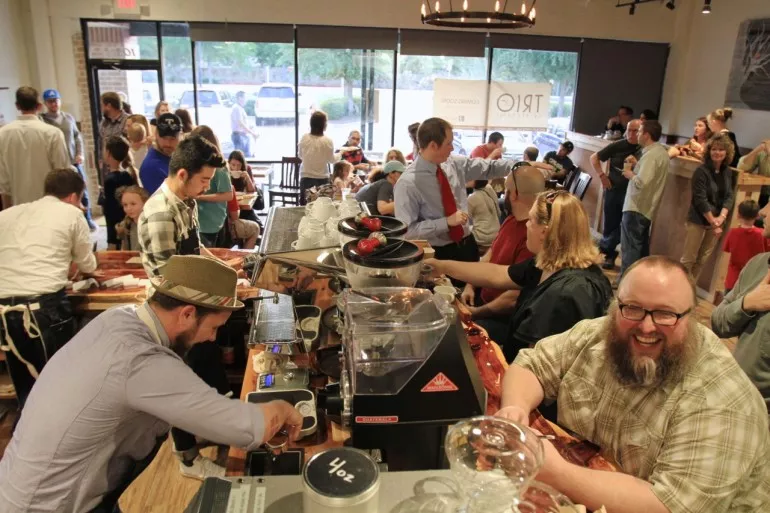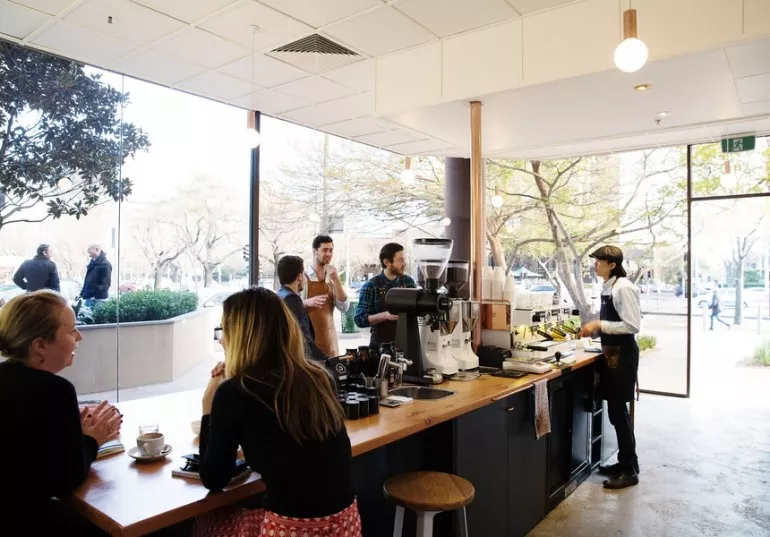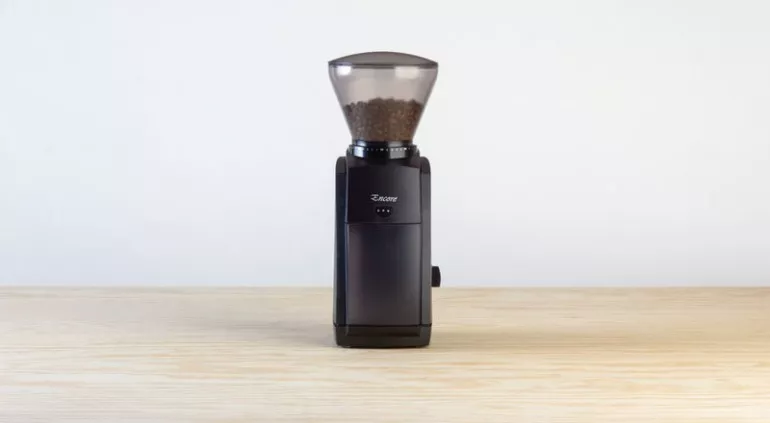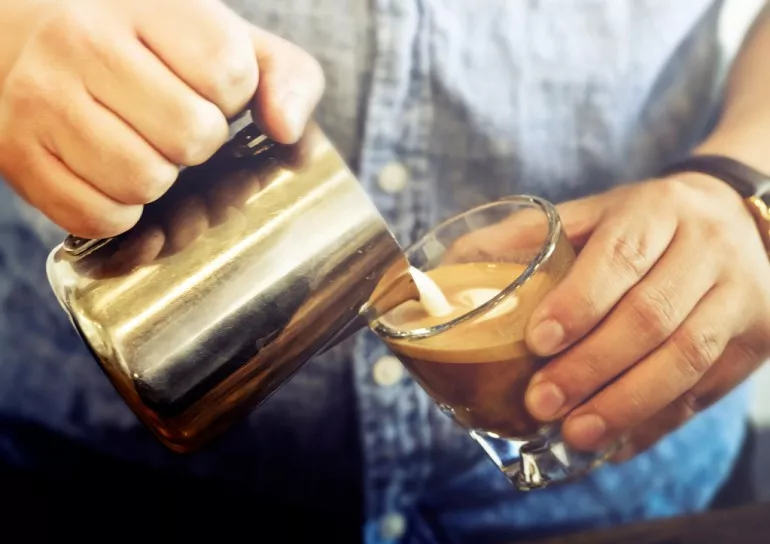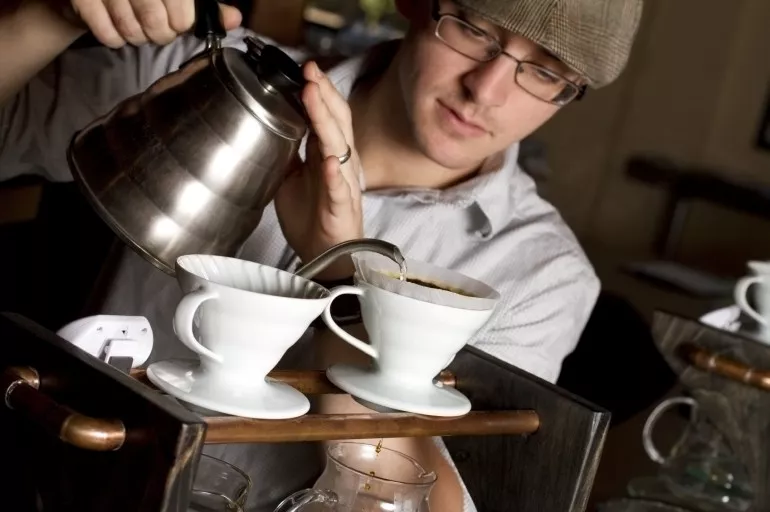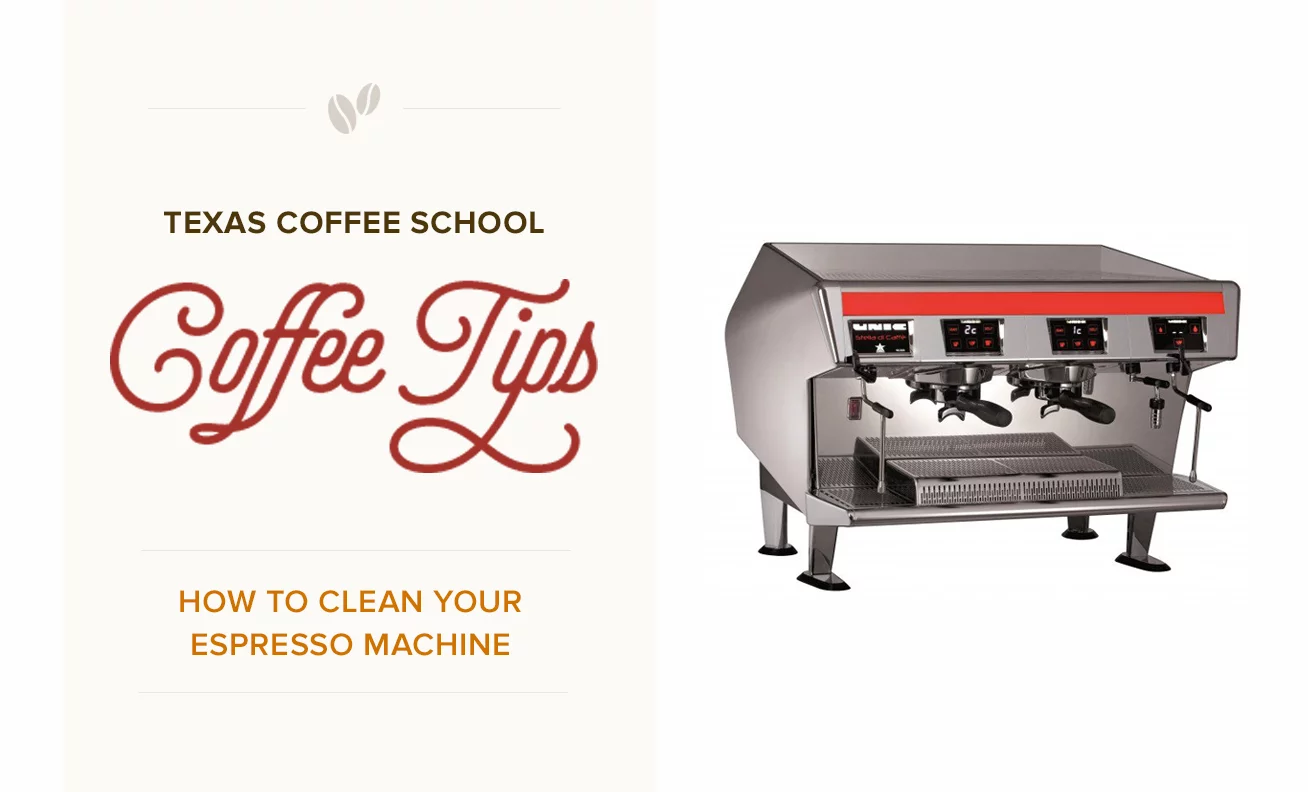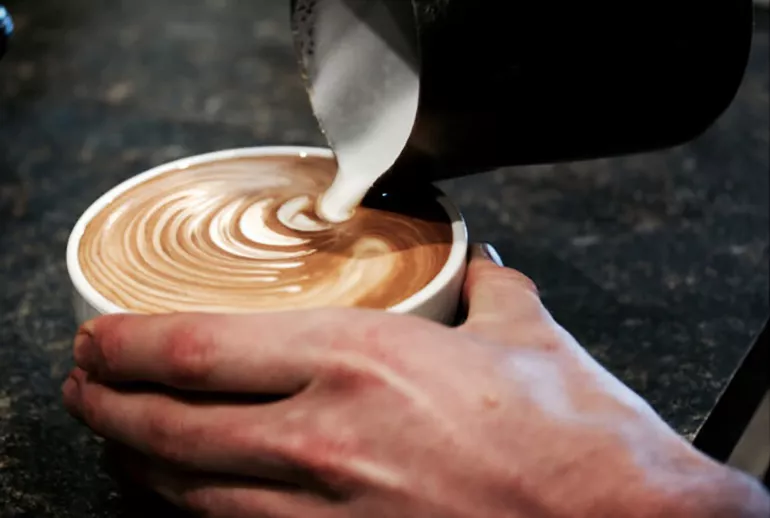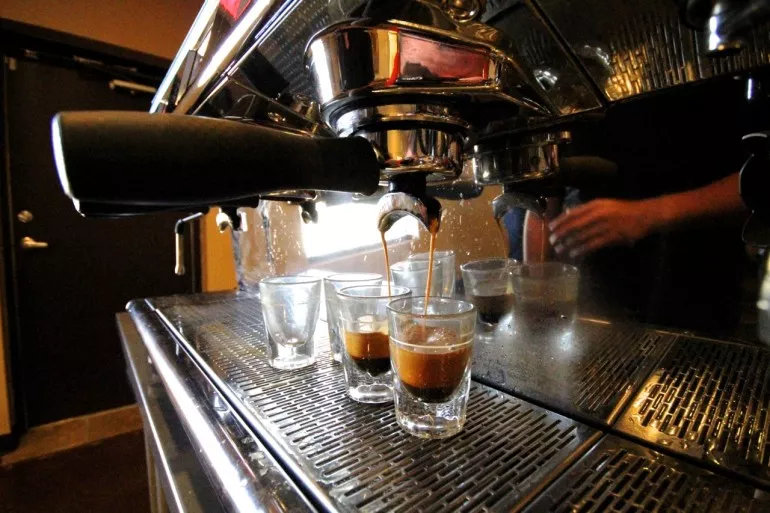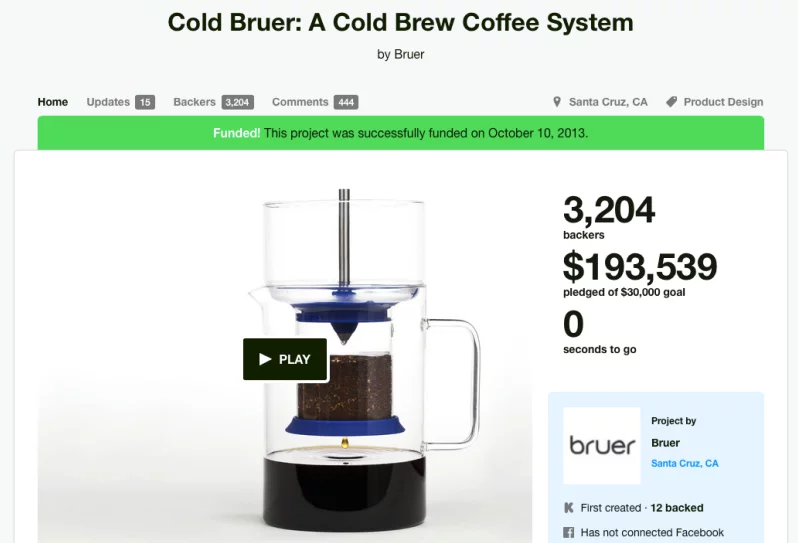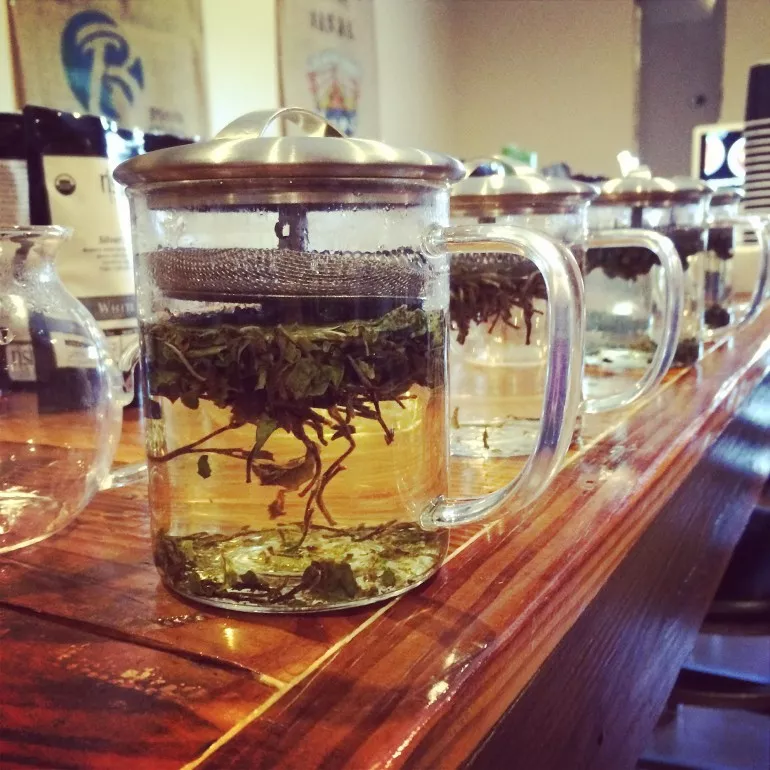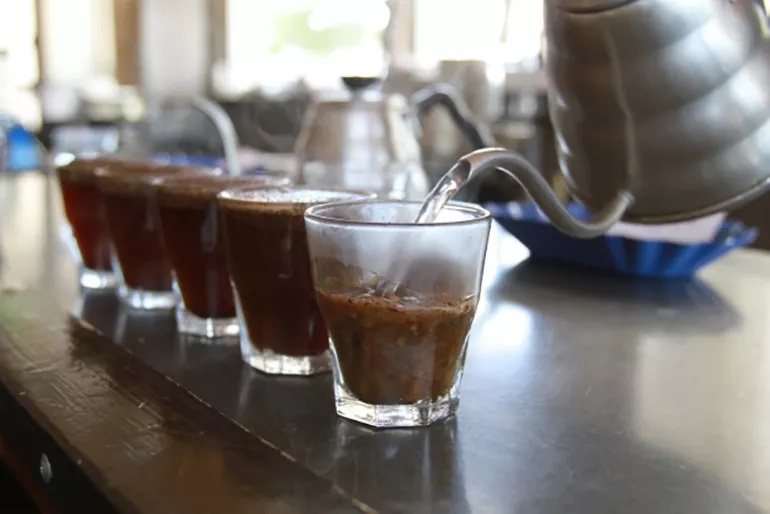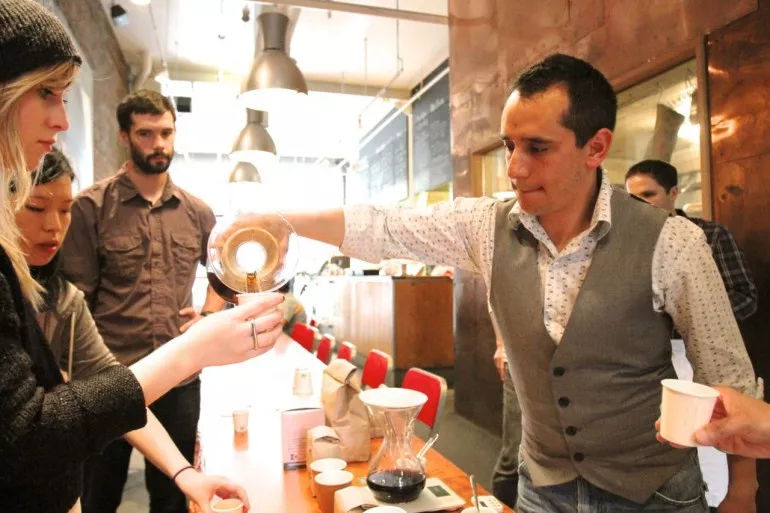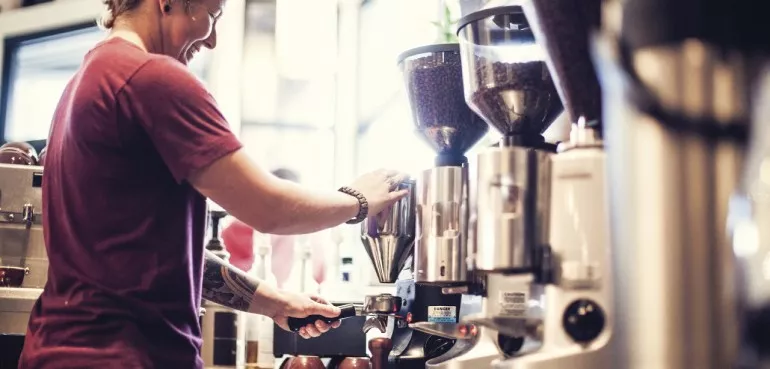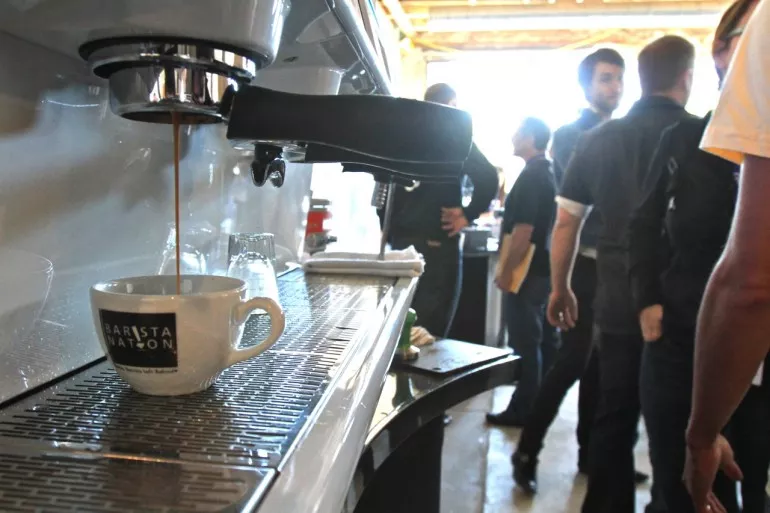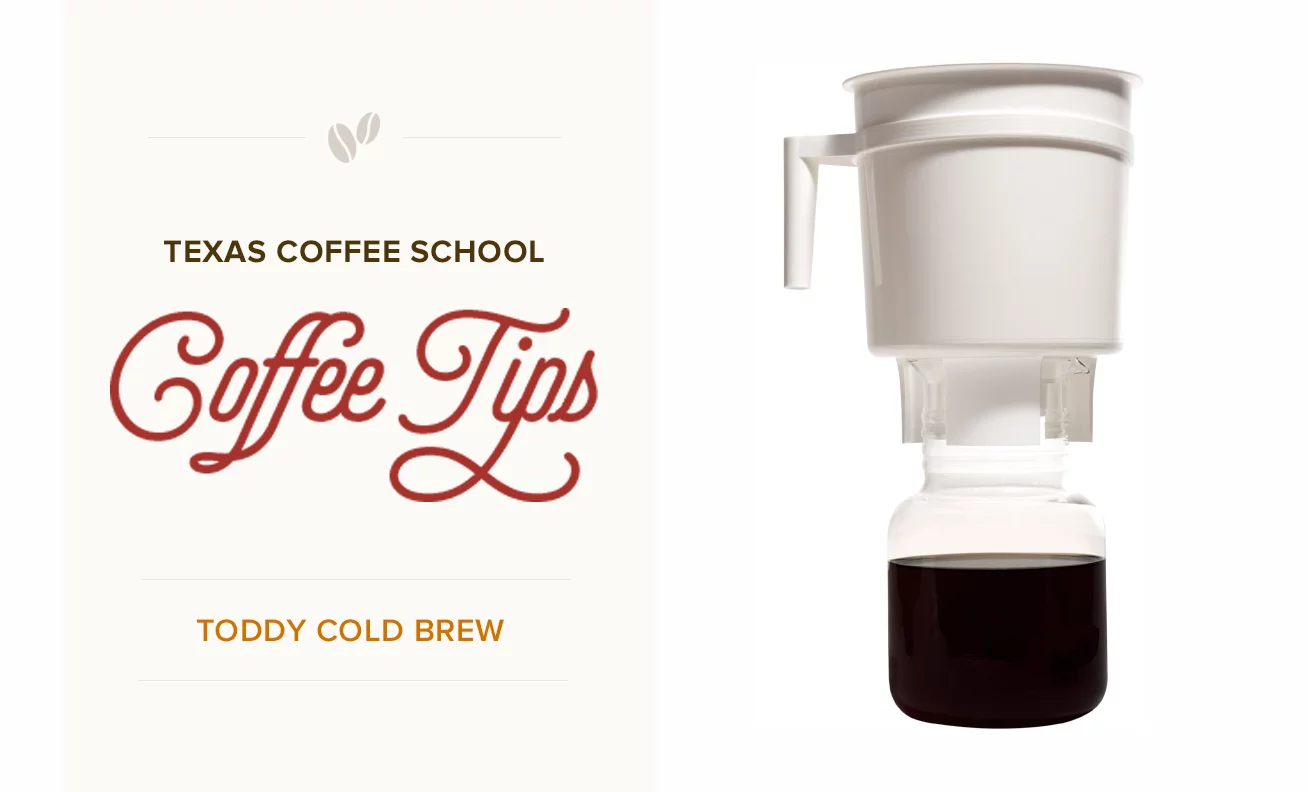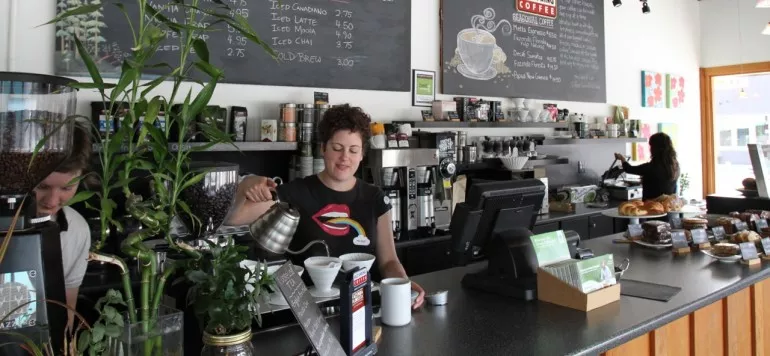
Managing Coffee Shop Costs of Goods Sold and Labor
Have you ever watched a new small business coffee shop hit the ground running in sales, attract a herd of customers, and then crash and burn within a year or two? It’s often because sales were high, but so were their coffee shop operating costs. They failed to keep up with the math, and as a result, they didn’t retain enough in profit to sustain the business. (Often times they didn’t even realize their operating costs had changed and they weren’t making profit.)
Fortunately, once you know how to control your costs, it’s very possible to stay afloat. In fact, coffee shops that scale and grow are the ones who invest in operational best practices. They set a timeline to grow their shop while managing costs of goods sold and labor effectively.
Read on to learn about which costs you can control–and which costs you can’t–to help keep your bottom line in the black.
The information below is just a sneak peak of what Coffeepreneurs® learn in 3 days at the Coffee Business Master Class.
Register for an upcoming class to get the entire guide to opening a coffee business.
What Are Prime Costs?
Let’s put on our accounting hats for a moment and talk about prime costs, as well as gross sales, gross profit, and net profit. This vocabulary is important in understanding your coffee shop’s operations–and how you’ll be able to make a profit.
Prime costs are the primary, controllable expenses it takes to run a business. It’s direct raw materials + direct labor. As Investopedia puts it, “A prime cost is the total direct costs, which may be fixed or variable, of manufacturing an item for sale.”
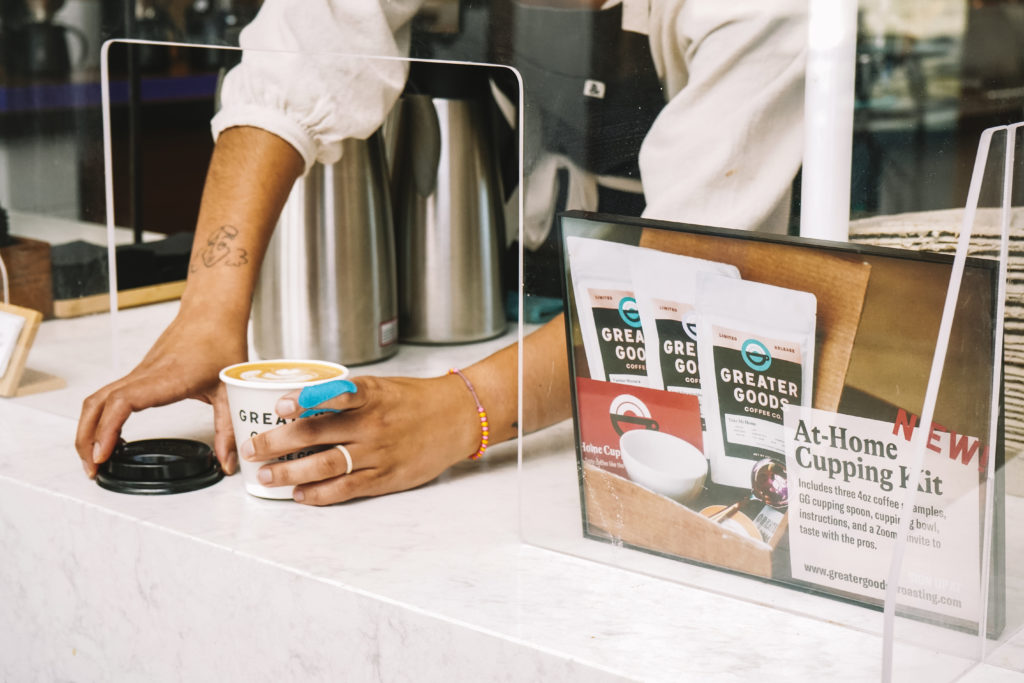
Here are a few other terms to know:
- Gross sales is the total money in sales before any costs are subtracted.
- Gross profit is the money in sales left over after subtracting prime costs.
- Net profit is the money left over after subtracting prime costs and all other business operating expenses.
Coffee shop prime costs are typically 50%-55% of gross sales. For example, if you sold $100 in drinks (gross sales), it would cost about $55 to make those drinks. The $45 left over is considered gross profit. But you still have to pay expenses like rent, utilities, marketing, insurance, etc… The net profit is what’s left after all remaining expenses are taken out.
It’s worth remembering that those final overhead expenses are typically not in a manager’s control. But prime costs–cost of goods sold and cost of labor–can be kept under control, even amid rising costs due to inflation. Let’s talk about how to manage these coffee shop costs effectively.
Managing Costs of Good Sold
Managing cost of goods sold (COGS) requires a manager to track inventory closely every week. And COGS can often fluctuate–so watch these costs closely! A point of sale system can be very helpful in tracking this data. Over time, you can identify trends and trouble spots.
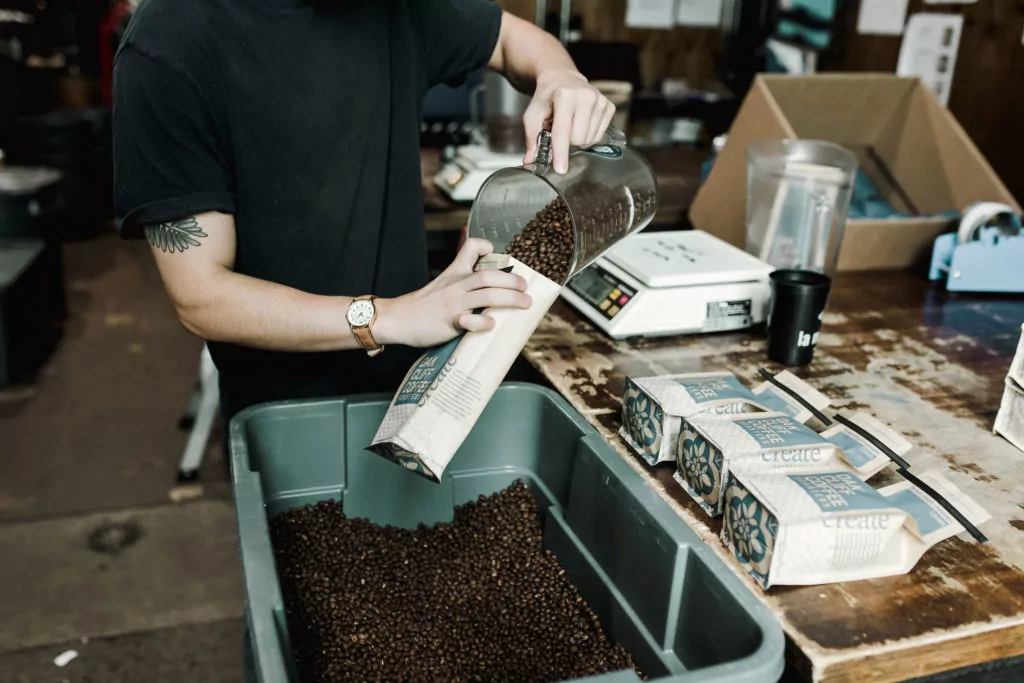
One of the biggest missteps we see coffee shop owners make is setting menu pricing based on what they think a customer will pay for a menu item. Or, they base their pricing on other coffee shops’ menu prices. This is a recipe for disaster! Instead, set your menu prices based on what each item costs to make. This includes the cost of ingredients, shipping, and waste and theft. When you add up all the costs of production, you get COGS.
Some items on your menu will have a lower COGS–and higher profit margin–than other items. But overall, your menu should factor out to a COGS around 30% or less. Again, Cost of Goods Sold (COGS) includes the cost of ingredients, shipping, waste, and theft. The lower the COGS, the higher the profit margin.
Here are a few other variable costs to keep in mind.
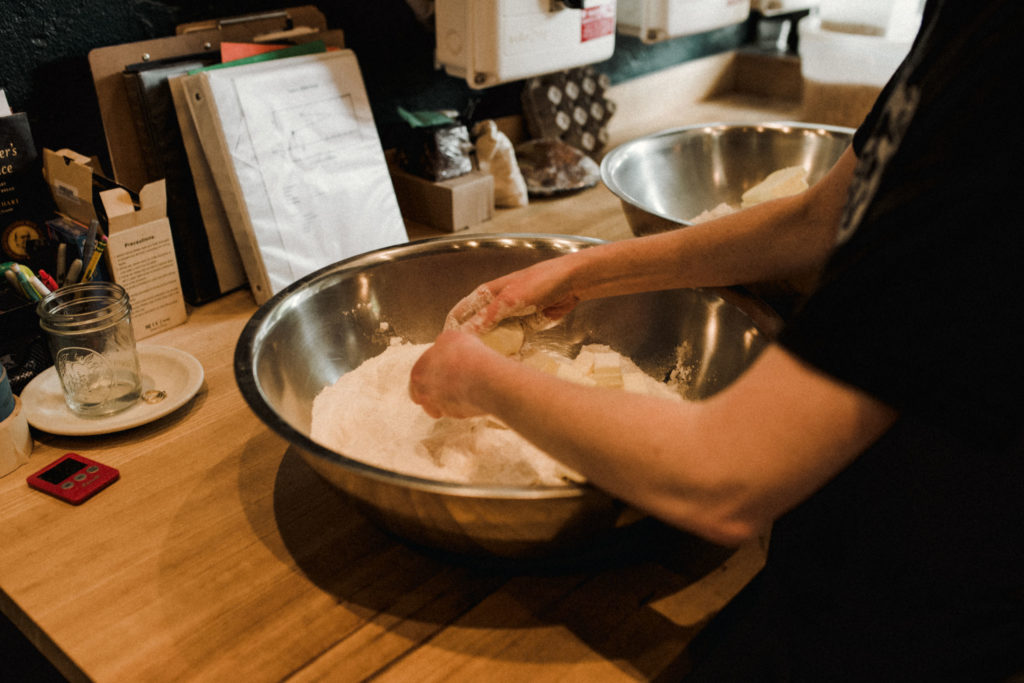
Calculate Cost of Goods Available
Cost of goods available is your cost of goods before waste and theft get accounted for (which we’ll discuss below). It’s your known costs–the ingredients and shipping fees that go into the production of a menu item. When you’re deciding on menu prices, work from the cost of goods available. If you can keep the costs of waste and theft down, the difference becomes additional profit margin.
Calculate Waste and Theft
Waste and theft is the cost of any ingredient or food item that was discarded from spoilage or used in excess of what a recipe called for. It also included any items that were sold but not accounted for–like a barista giving away a drink.
Tracking waste and theft is essential for a profitable business. While there can be a buffer to allow for a small percentage of waste and theft costs, aim to keep it as low as possible.
(We go into more specific depth on the “how-to’s” of all these topics in our 3-Day Coffee Business Master Class and our Coffee Shop Management Training Course. We also provide our students highly detailed take-home resource materials that can be followed step-by-step to make this process easy!)
Managing Coffee Shop Labor Costs
 Cost of labor is the sum of wages paid to employees, including payroll taxes and benefits. It’s often represented as a percentage of sales. While it’s obviously important to keep a coffee shop staffed, there are several factors that you can use to control costs. These include total hours worked, number of employees working at a given moment, and hourly or salary rates.
Cost of labor is the sum of wages paid to employees, including payroll taxes and benefits. It’s often represented as a percentage of sales. While it’s obviously important to keep a coffee shop staffed, there are several factors that you can use to control costs. These include total hours worked, number of employees working at a given moment, and hourly or salary rates.
Also, you can hire and train great people. A great barista training program helps your staff optimize their time and resources.
We suggest looking over a report of your sales every hour of the day and comparing it to your labor coverage. The more detailed your reports can be, the better you can manage labor costs. Here are a couple ways to do so.
Keep an Eye on the Clock
A few quick tips for clocking hours properly include:
- Ensure staff members are not clocking in before they are scheduled to begin their shift.
- Ensure that employees are clocking out promptly at the end of their scheduled shift.
- During slow times for sales, you can reduce labor costs by requesting volunteers to go home early.
Schedule Effectively
Here are a few tips to schedule employees effectively:
- Ensure the appropriate level of coverage. Make sure enough people are scheduled each shift to fill every position while avoiding overstaffing.
- Schedule based on budgeted labor. Use sales reports to estimate what each day’s average sales are, and assign labor accordingly.
- Schedule based on teams. You can use the different strengths of employees to form a cohesive team that covers all necessary duties.

By closely monitoring your prime costs, your coffee shop can become much more profitable! If you need help on any of these topics, register for an upcoming 3-Day Coffee Business Master Class® or our Coffee Shop Operations Master Class. We go into great detail on all these topics, and we provide very specific take-home resource materials that can be followed step-by-step to make this process easy!
We offer classes every month teaching coffee shop operations, management, barista how-to’s, quality coffee brewing, and more.
View the schedule to register for a Texas Coffee School class today!
Frequently Asked Questions
What are prime costs in a coffee shop?
Prime costs are your direct raw materials and direct labor—the controllable expenses to make and sell drinks. Typically 50–55% of gross sales, they include ingredients, wages, payroll taxes, and benefits. Managing these keeps gross profit healthy.
How do I calculate gross profit and net profit?
Gross profit equals gross sales minus prime costs. If you sell $100 in drinks and prime costs are $55, gross profit is $45. Net profit is what remains after subtracting all other expenses like rent, utilities, and marketing.
How can I manage my coffee shop’s Cost of Goods Sold effectively?
Track inventory weekly with a point-of-sale system to spot fluctuations. Set menu prices based on actual production costs—ingredients, shipping, waste, and theft—aiming for COGS around 30% or less of sales.
What strategies help control labor costs in a coffee shop?
Review sales versus labor hours hourly to staff efficiently. Ensure employees clock in only for scheduled shifts, send staff home during slow periods, and schedule based on budgeted labor to balance coverage and costs.
Why should menu prices be based on COGS instead of competitors’ prices?
Pricing by cost of production—ingredients, shipping, and waste—ensures profit margins rather than guessing what customers will pay or matching rivals. This prevents hidden losses and supports sustainable profitability.
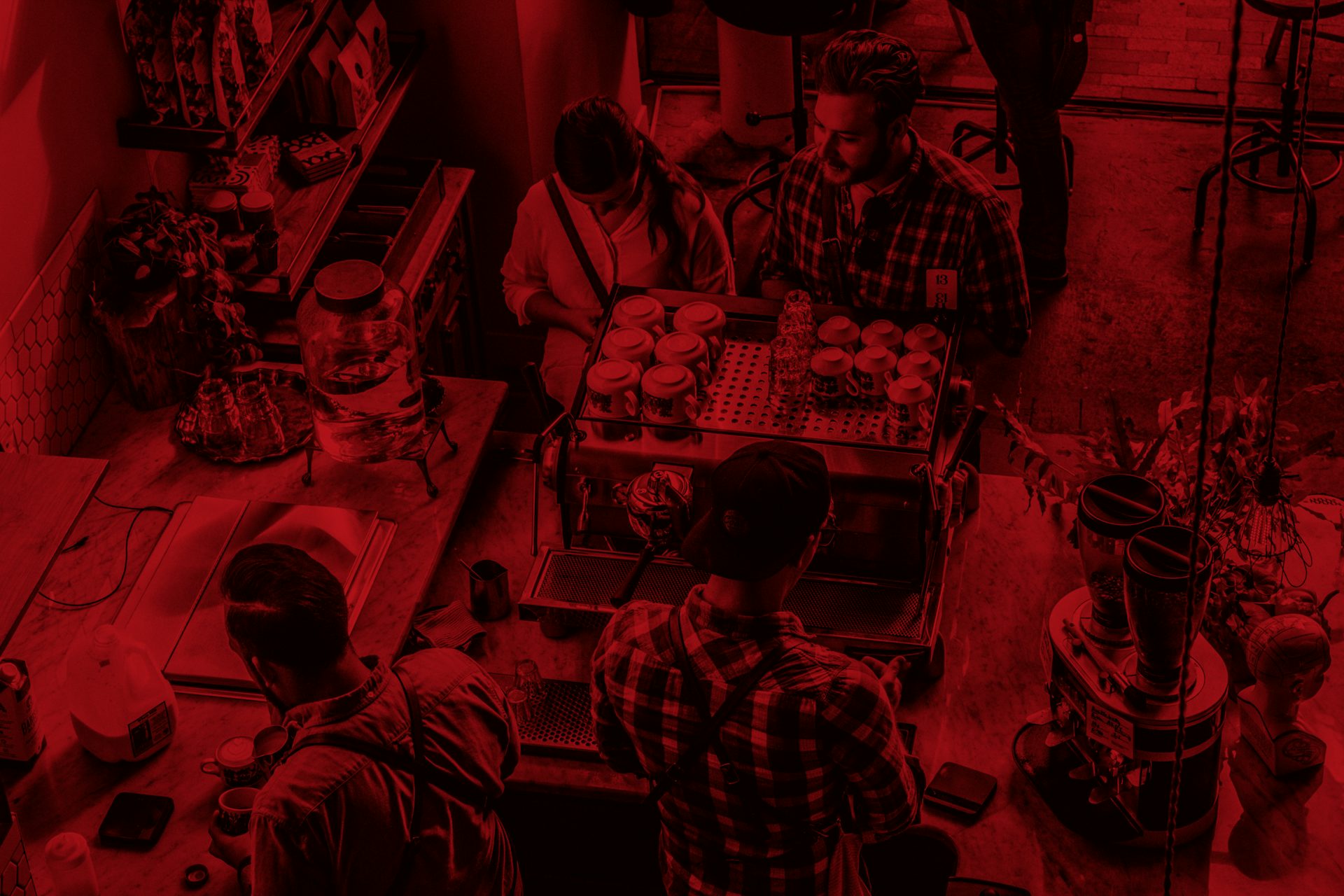
Register for a Coffee Class
The Best Coffee Training Available
We’ve helped hundreds of students successfully launch their own coffee shop businesses. Join us in our 5-Star Rated Coffee Classes, whether you’re an aspiring entrepreneur looking to open a coffee shop, a manager, a barista or home enthusiast looking to sharpen your skills.
